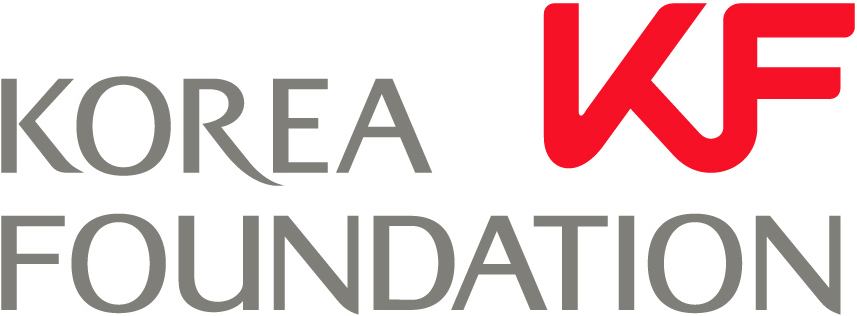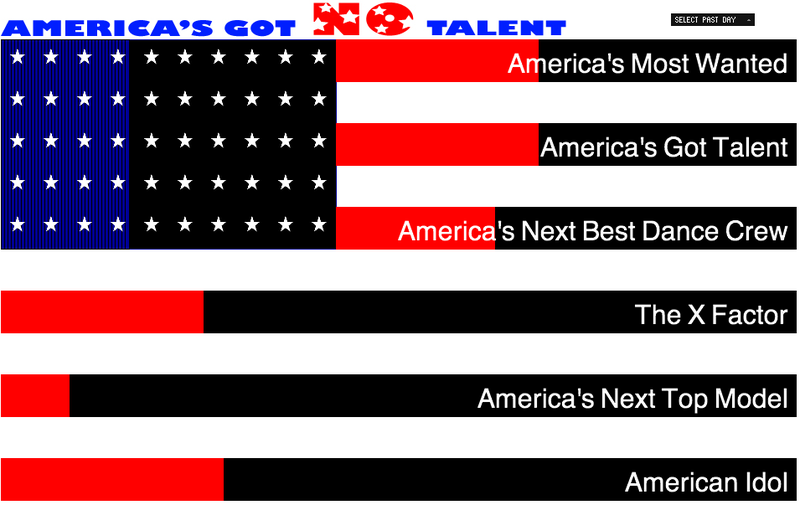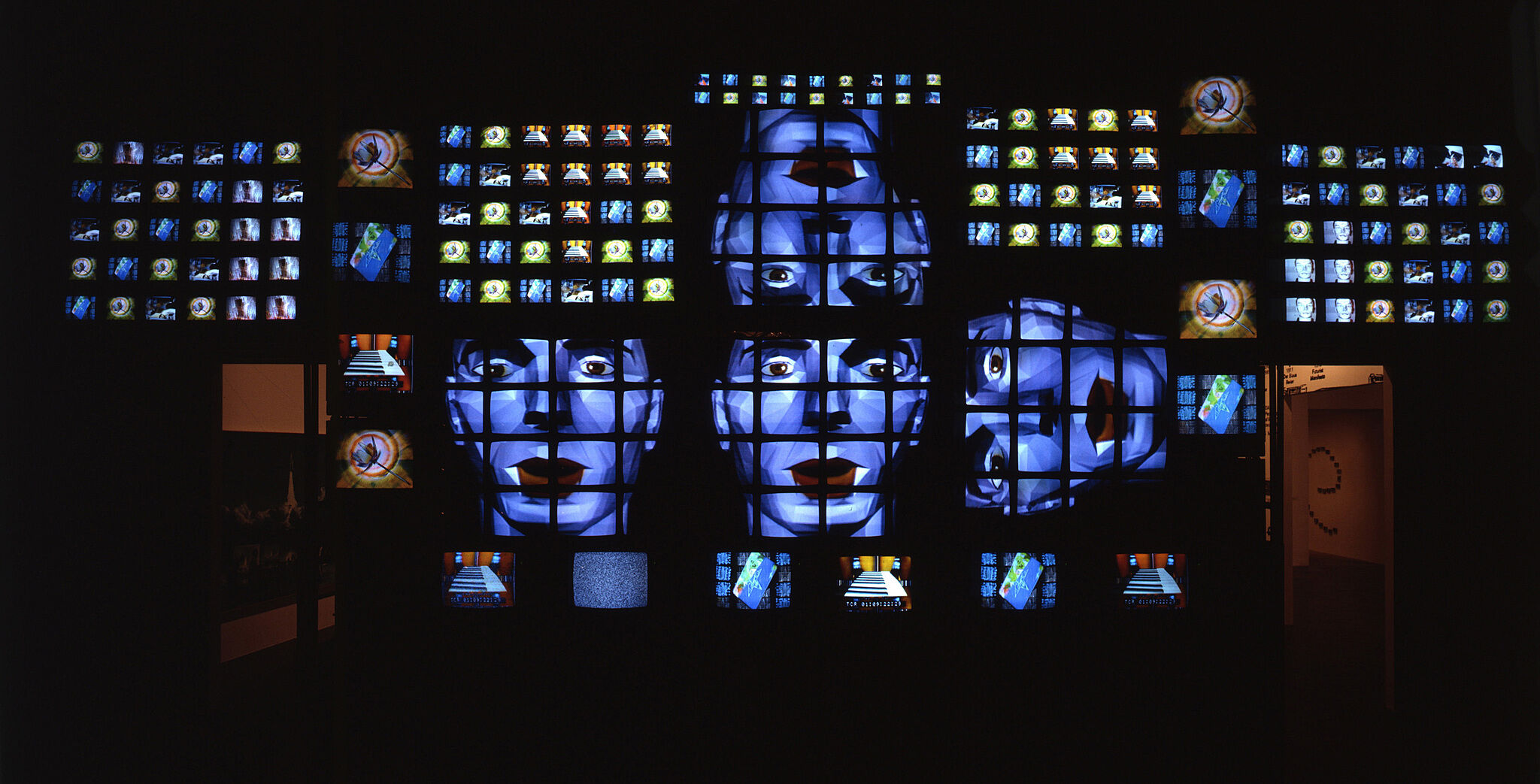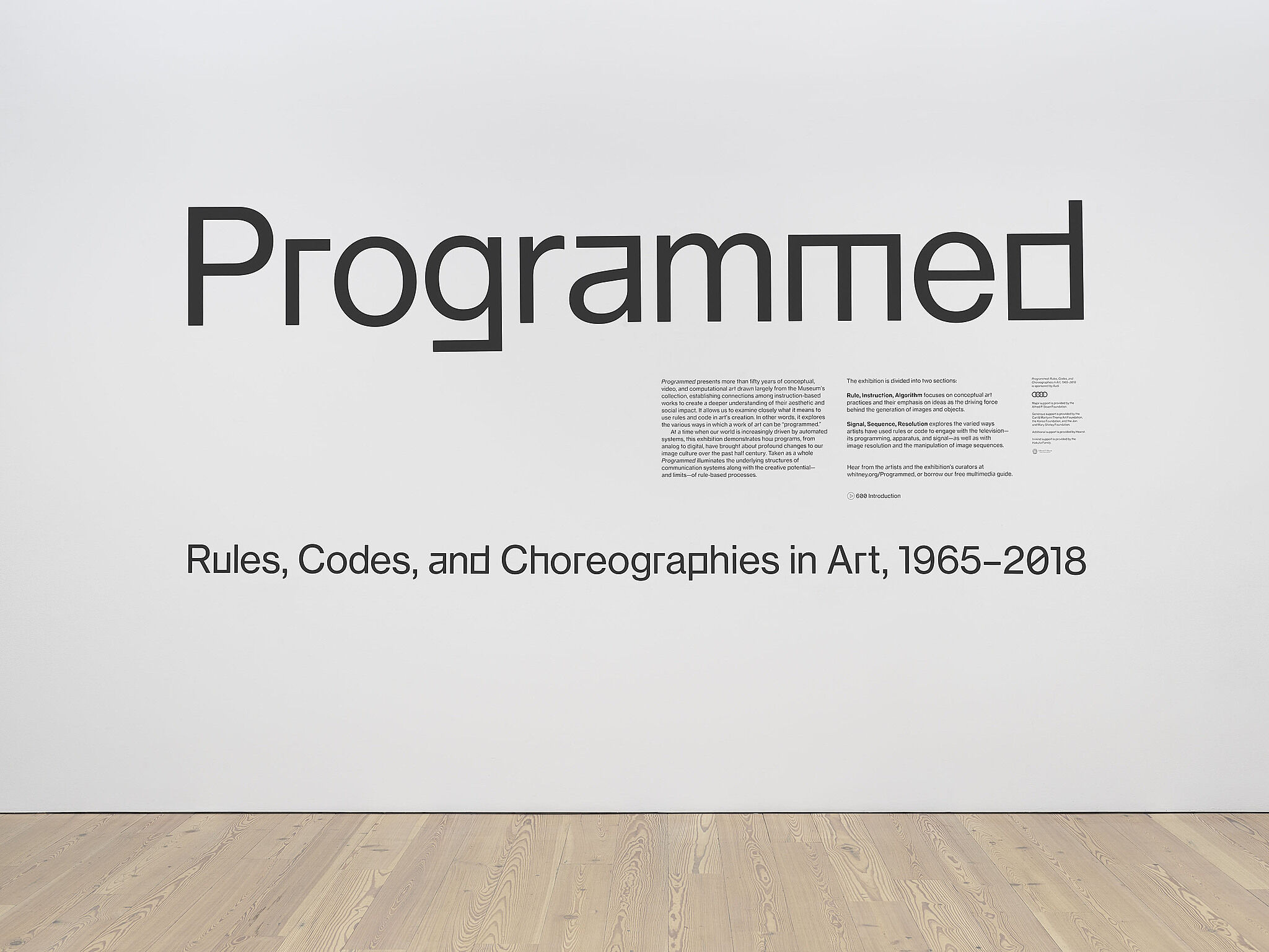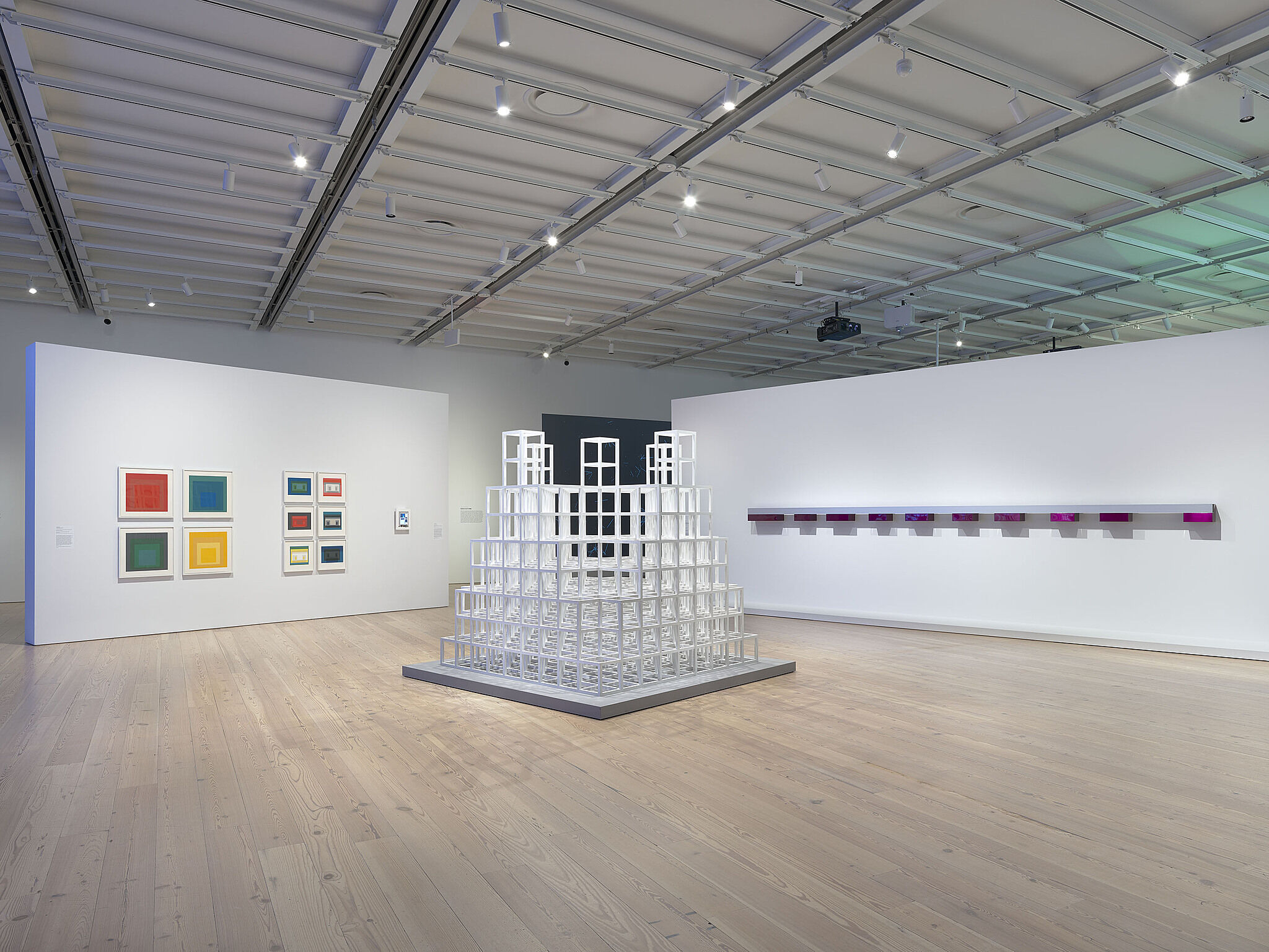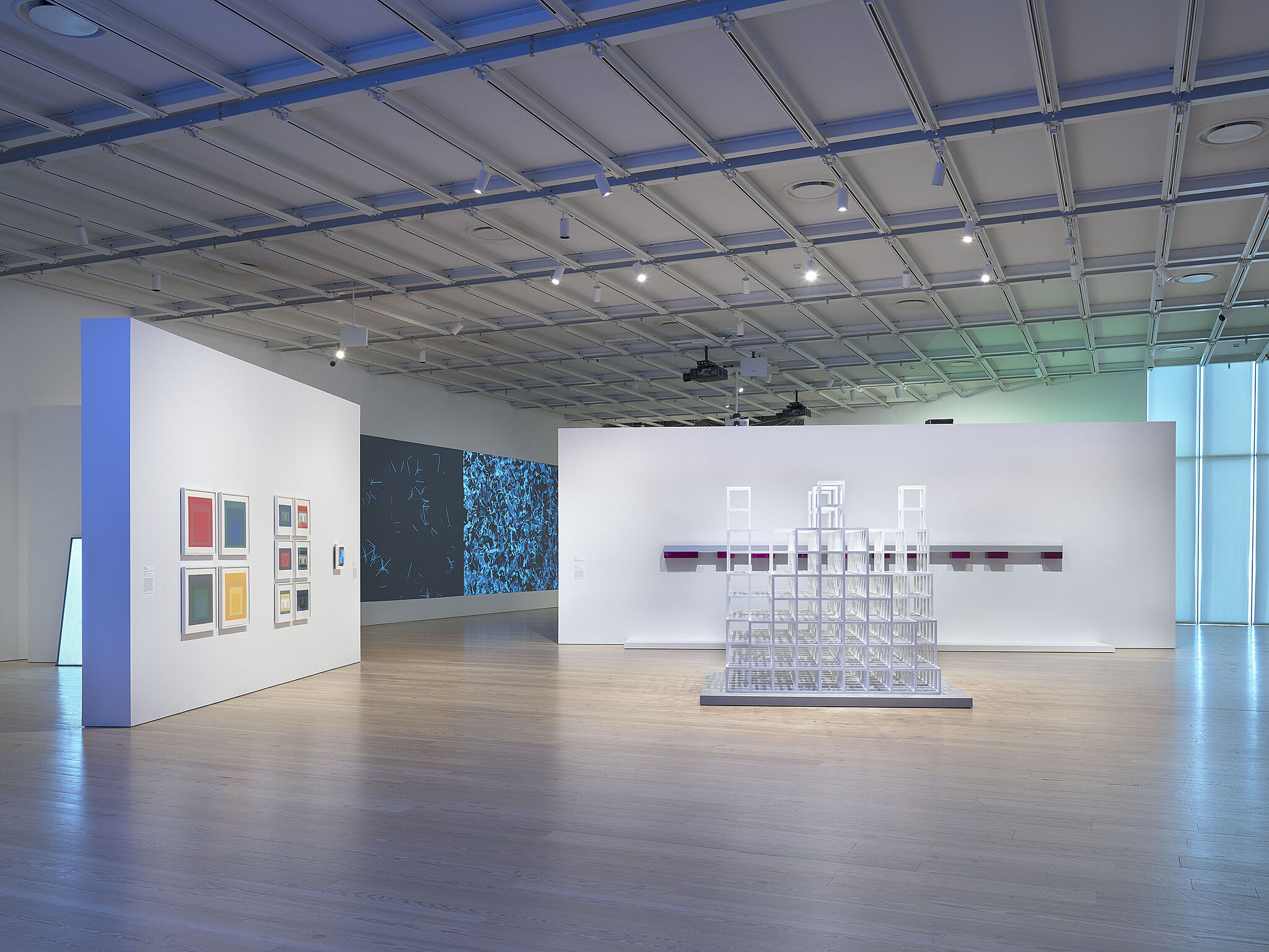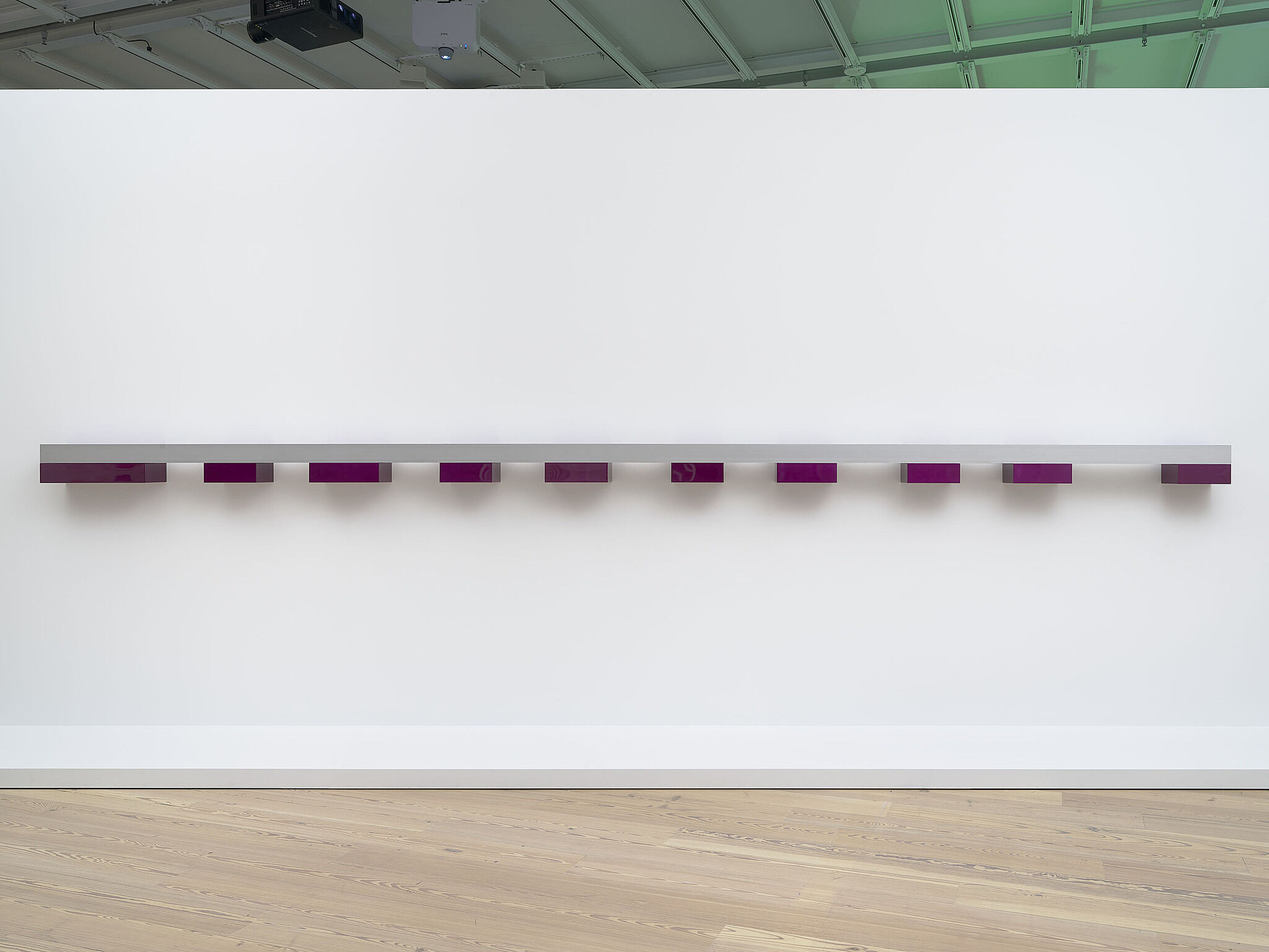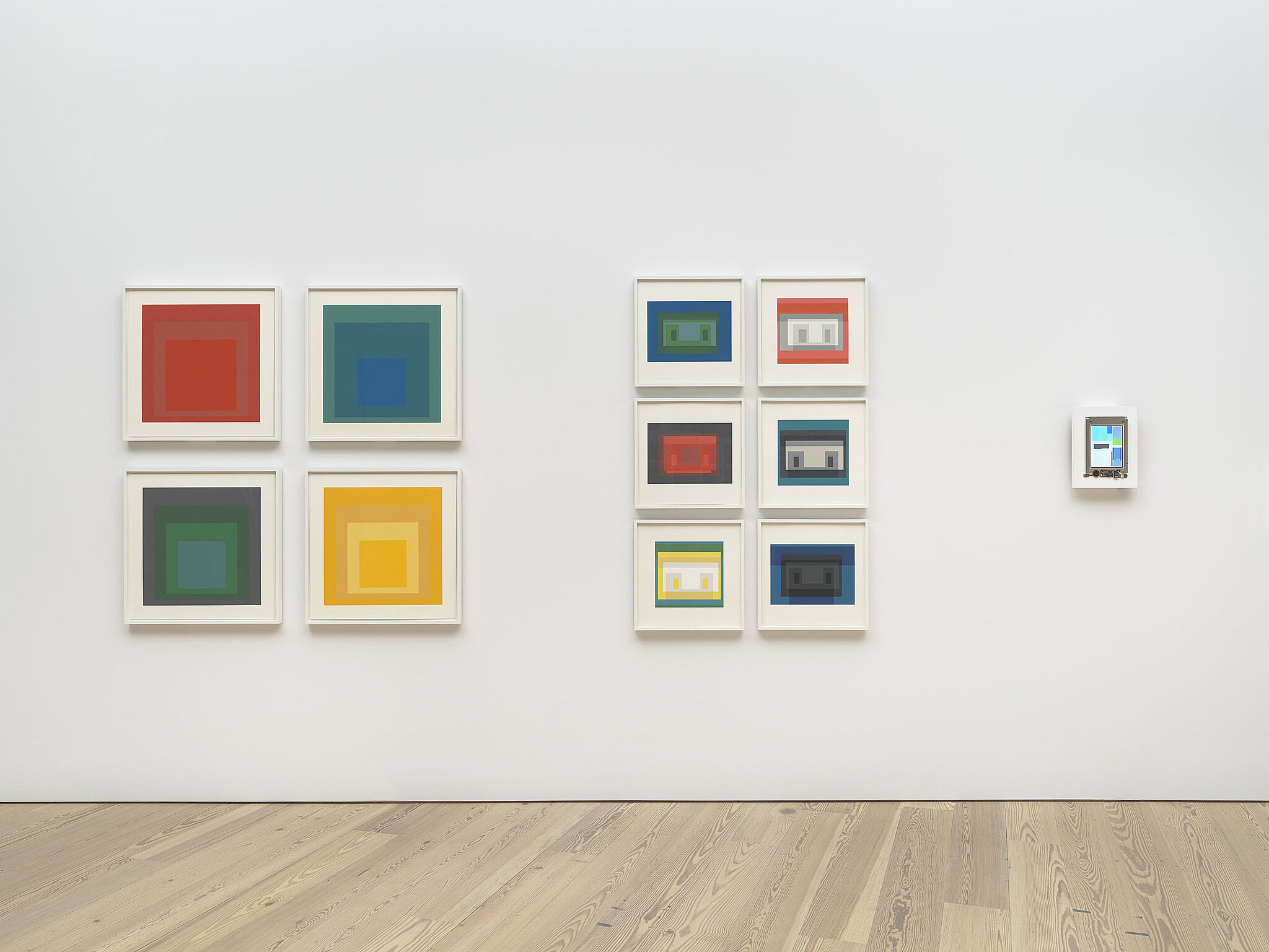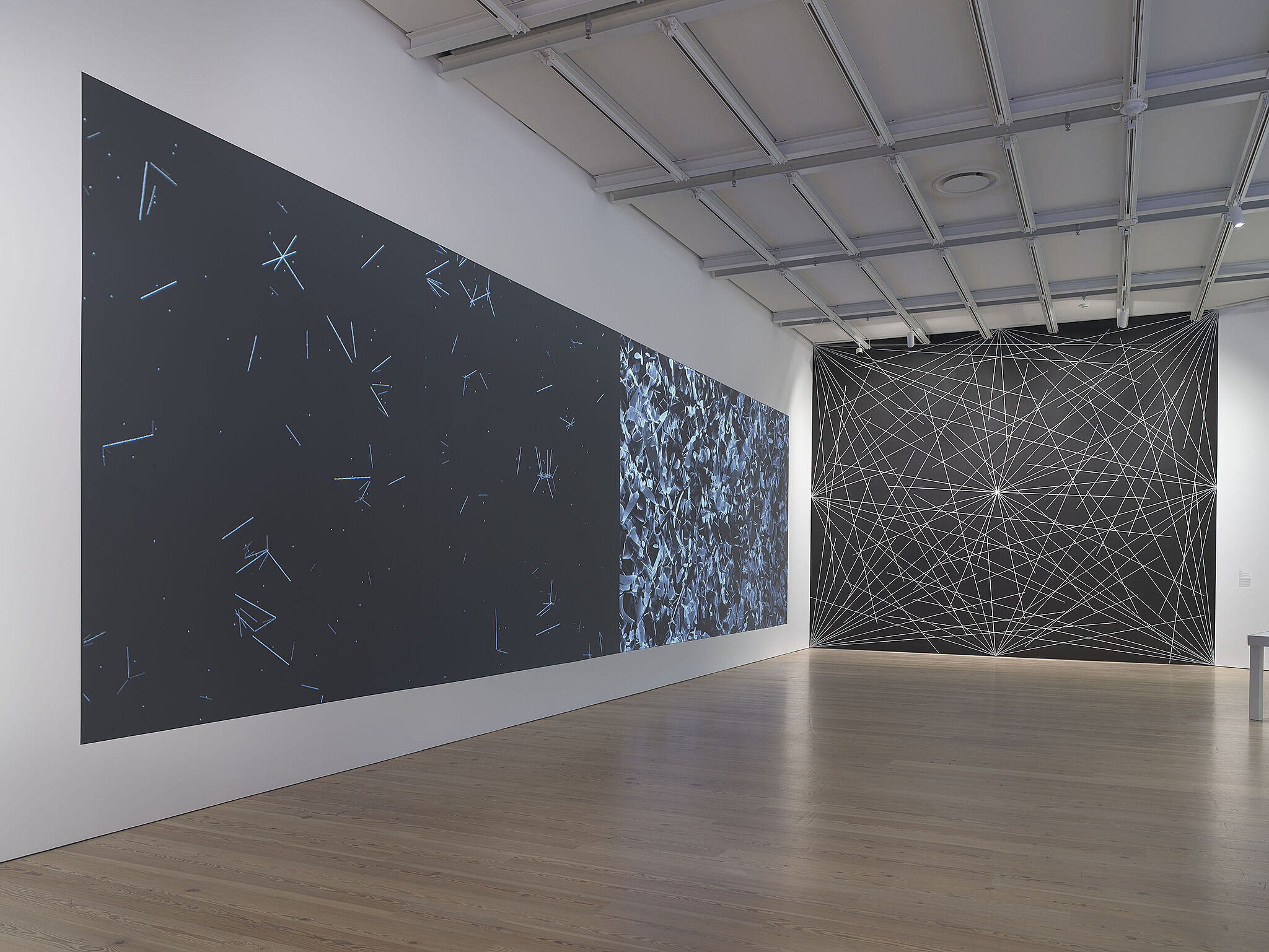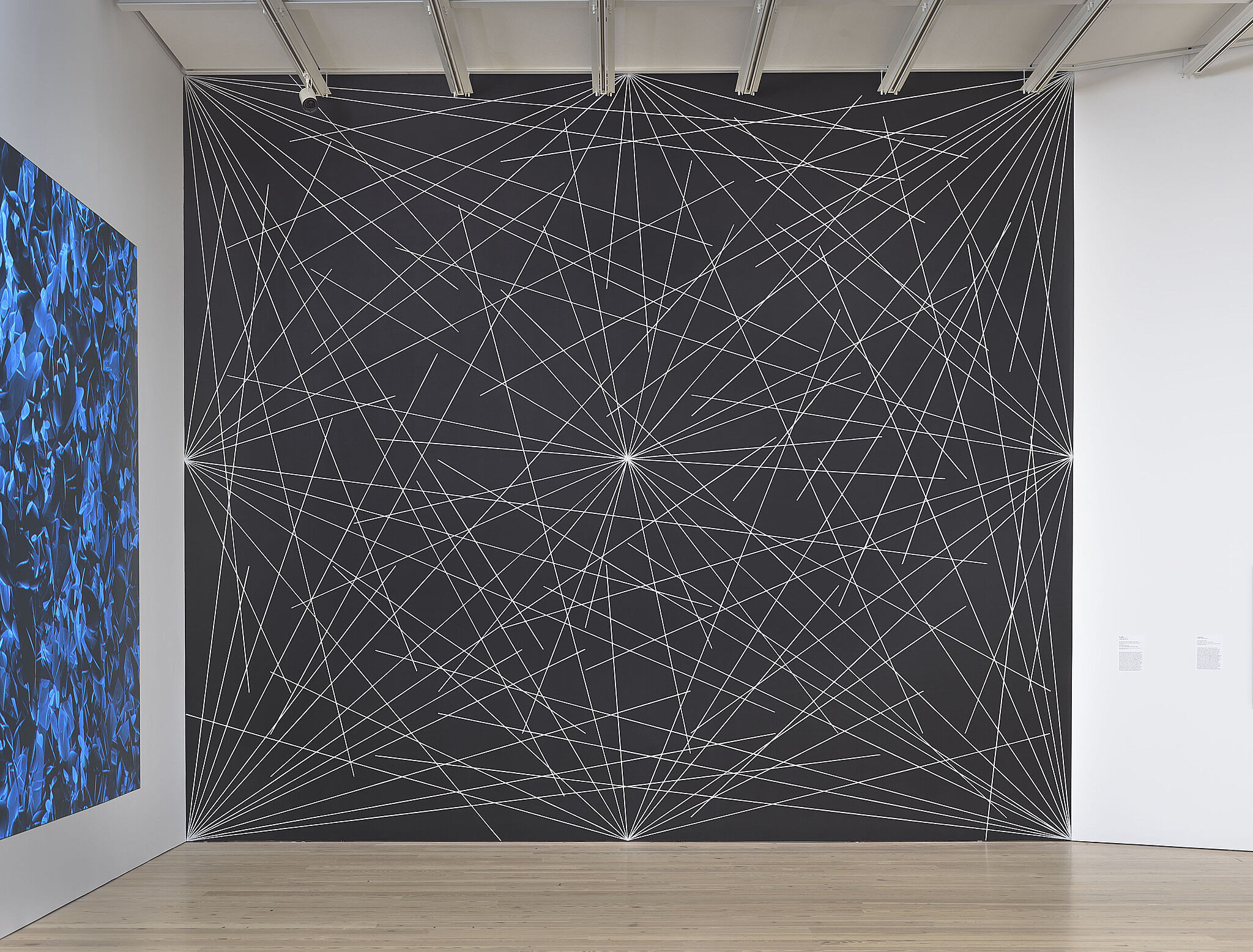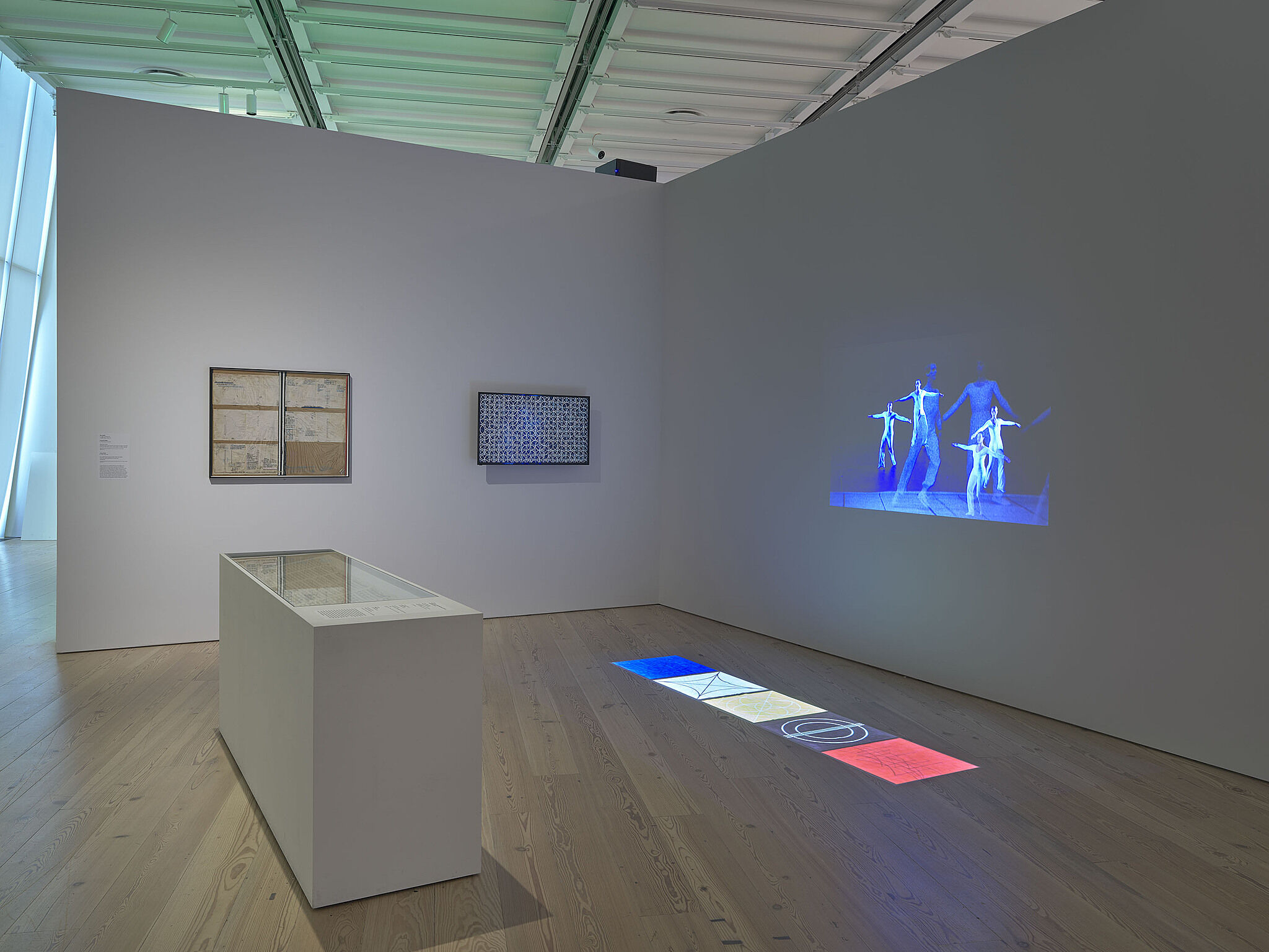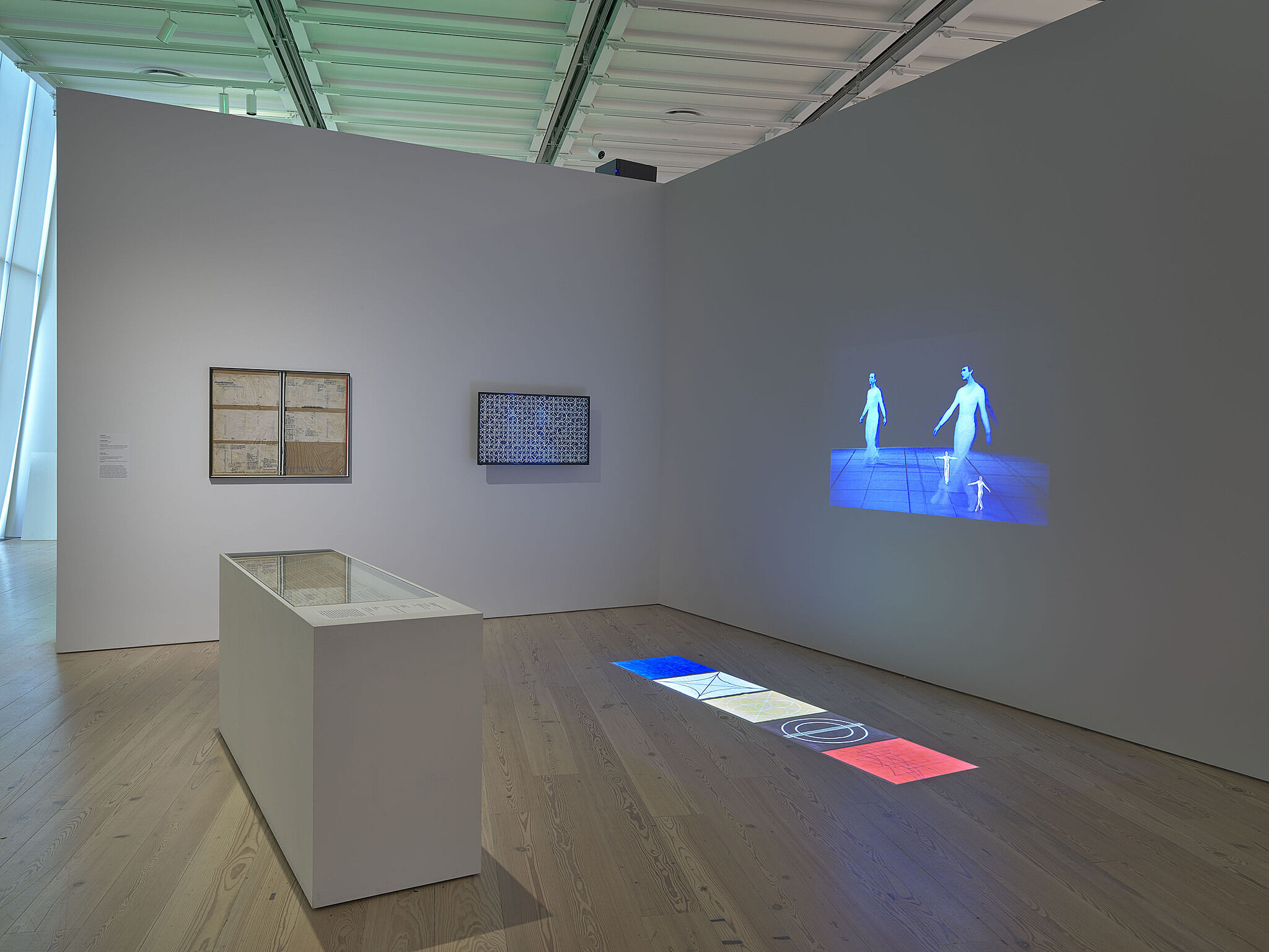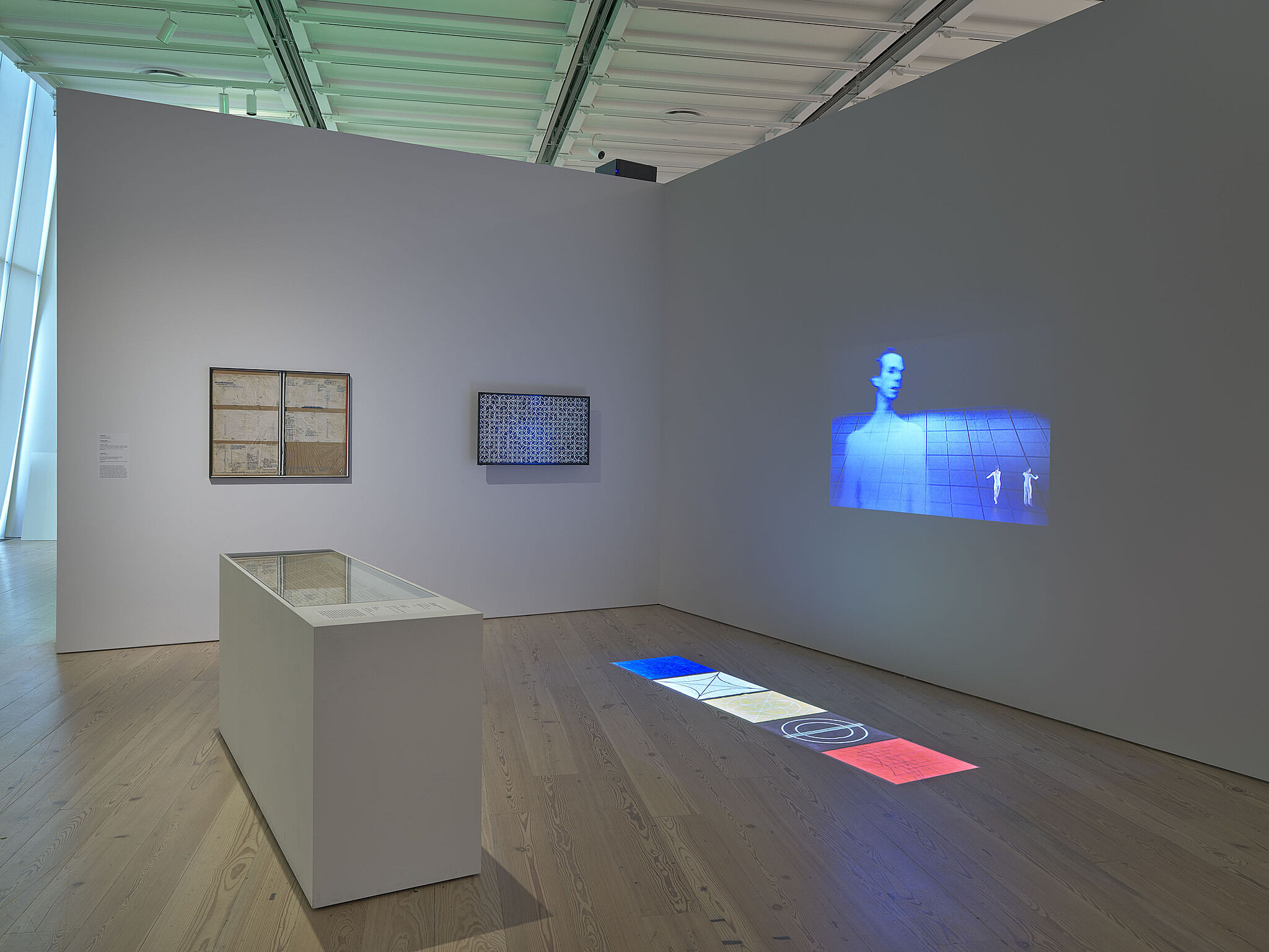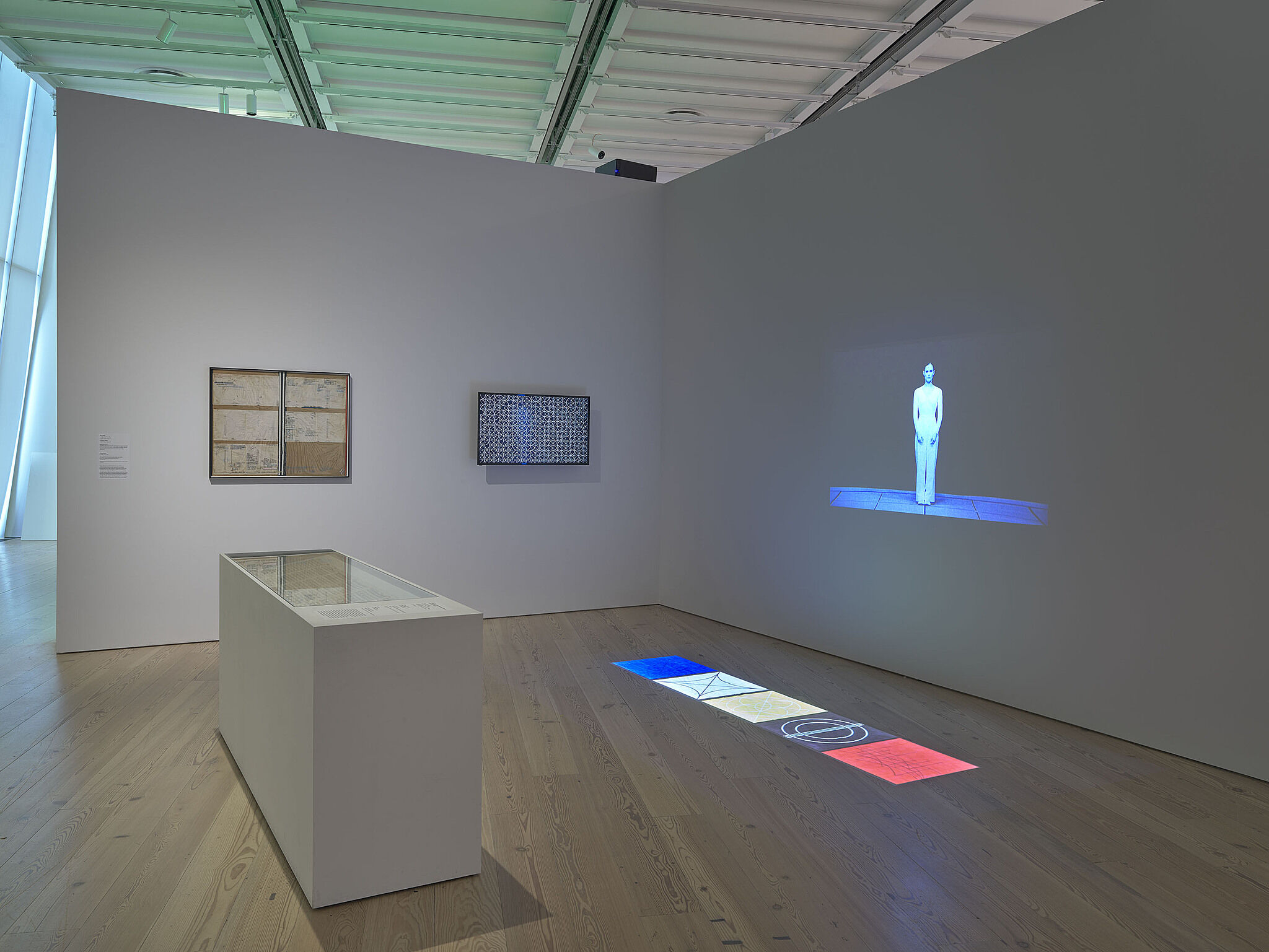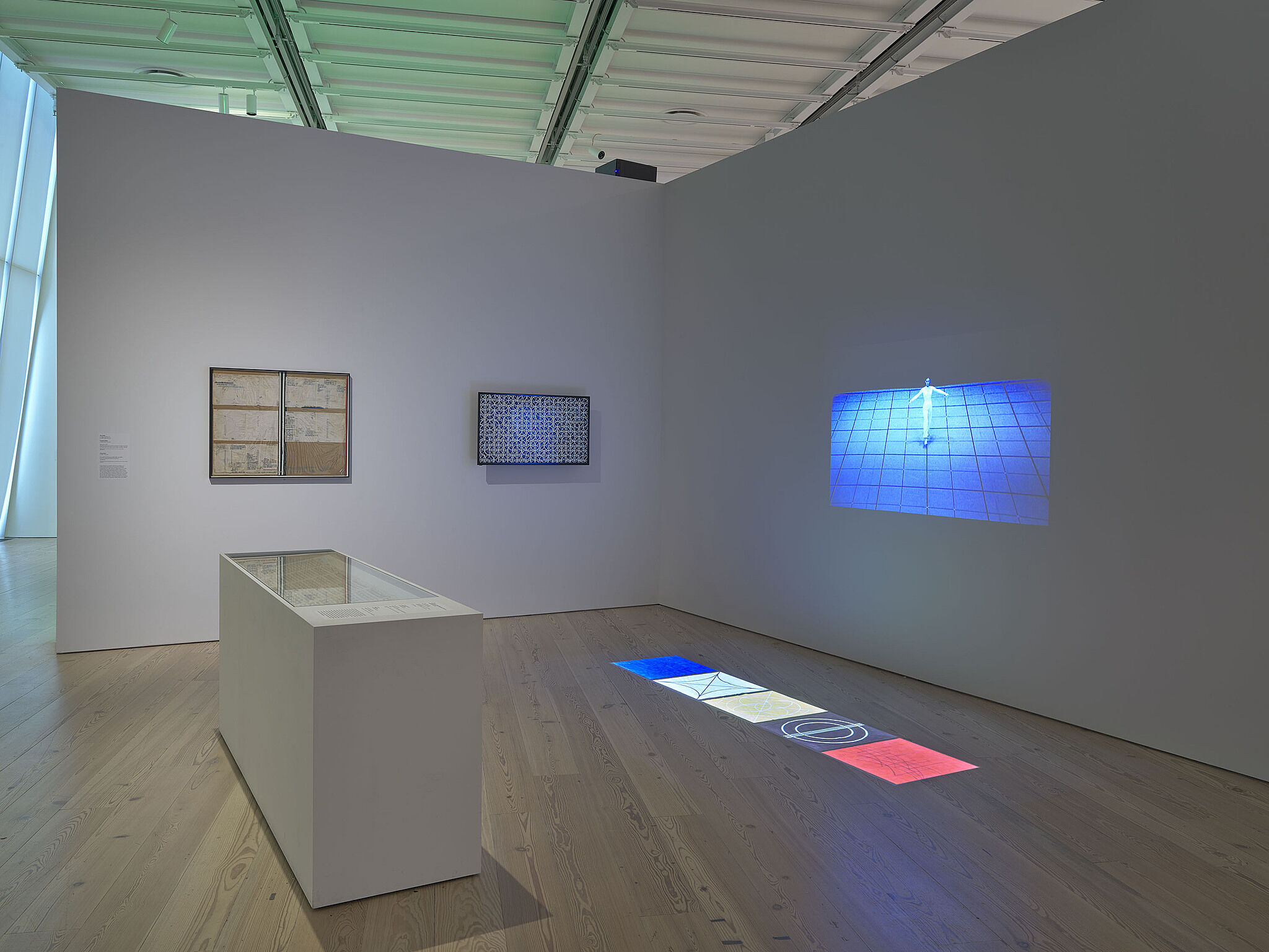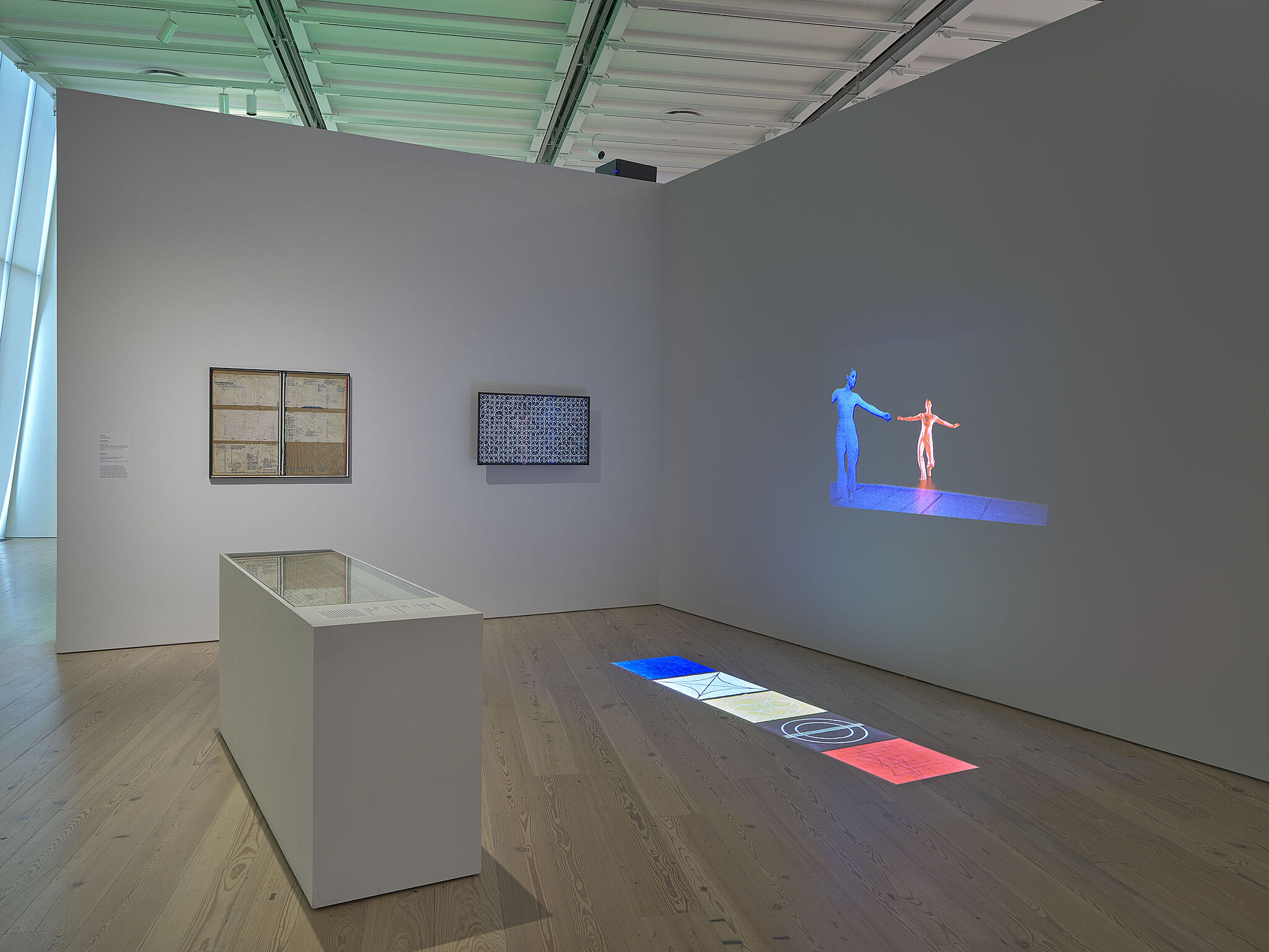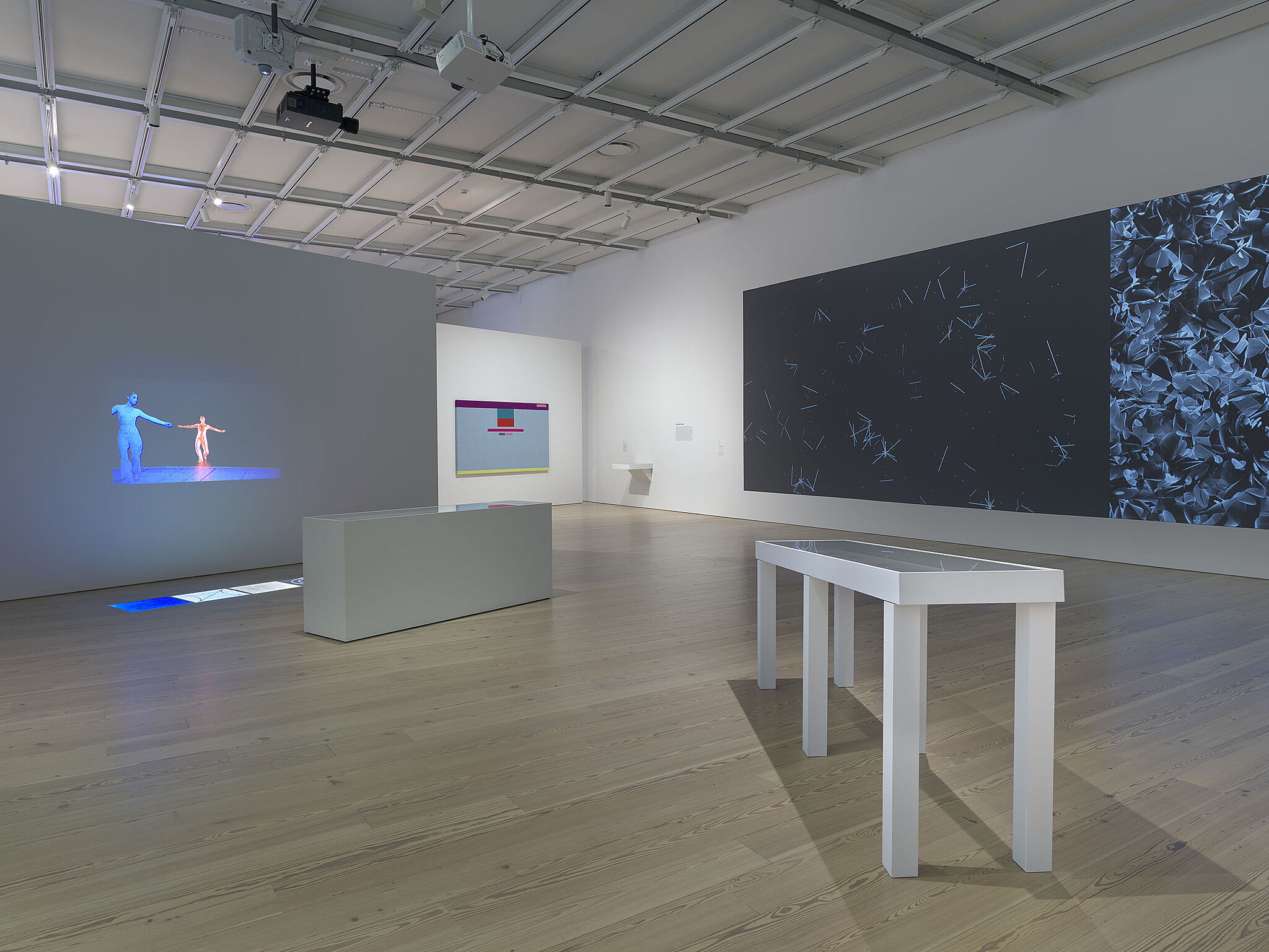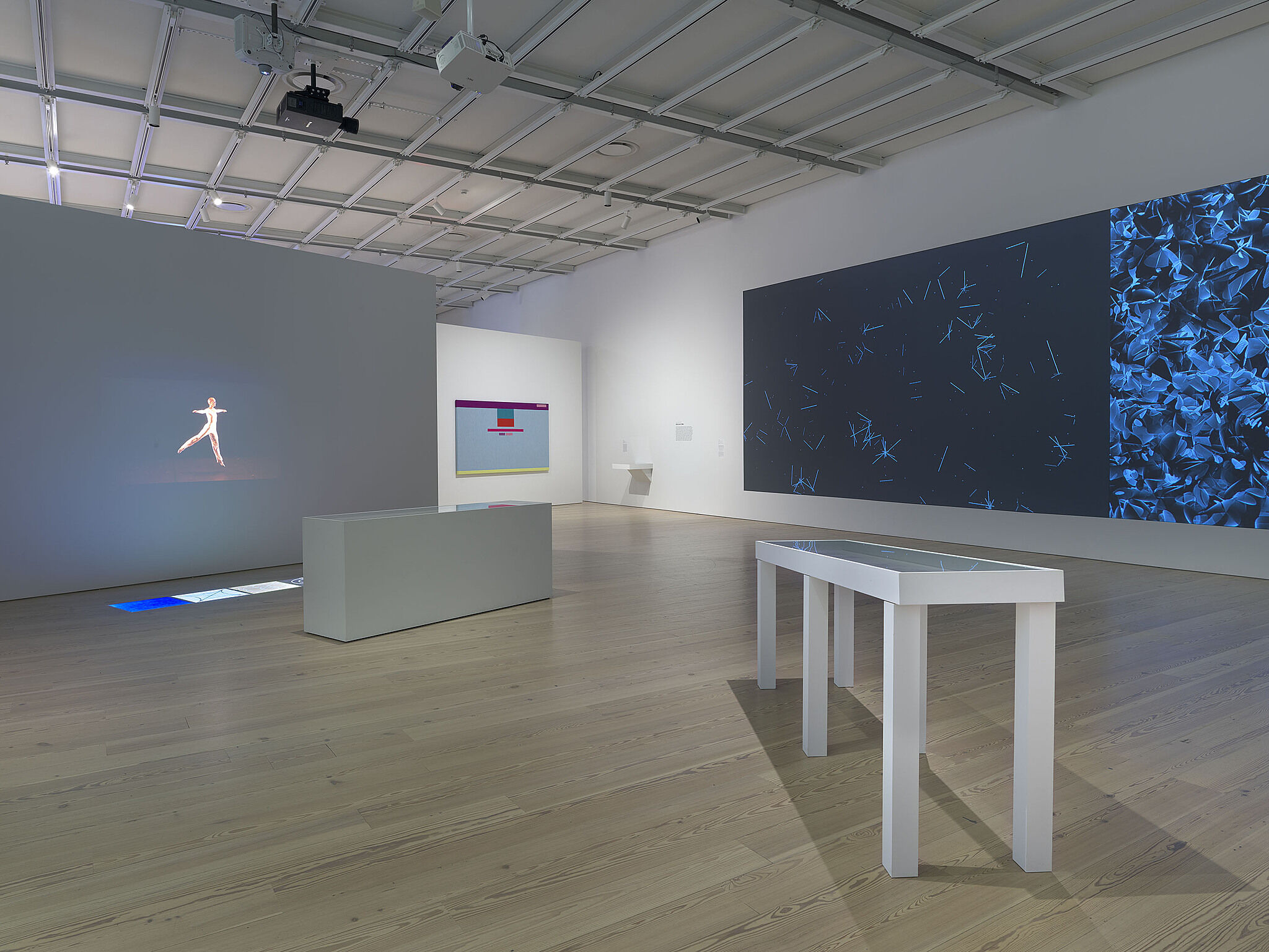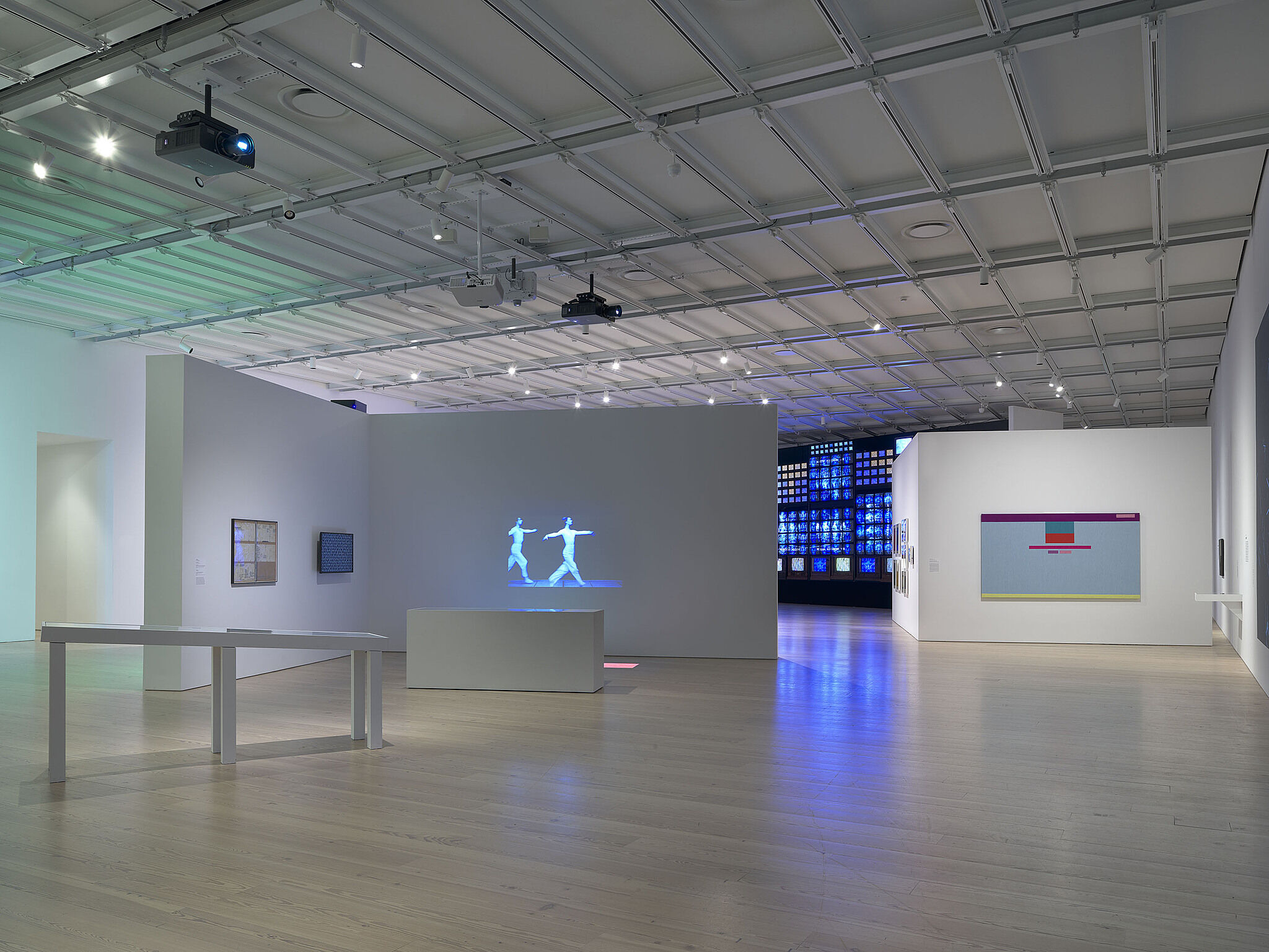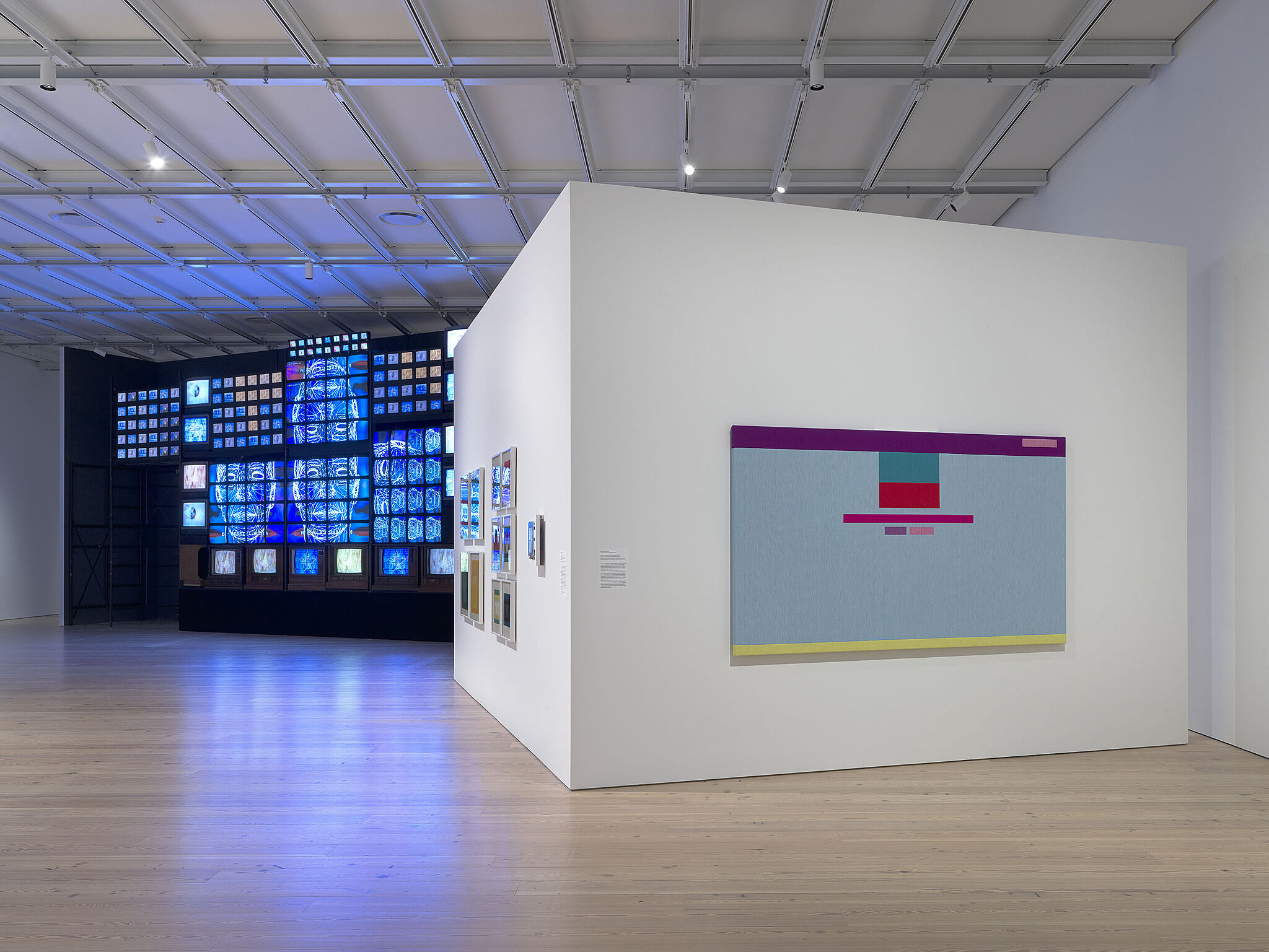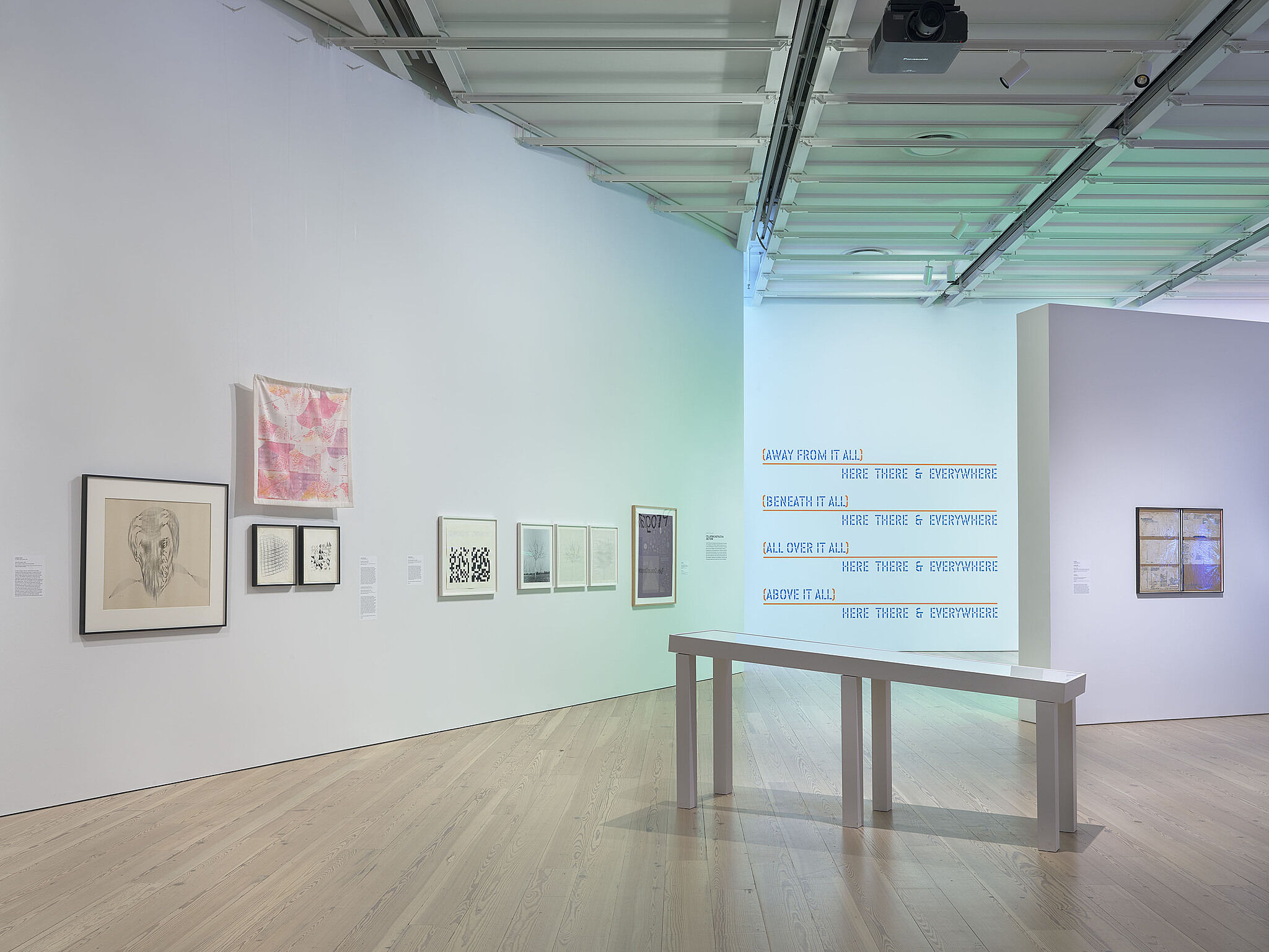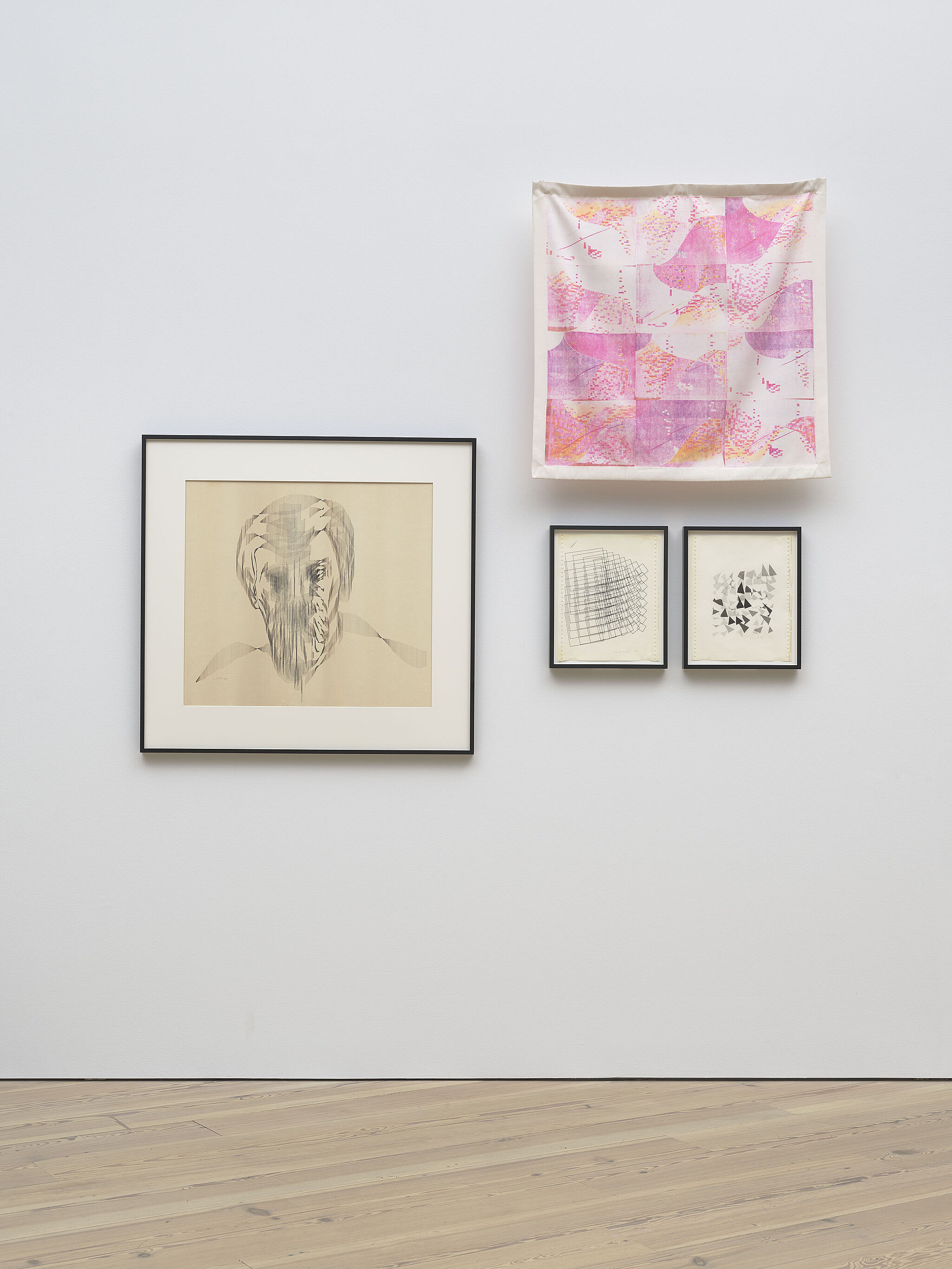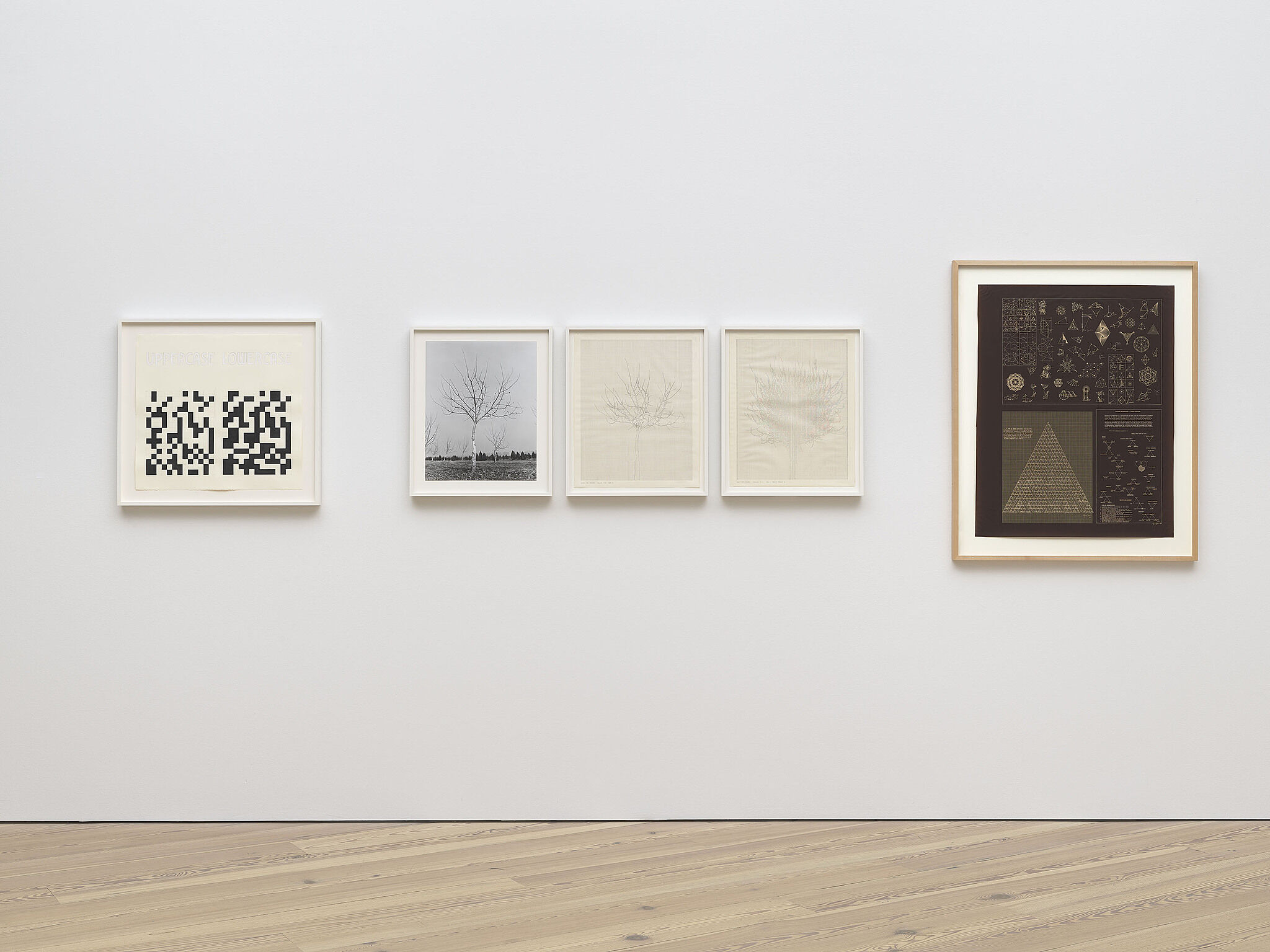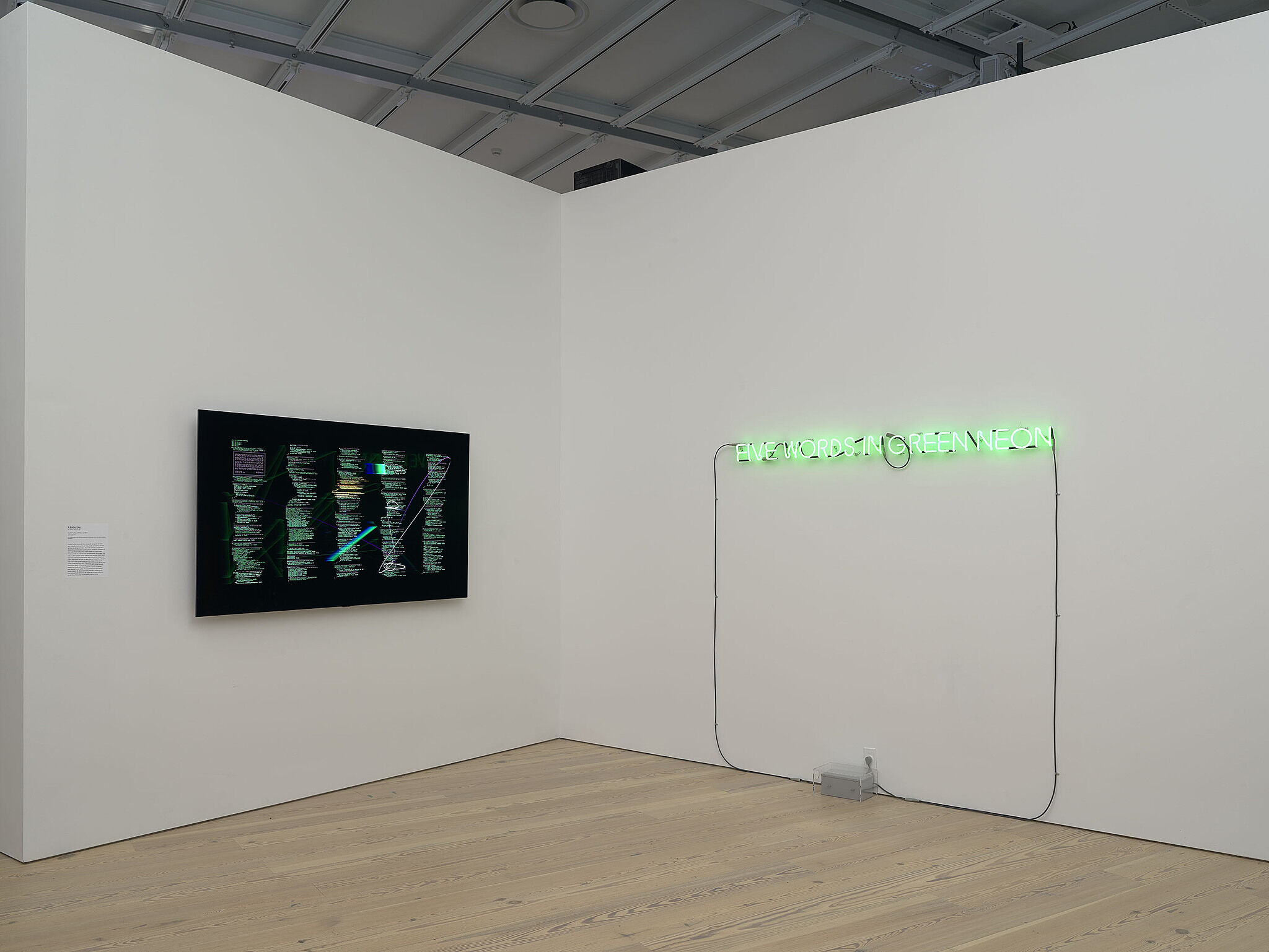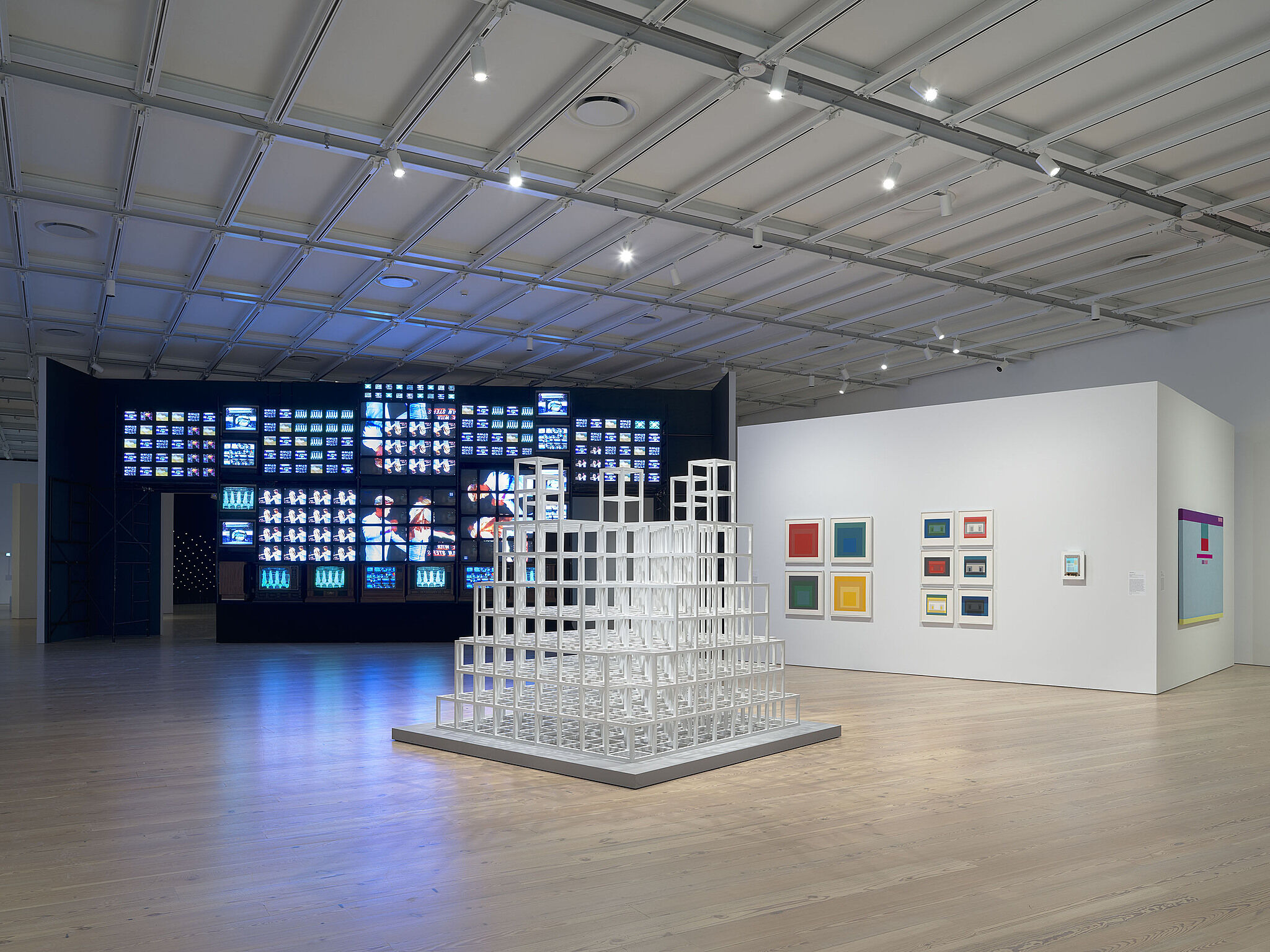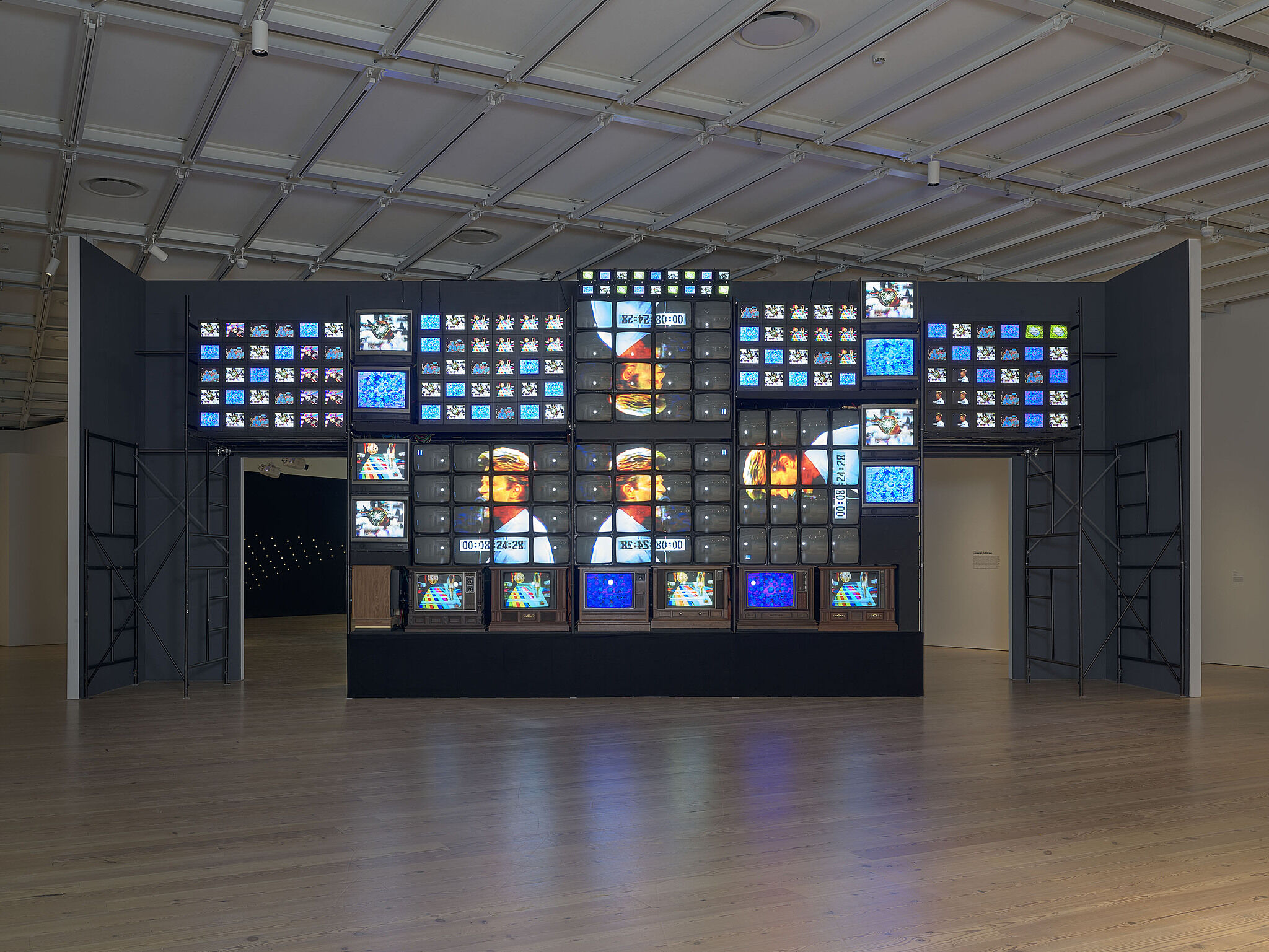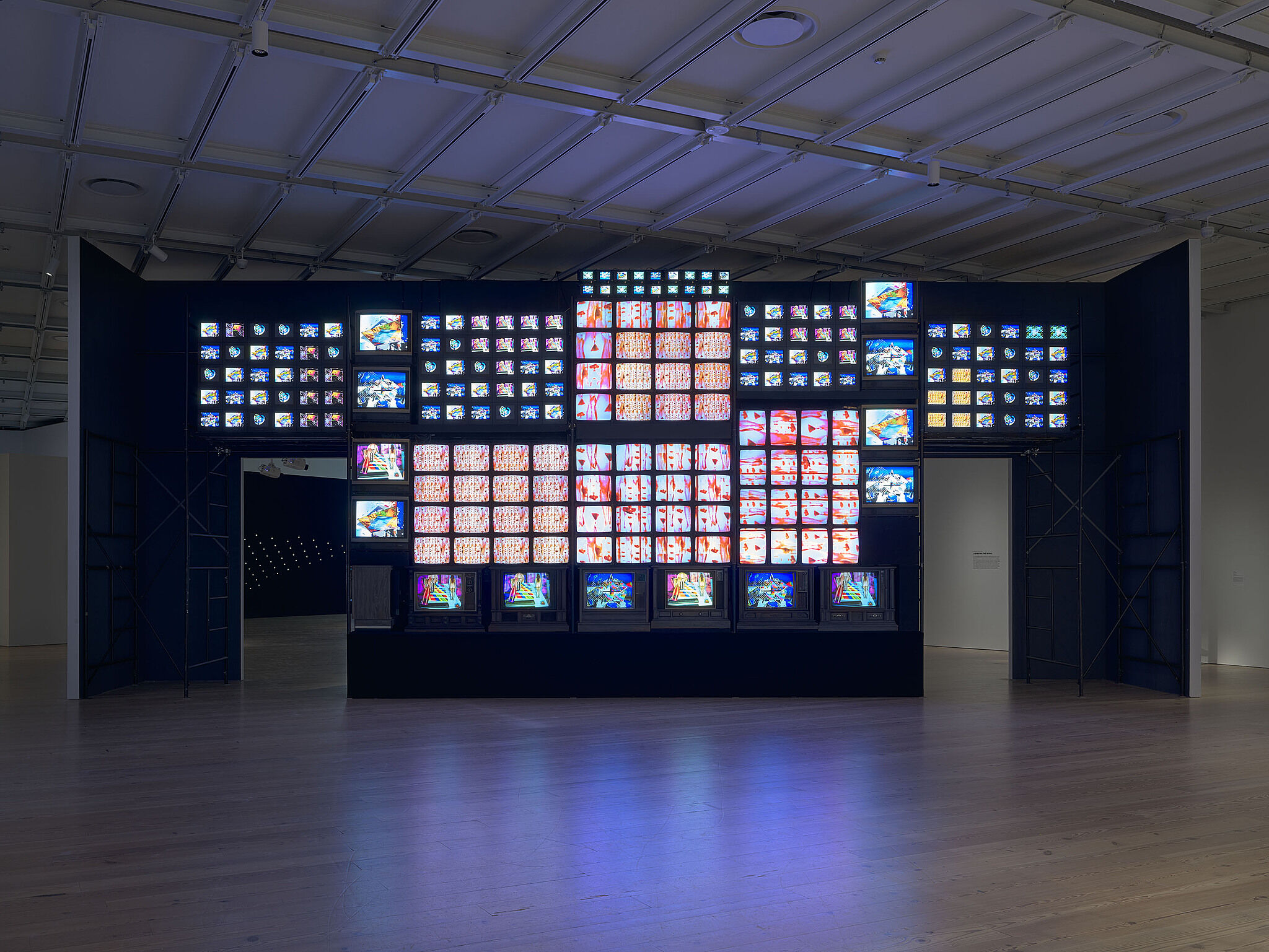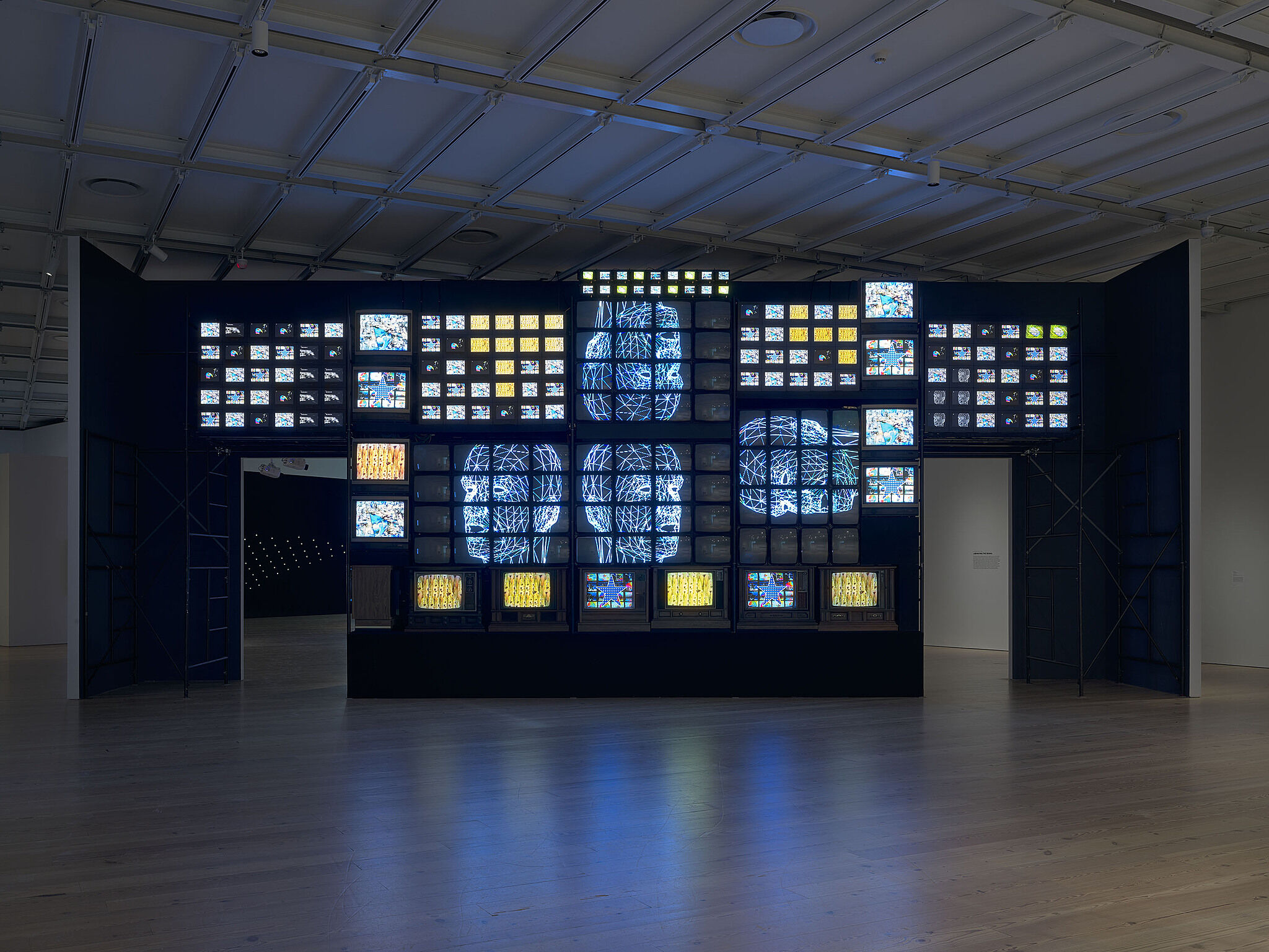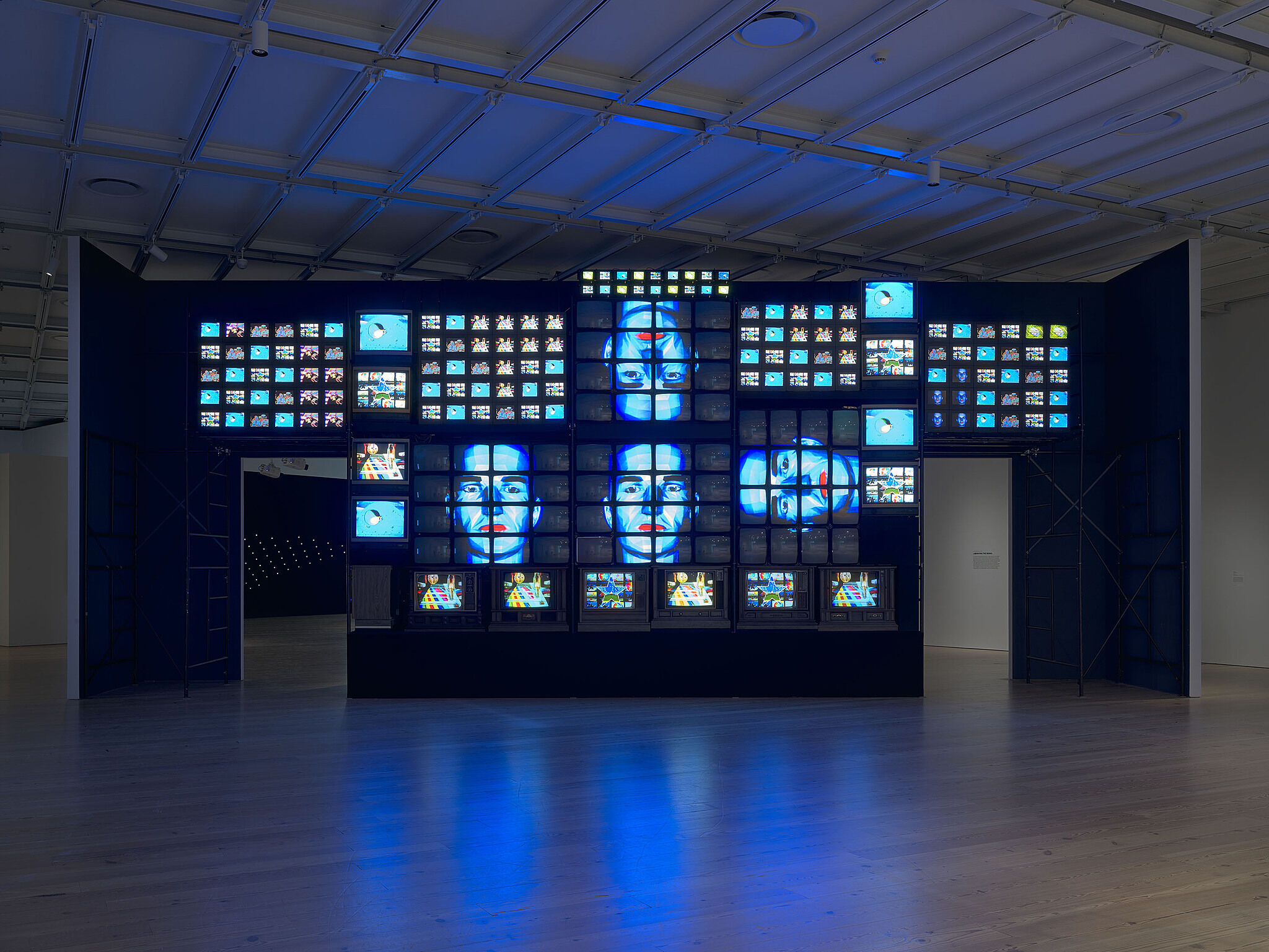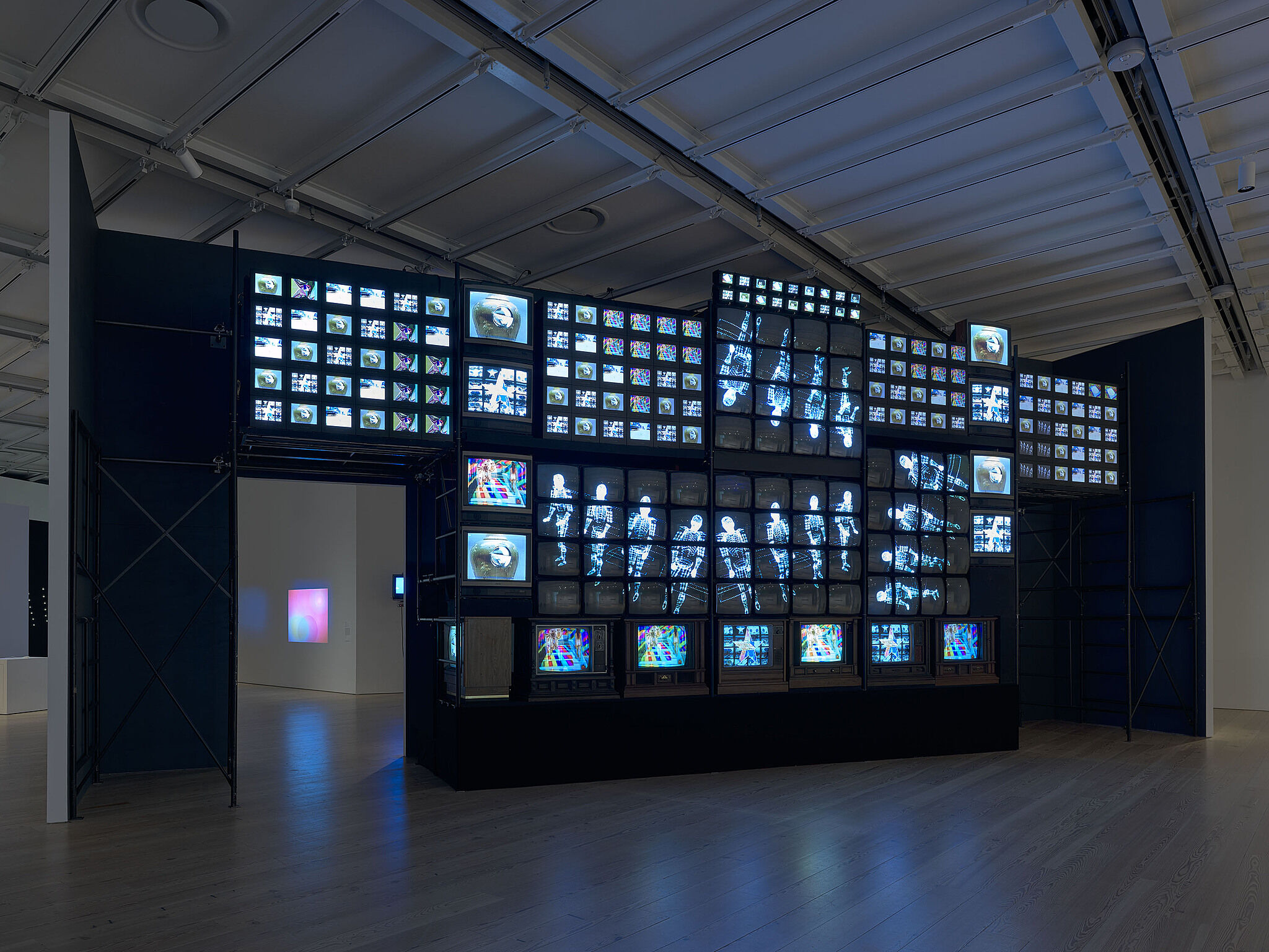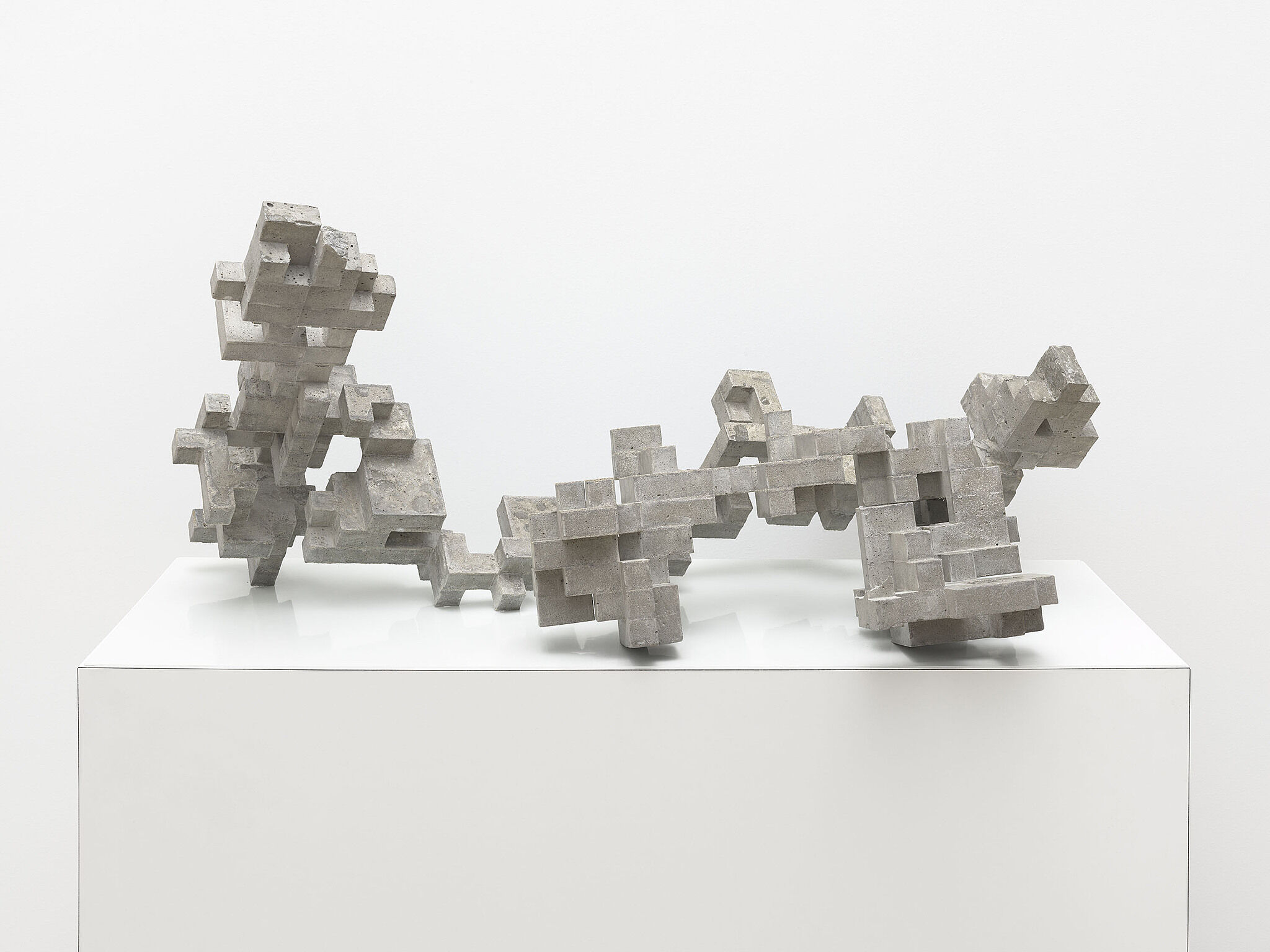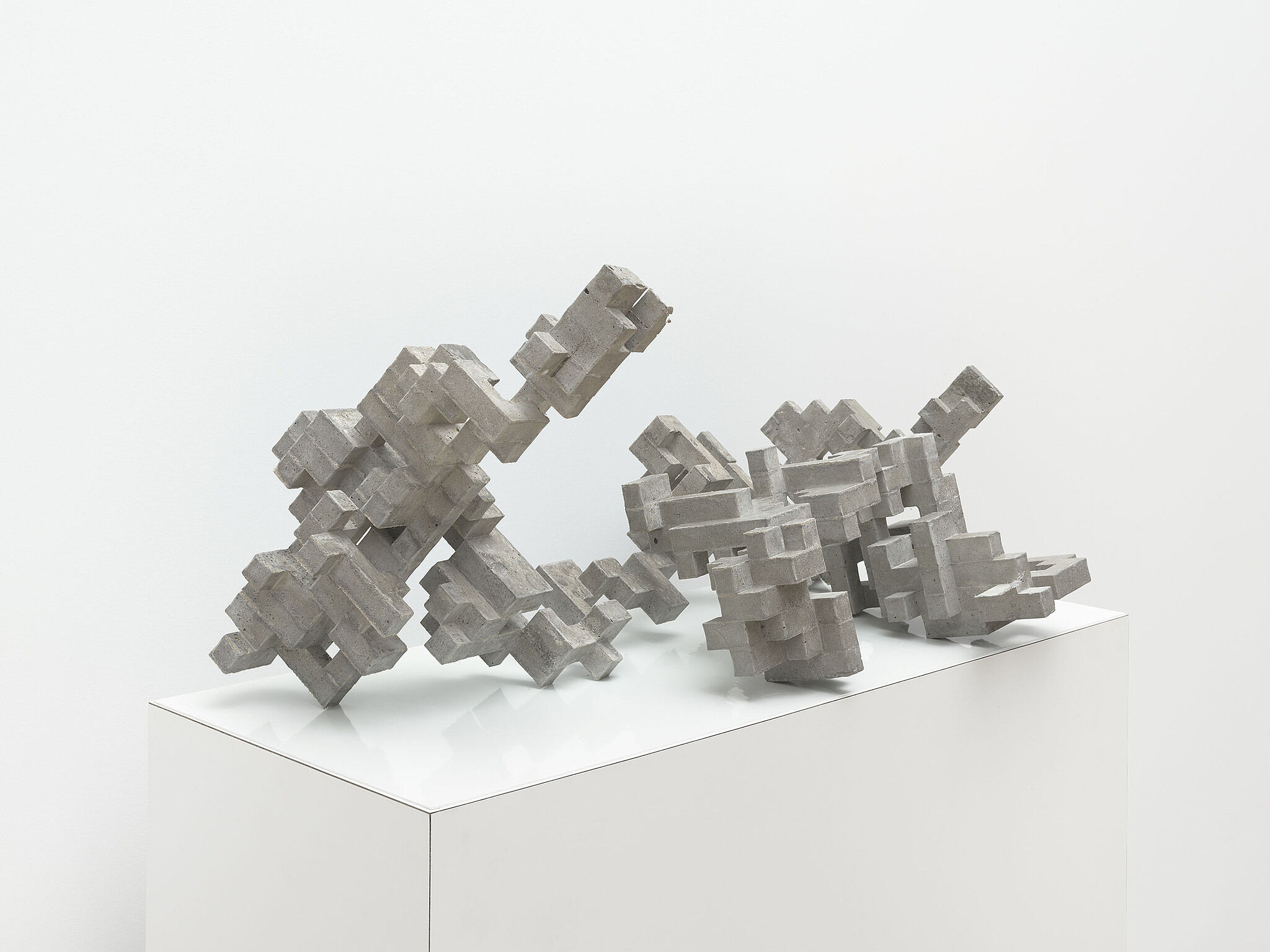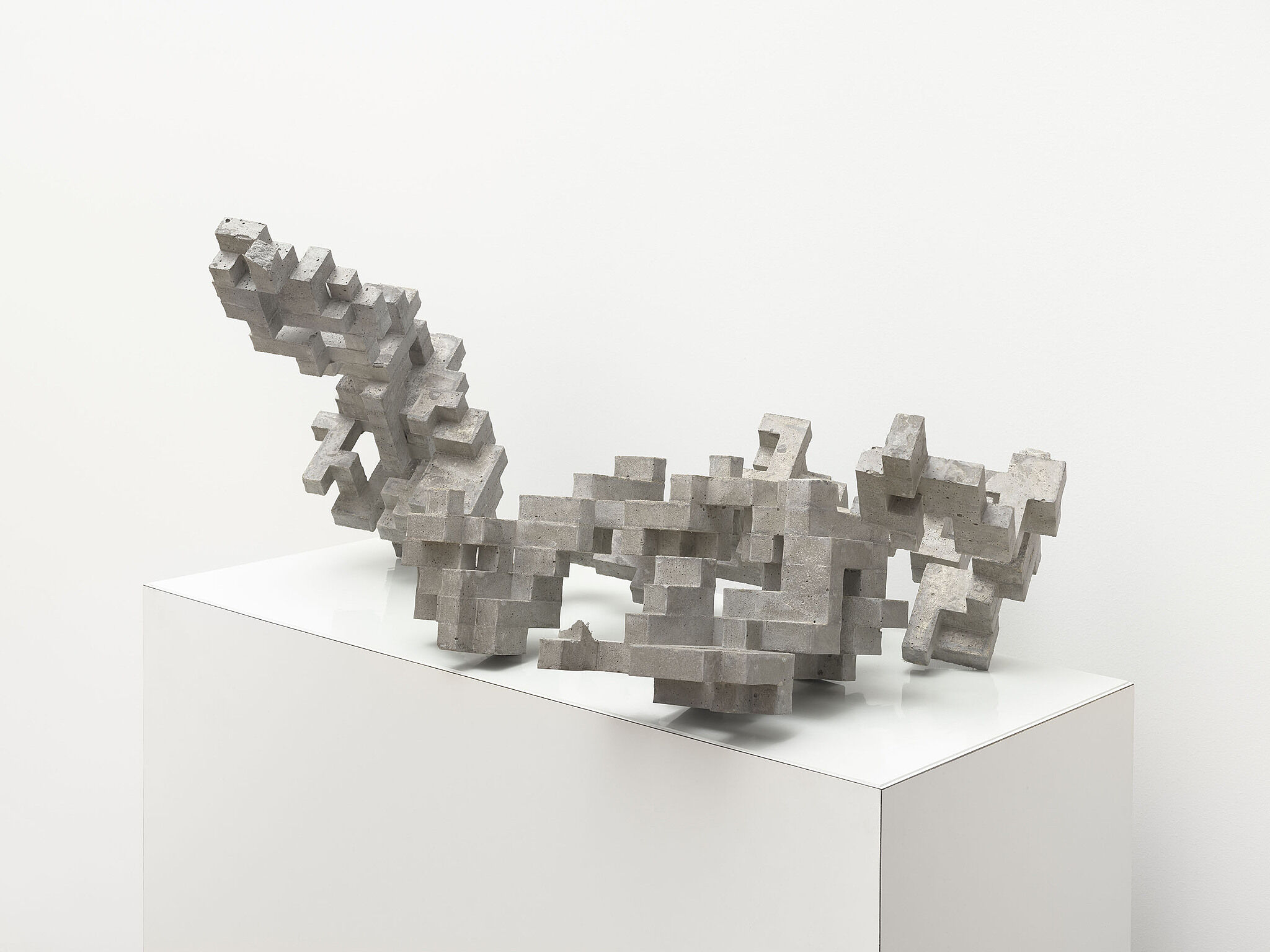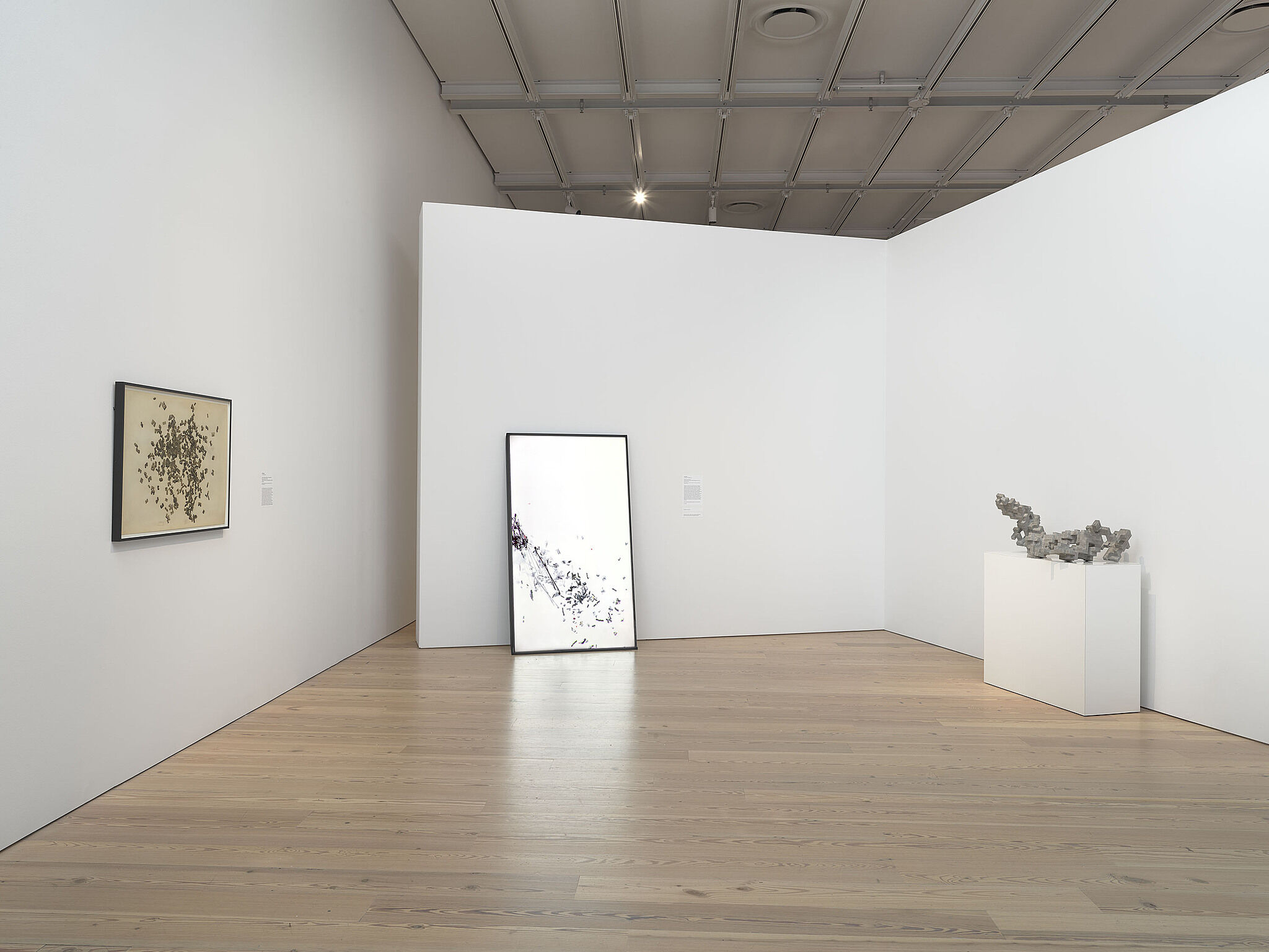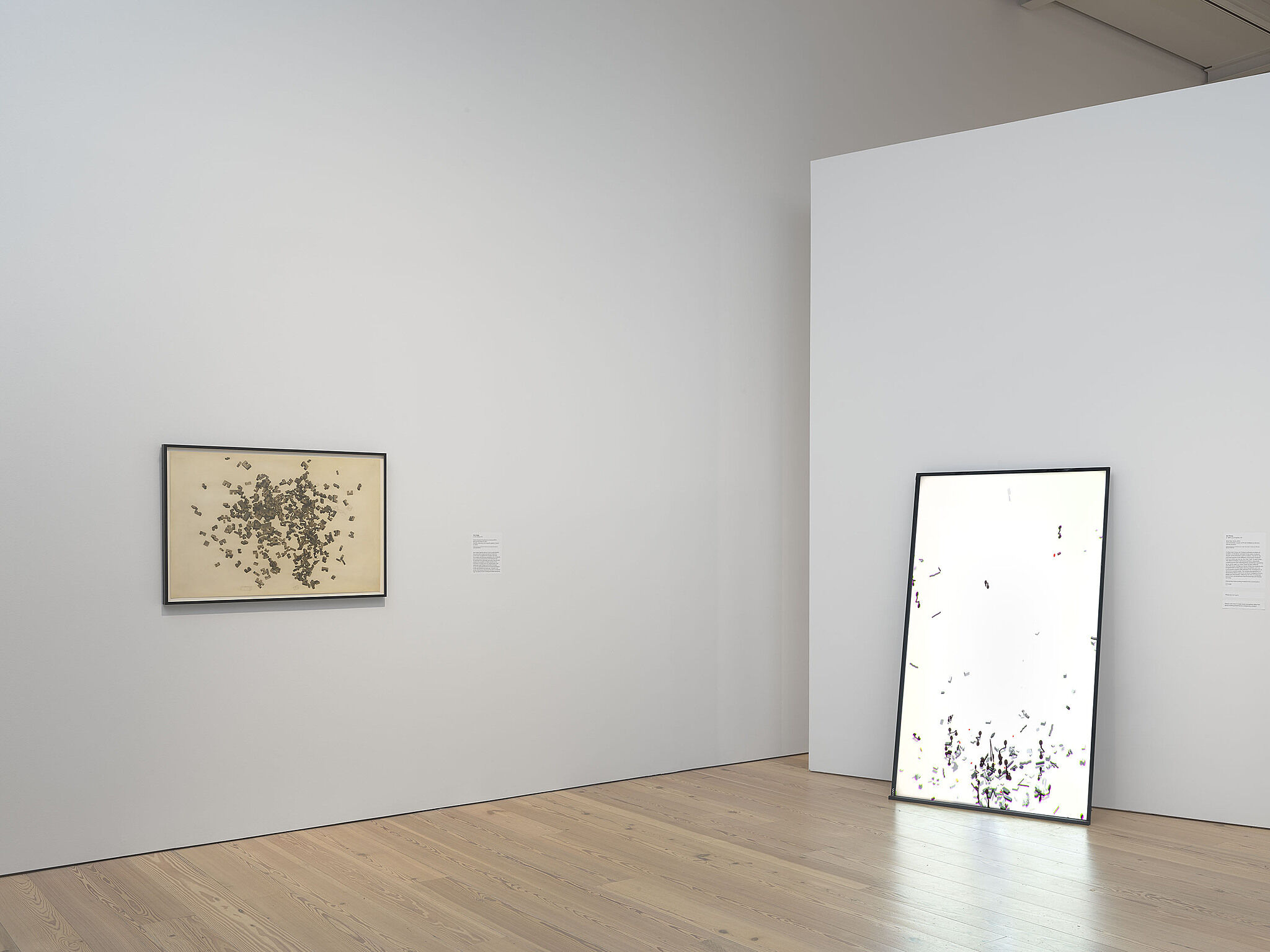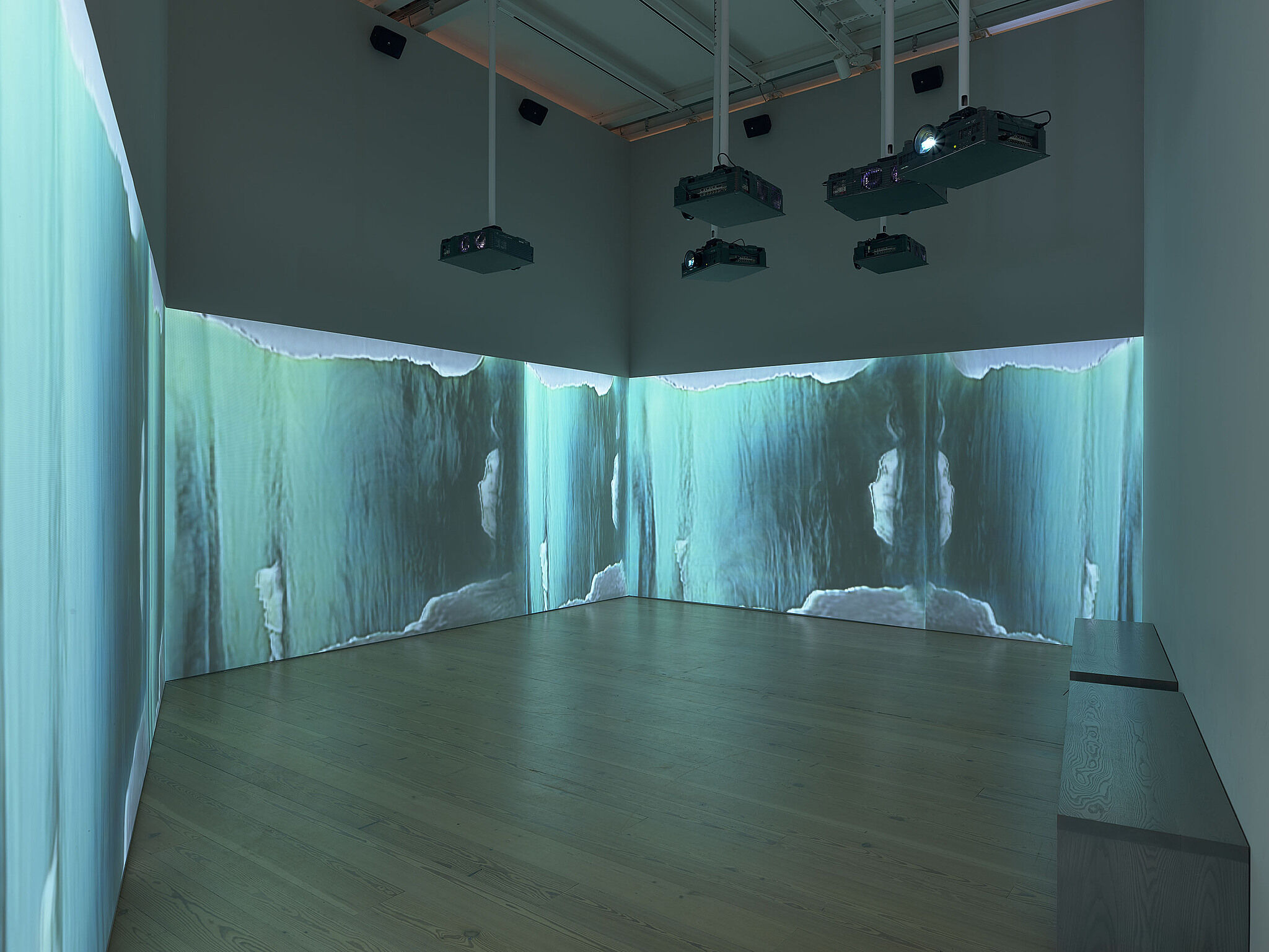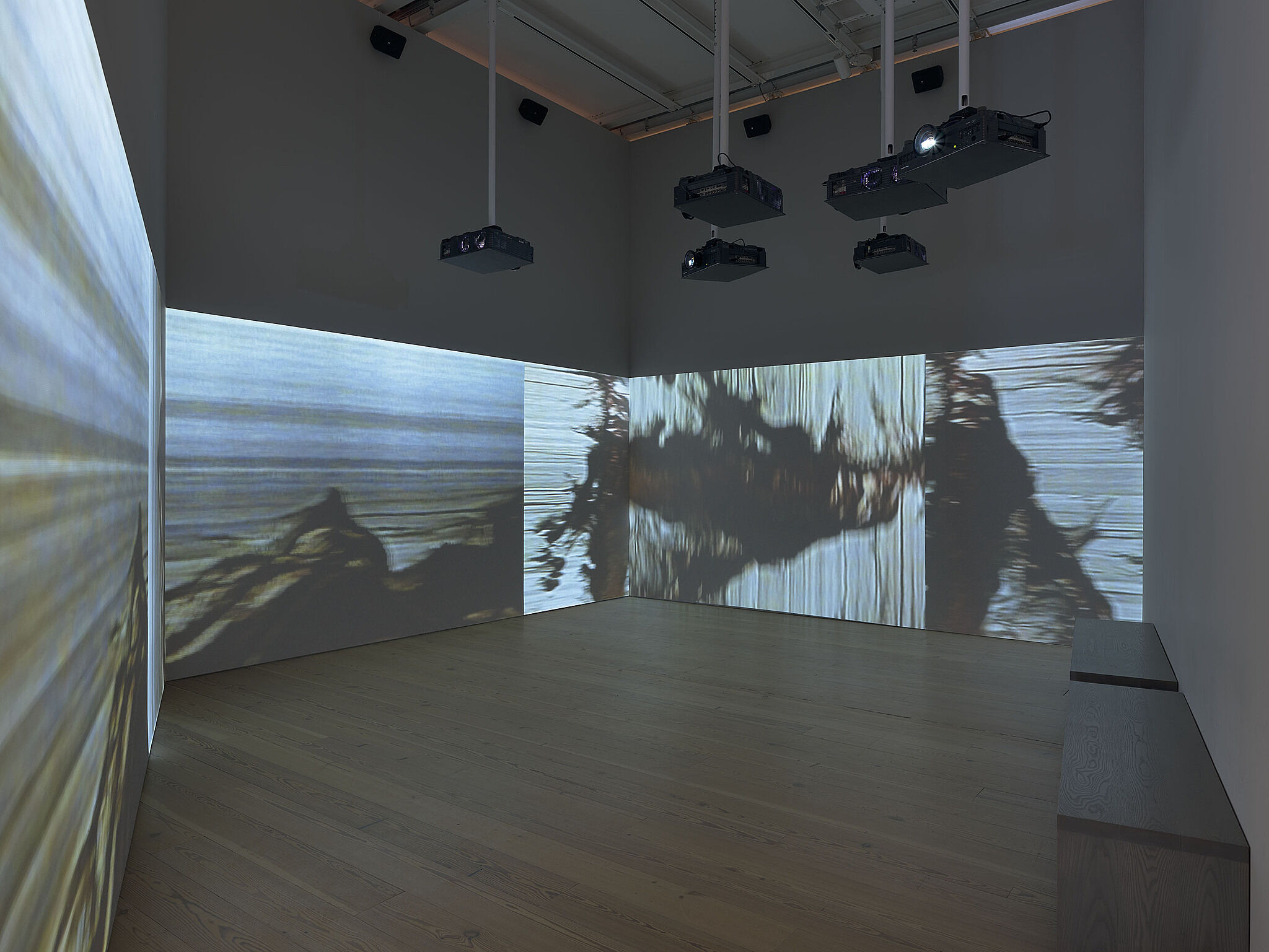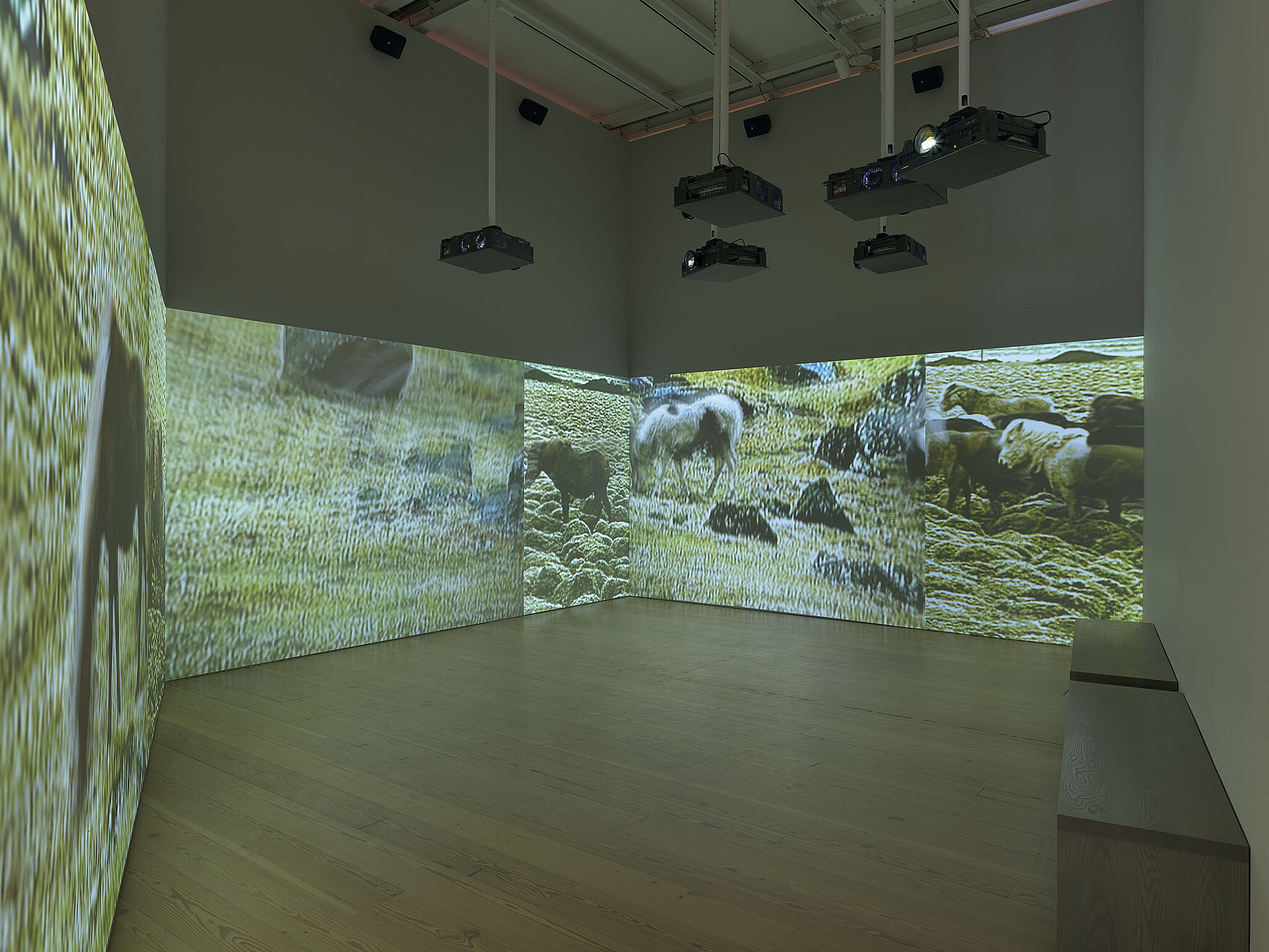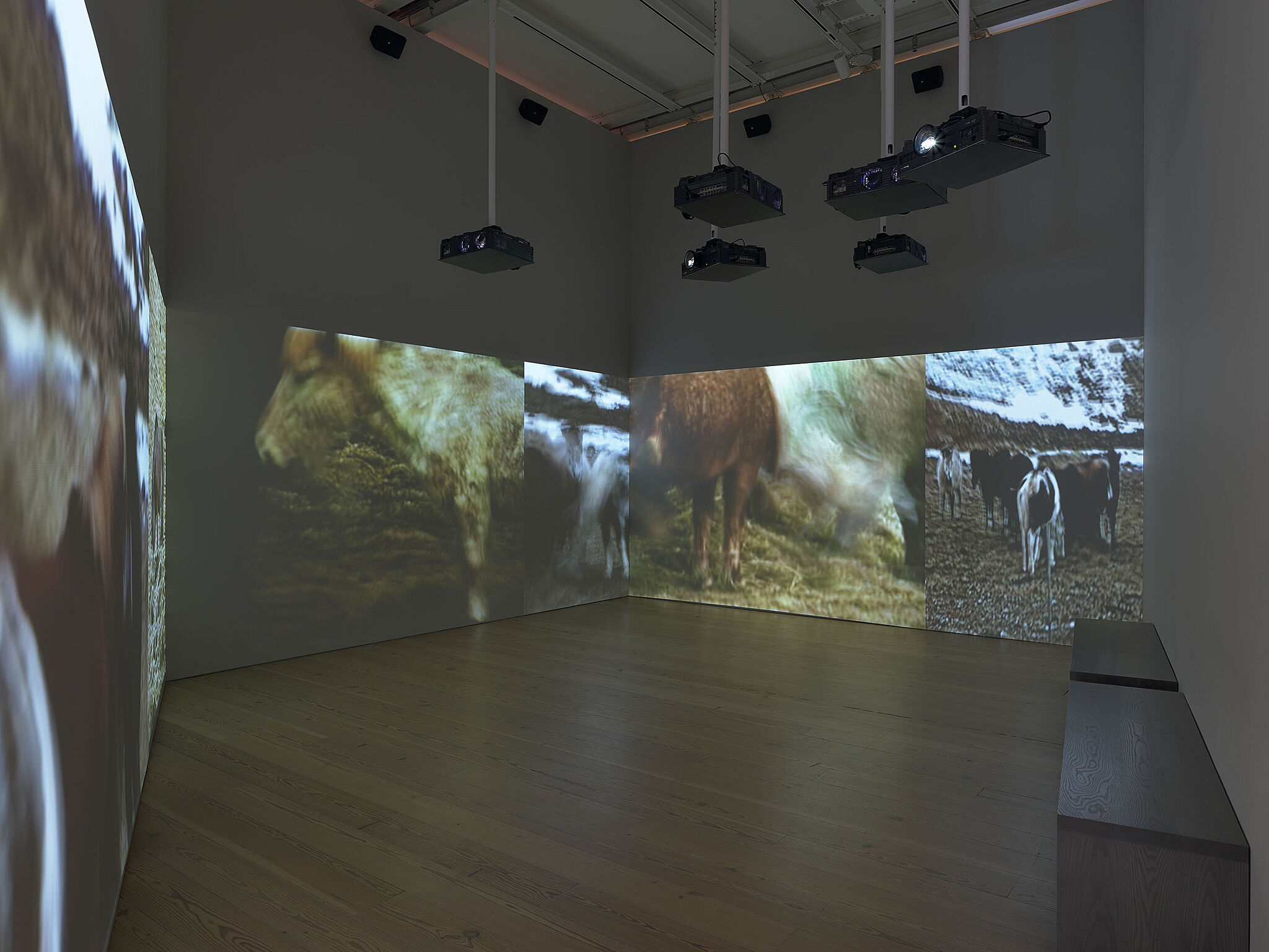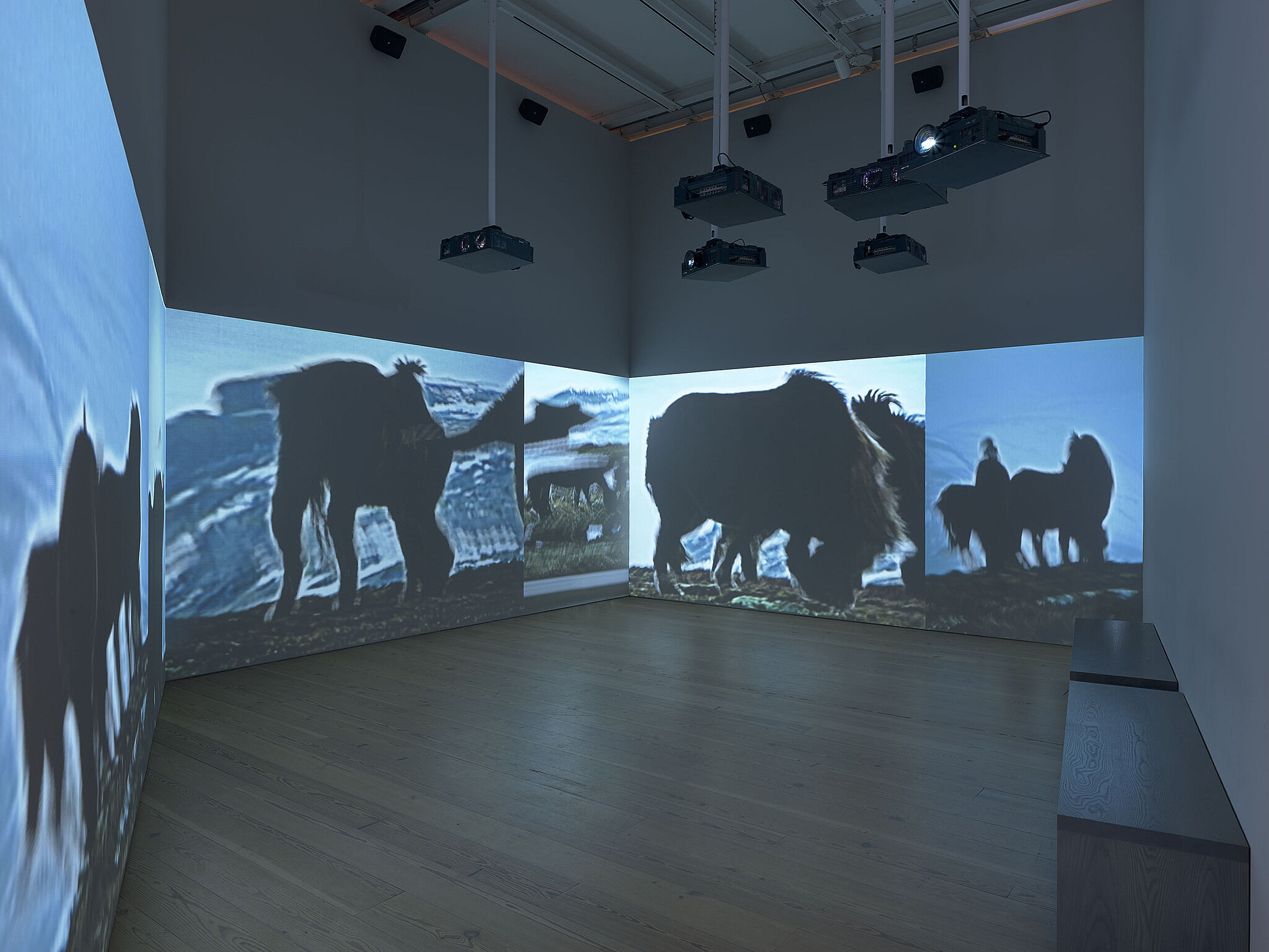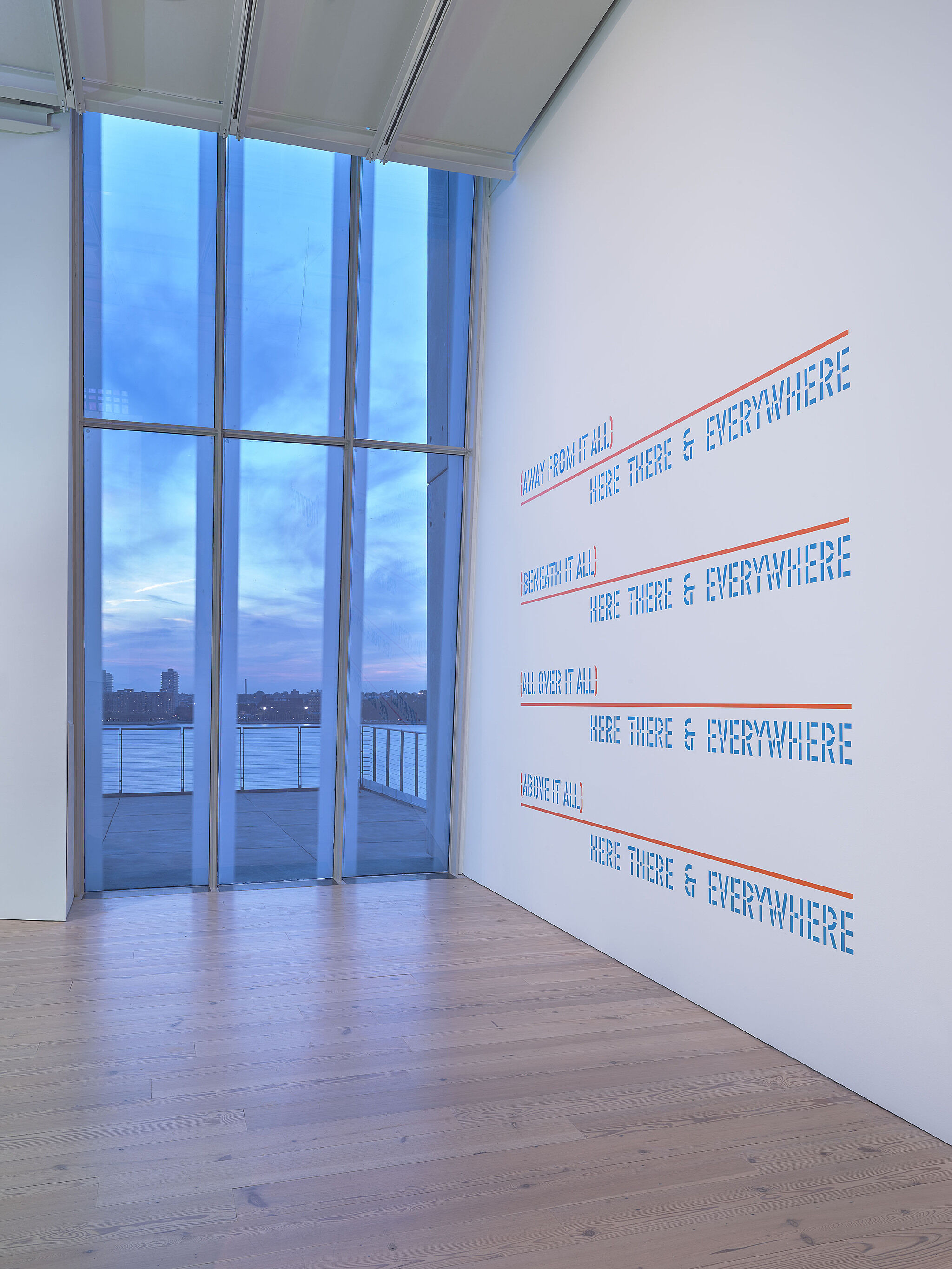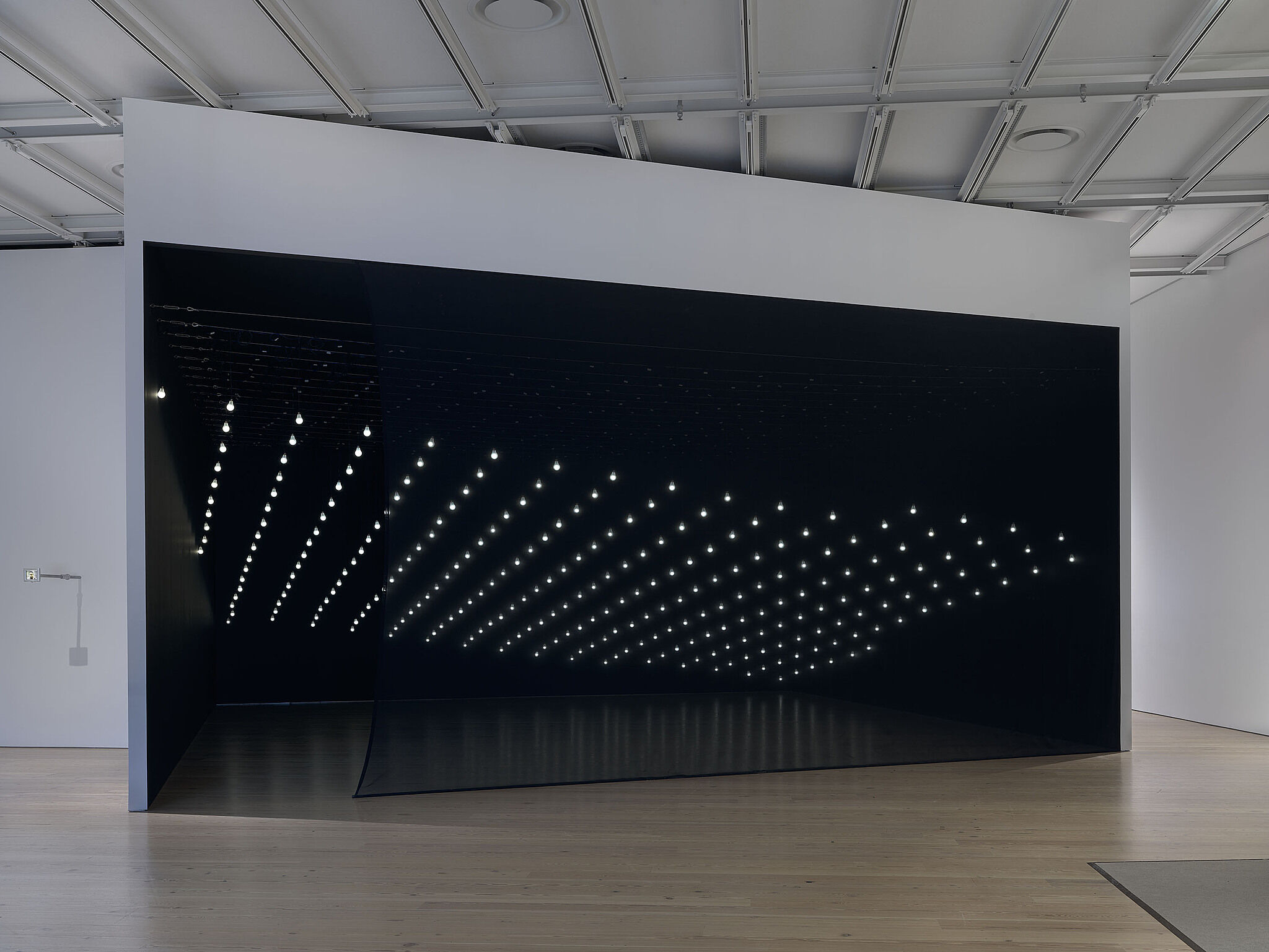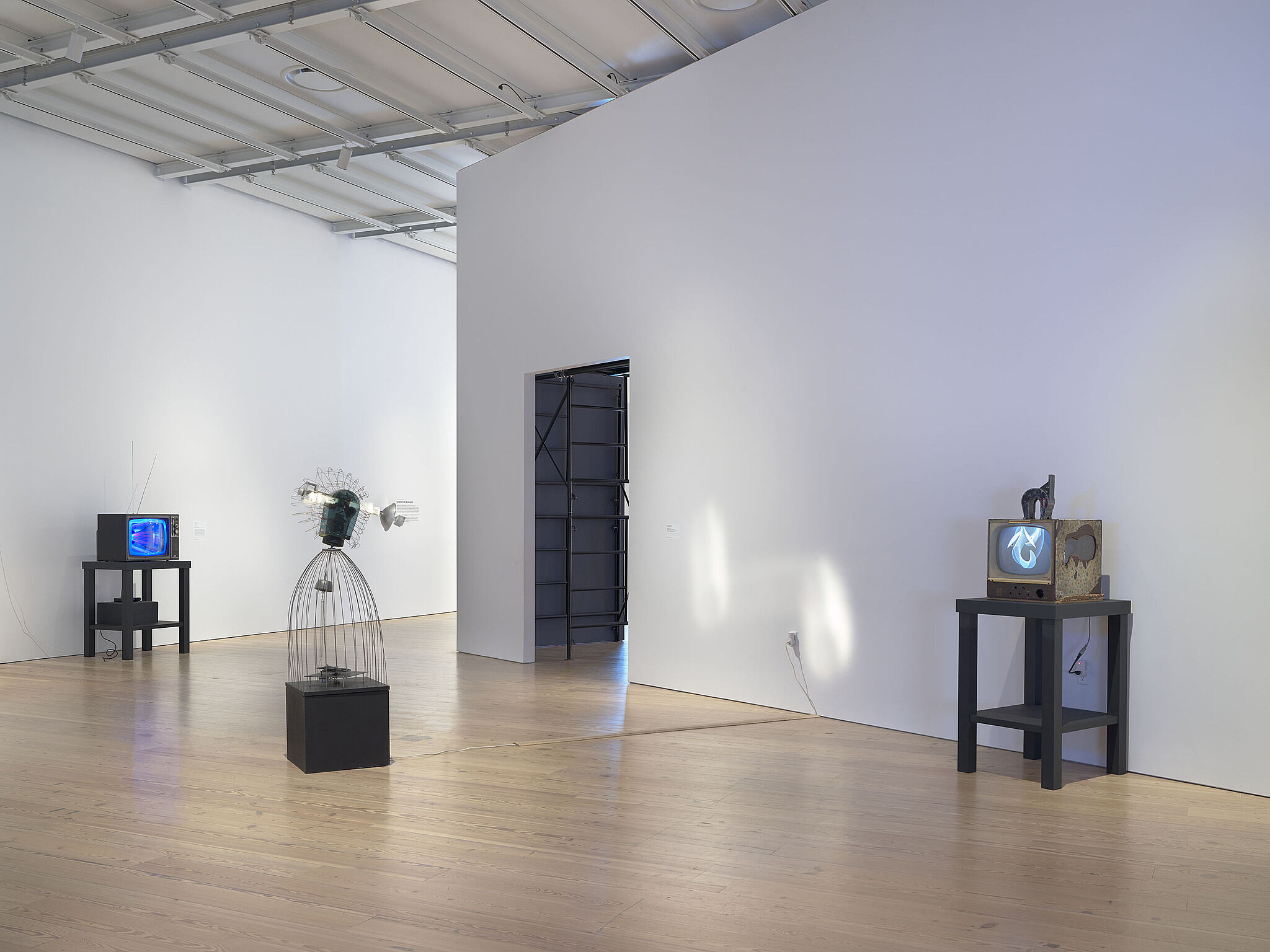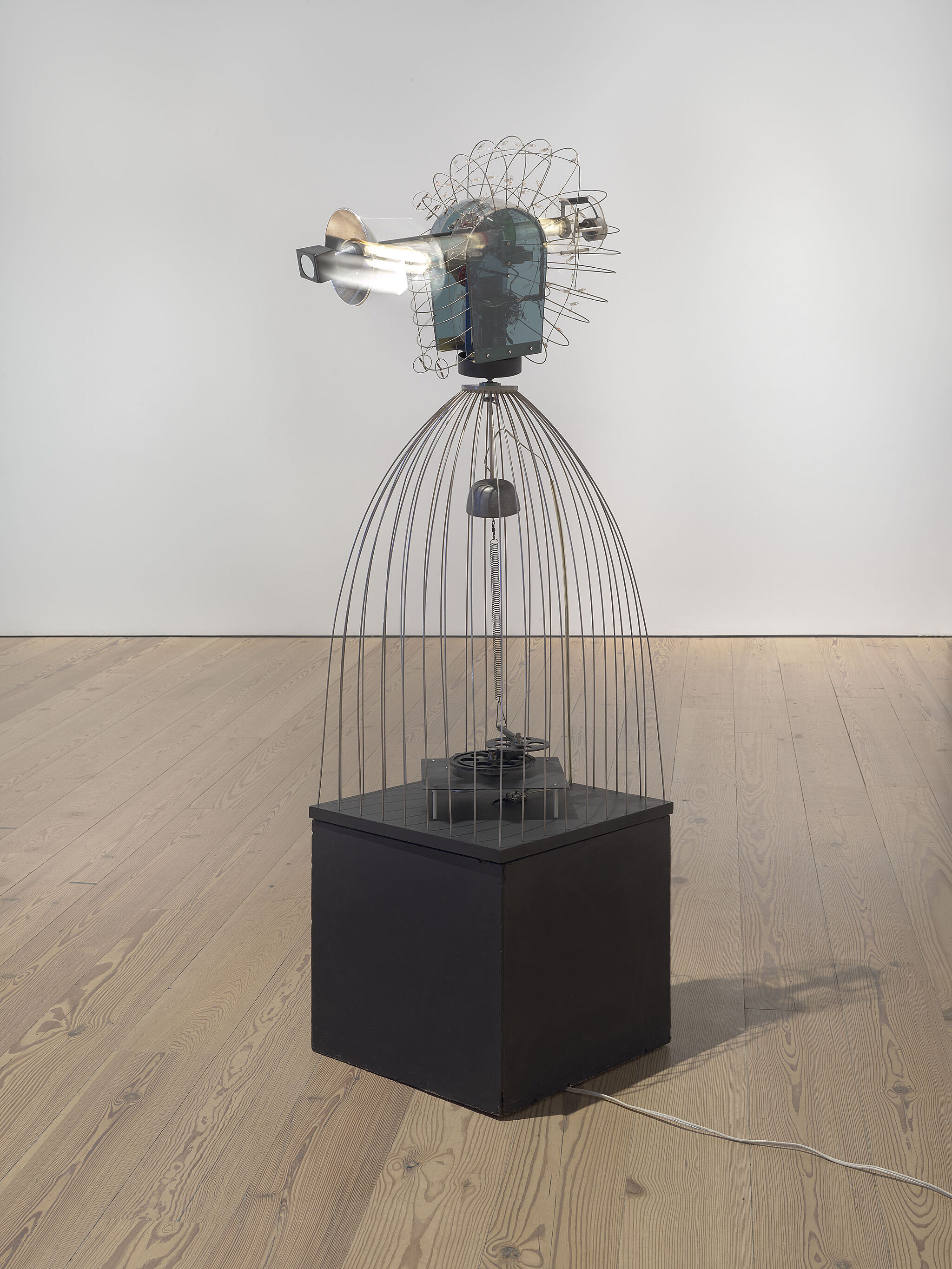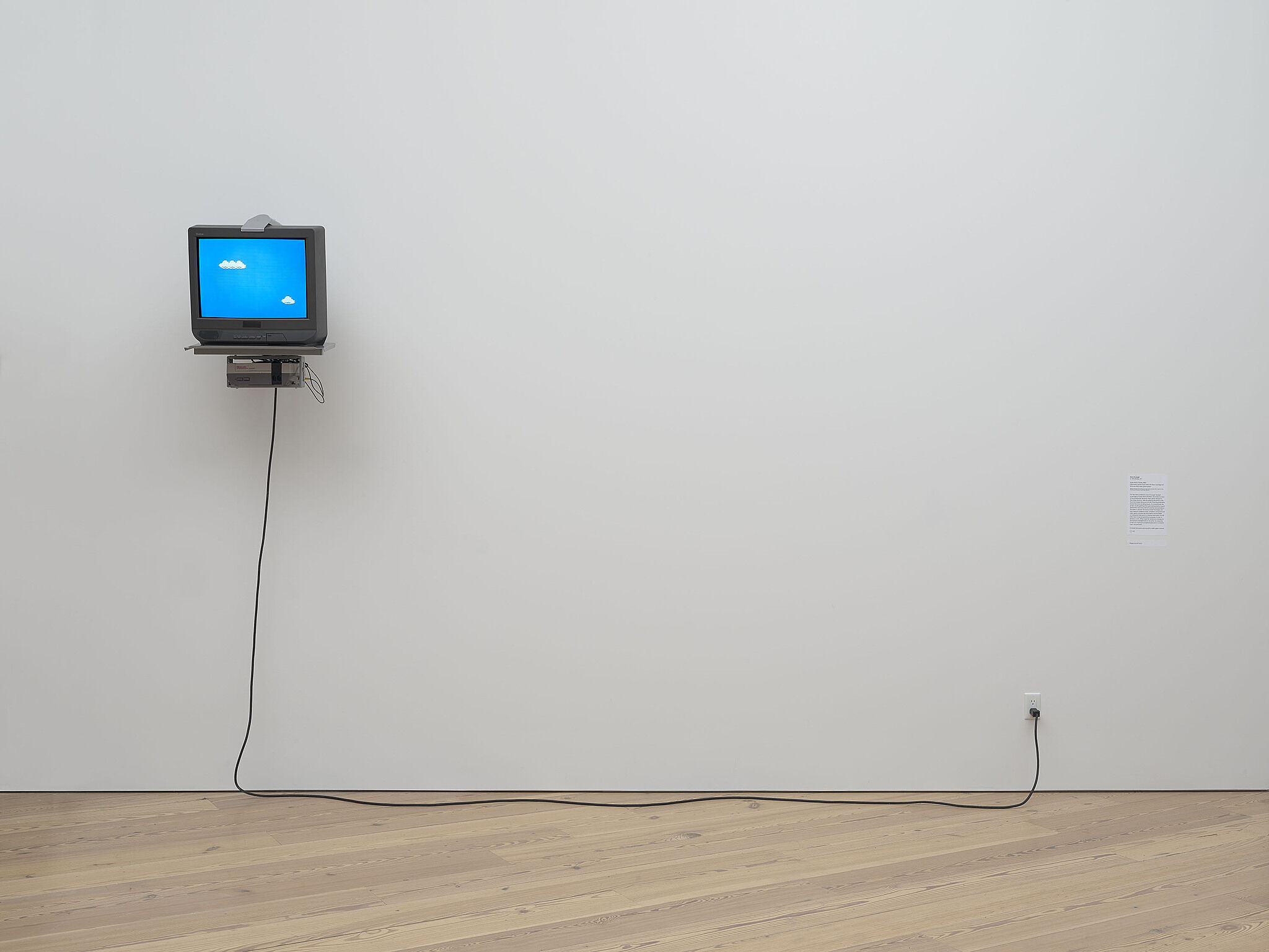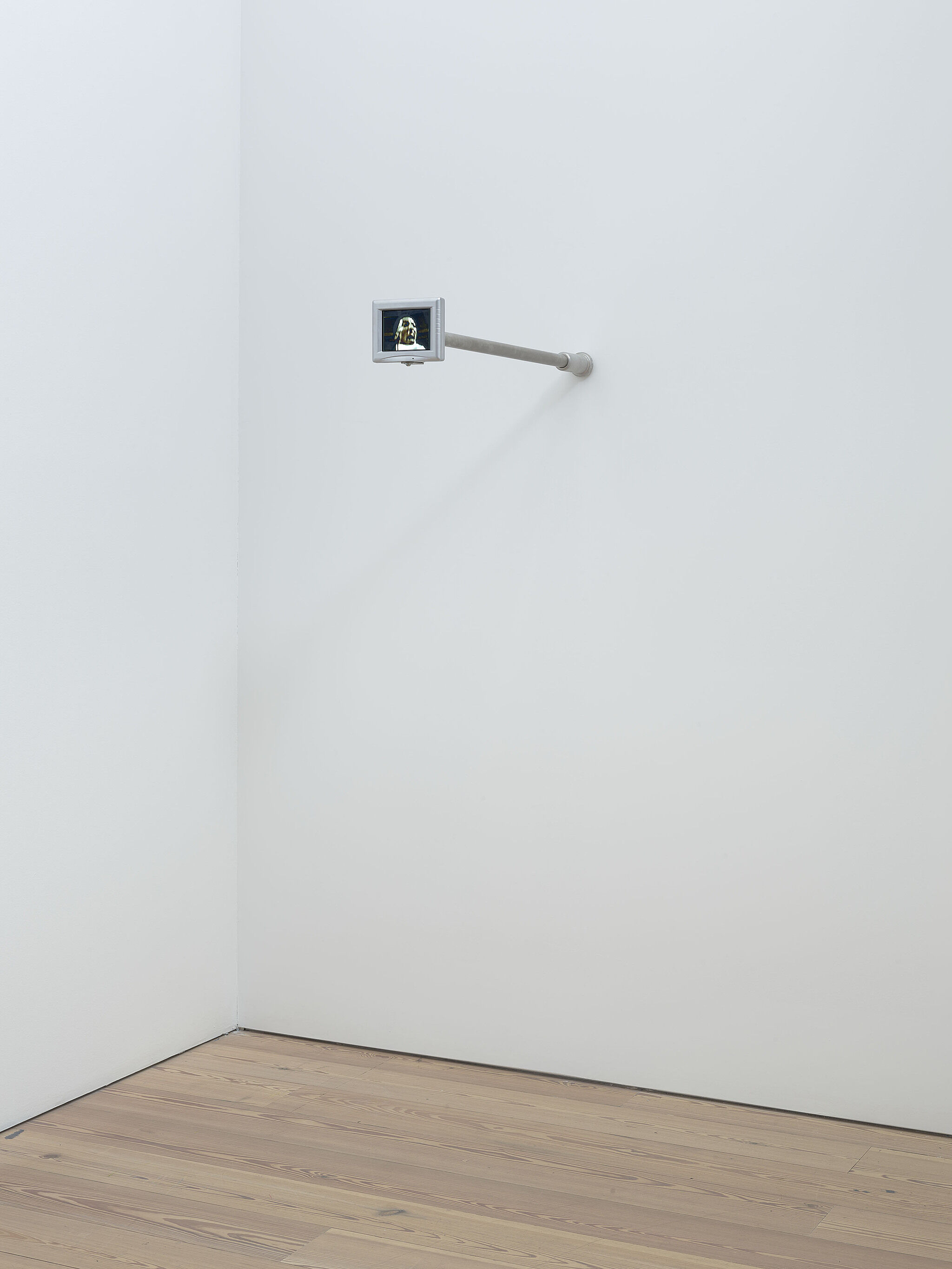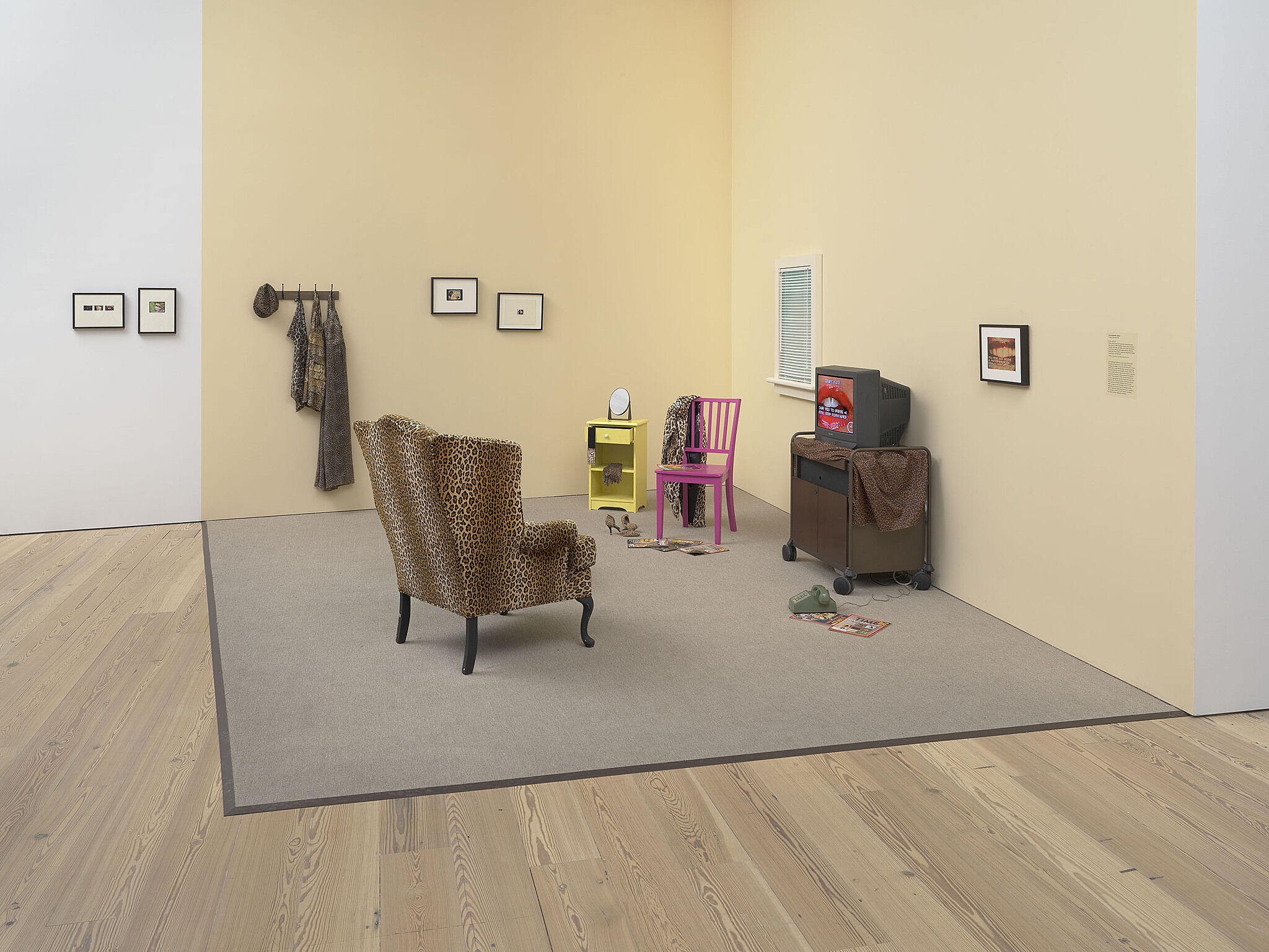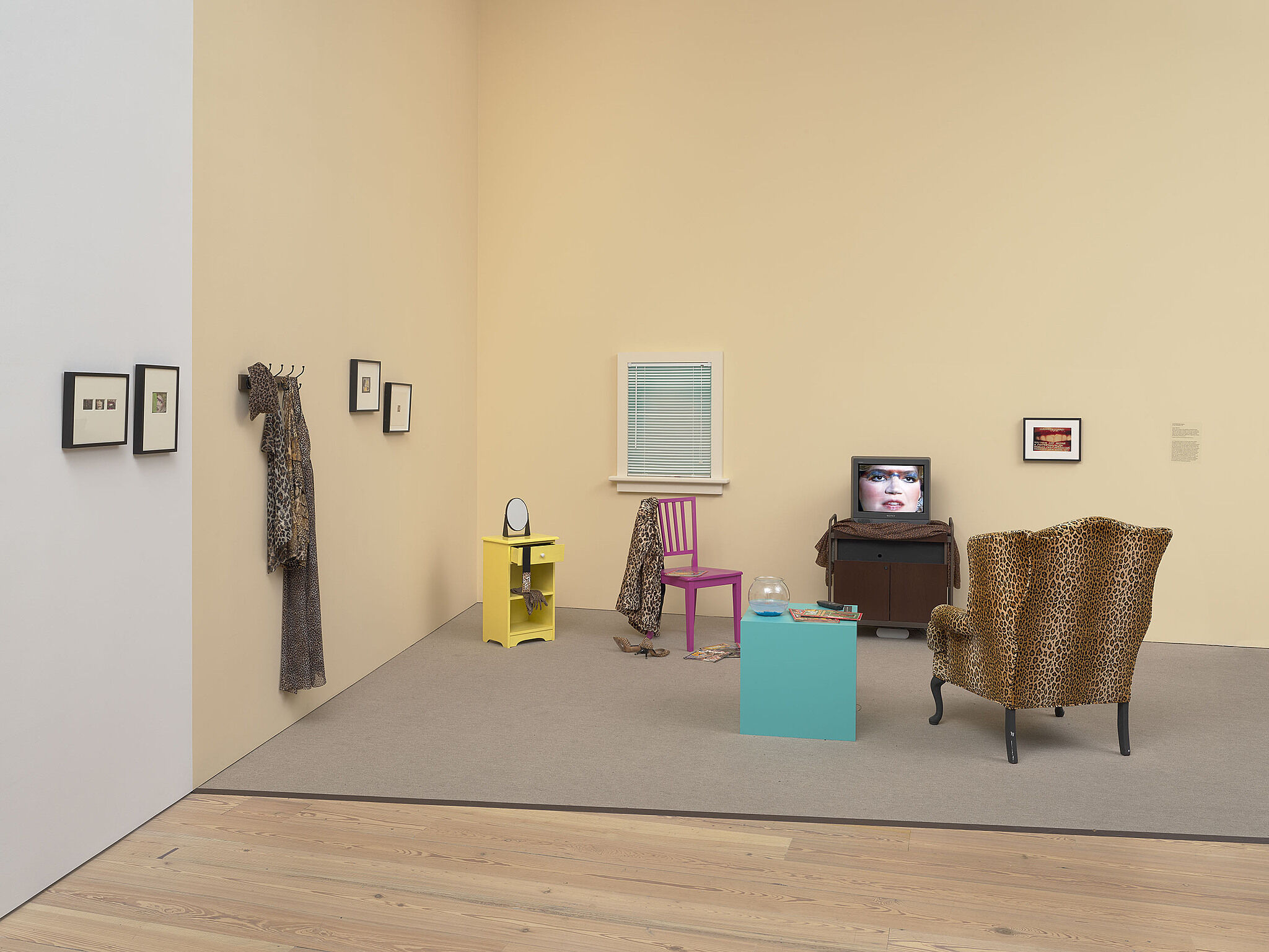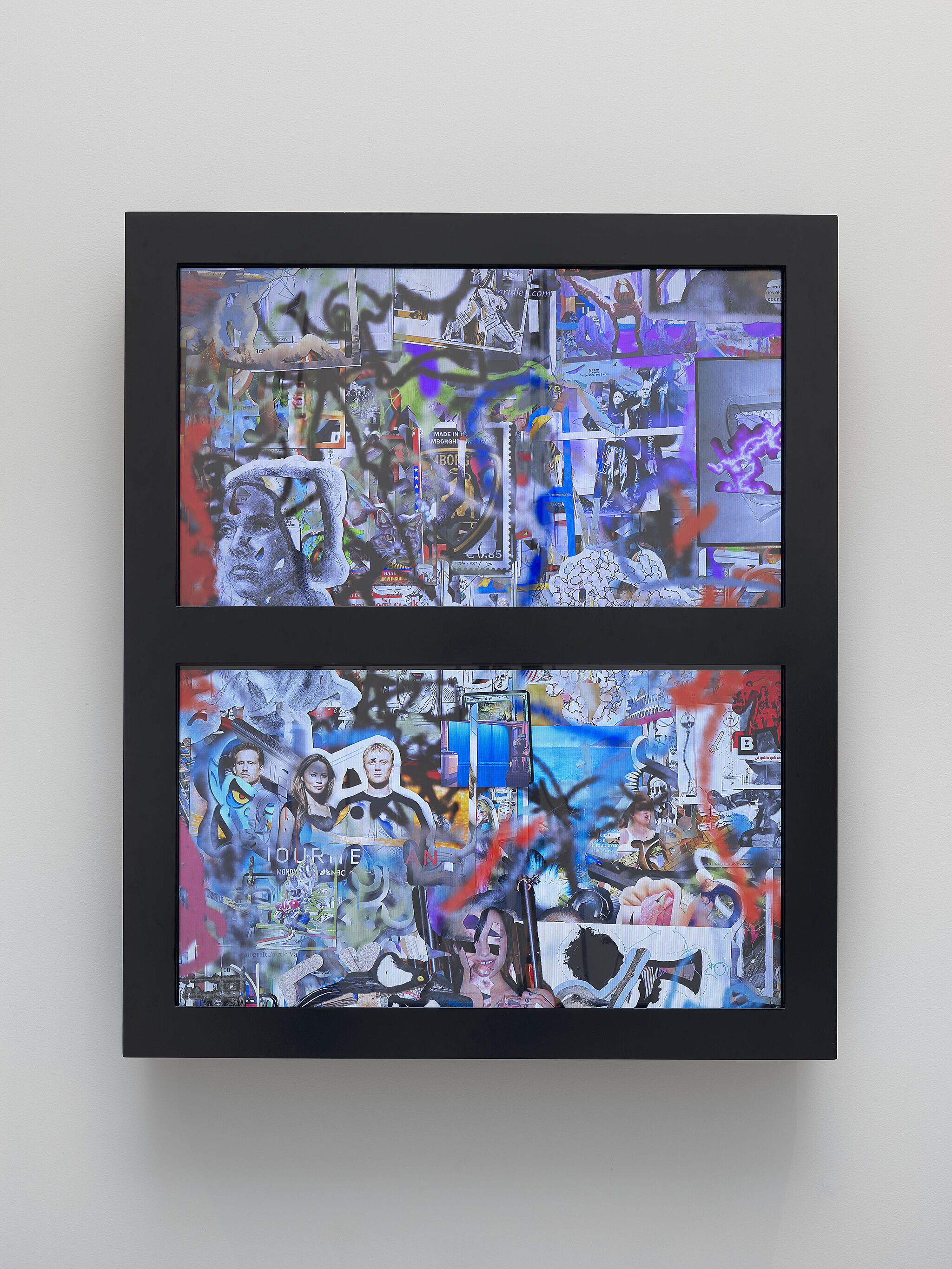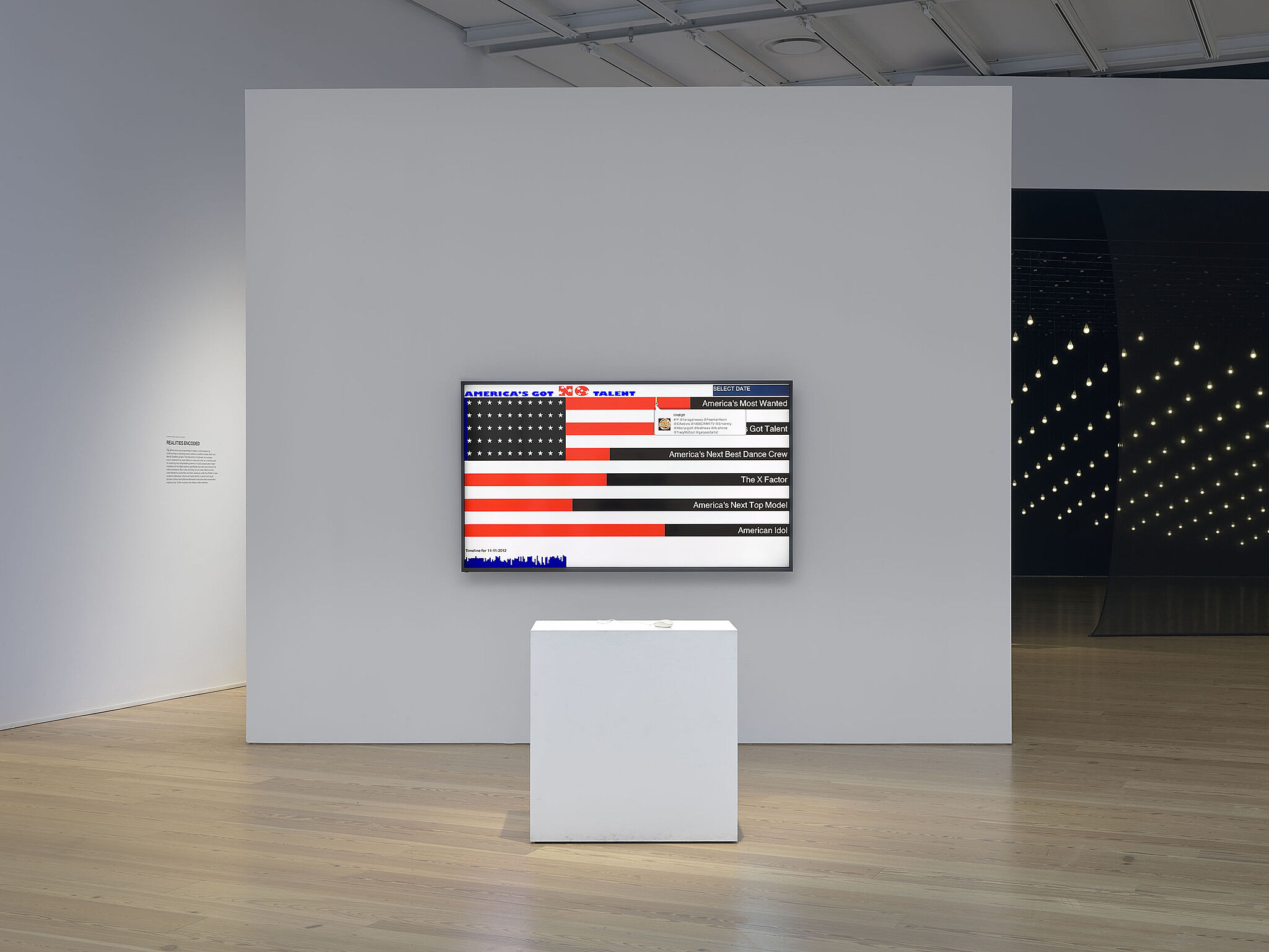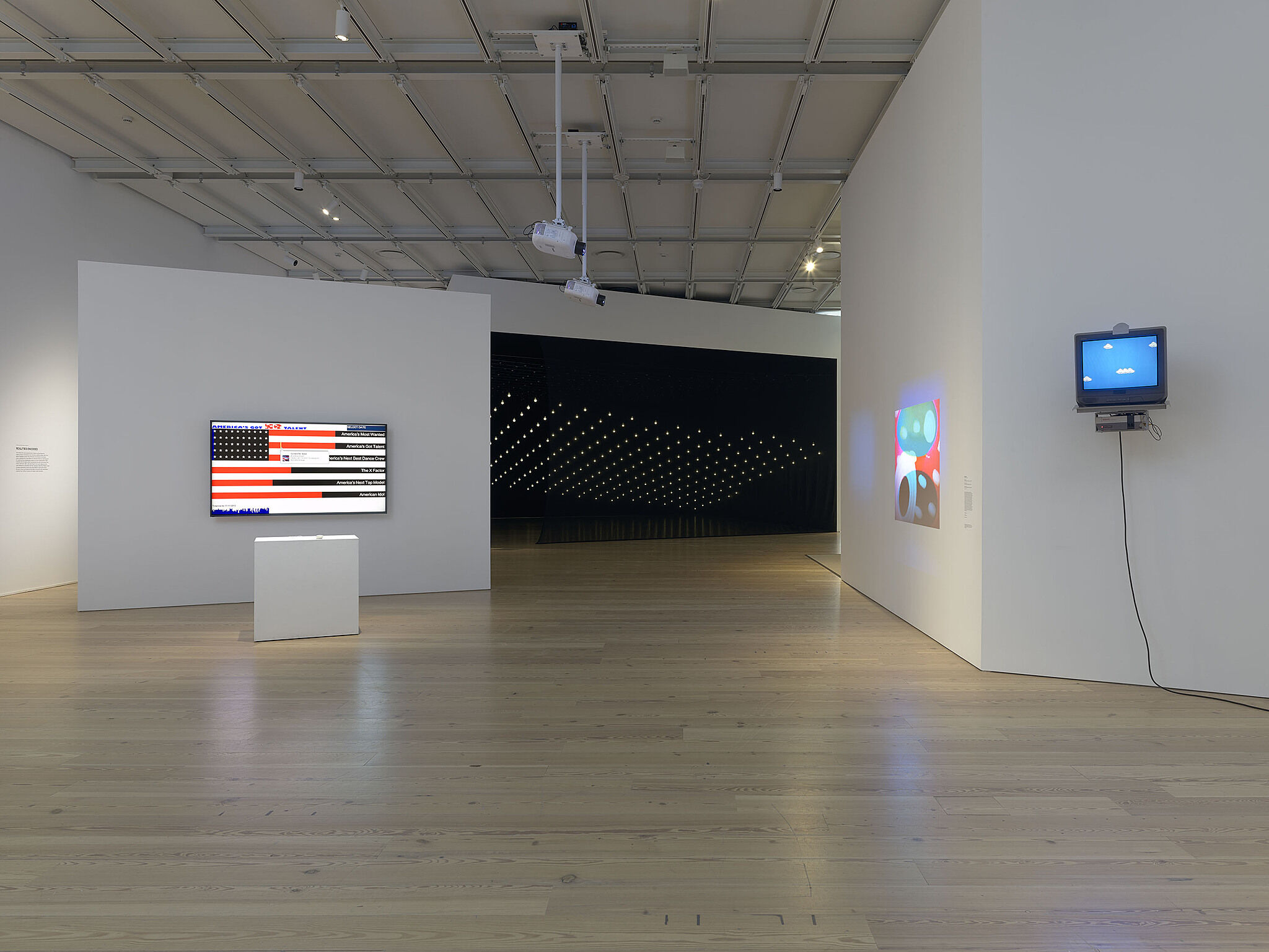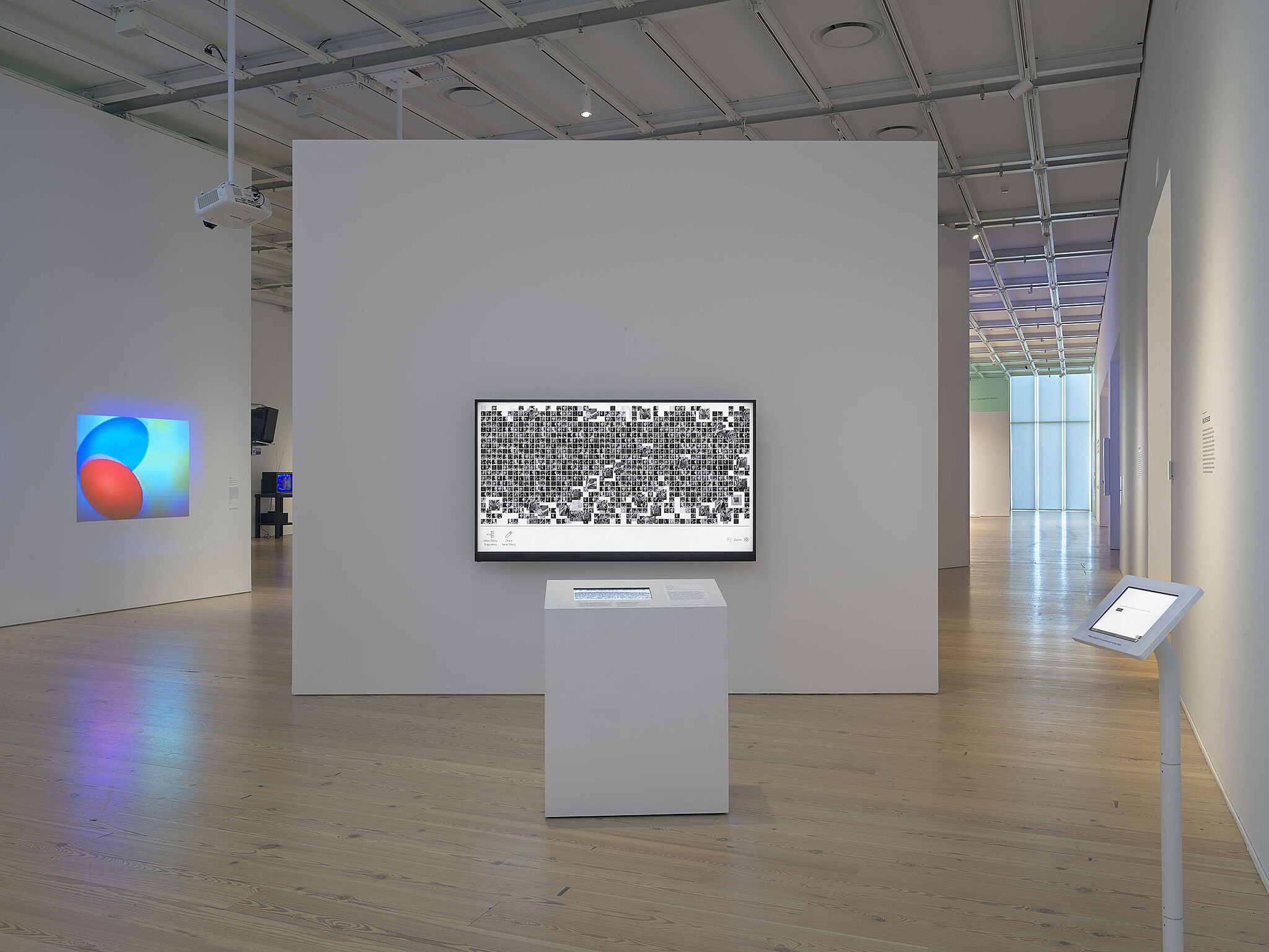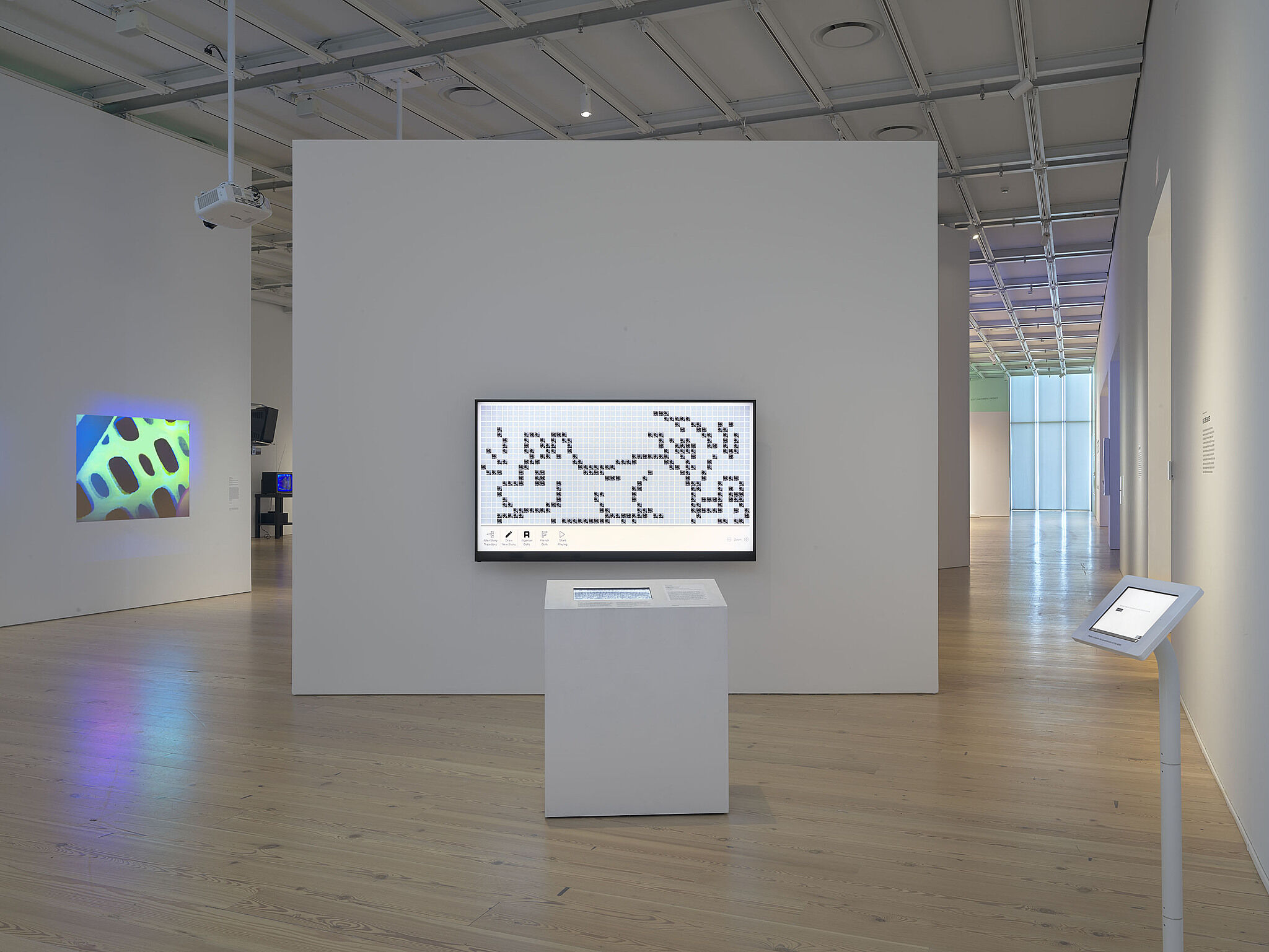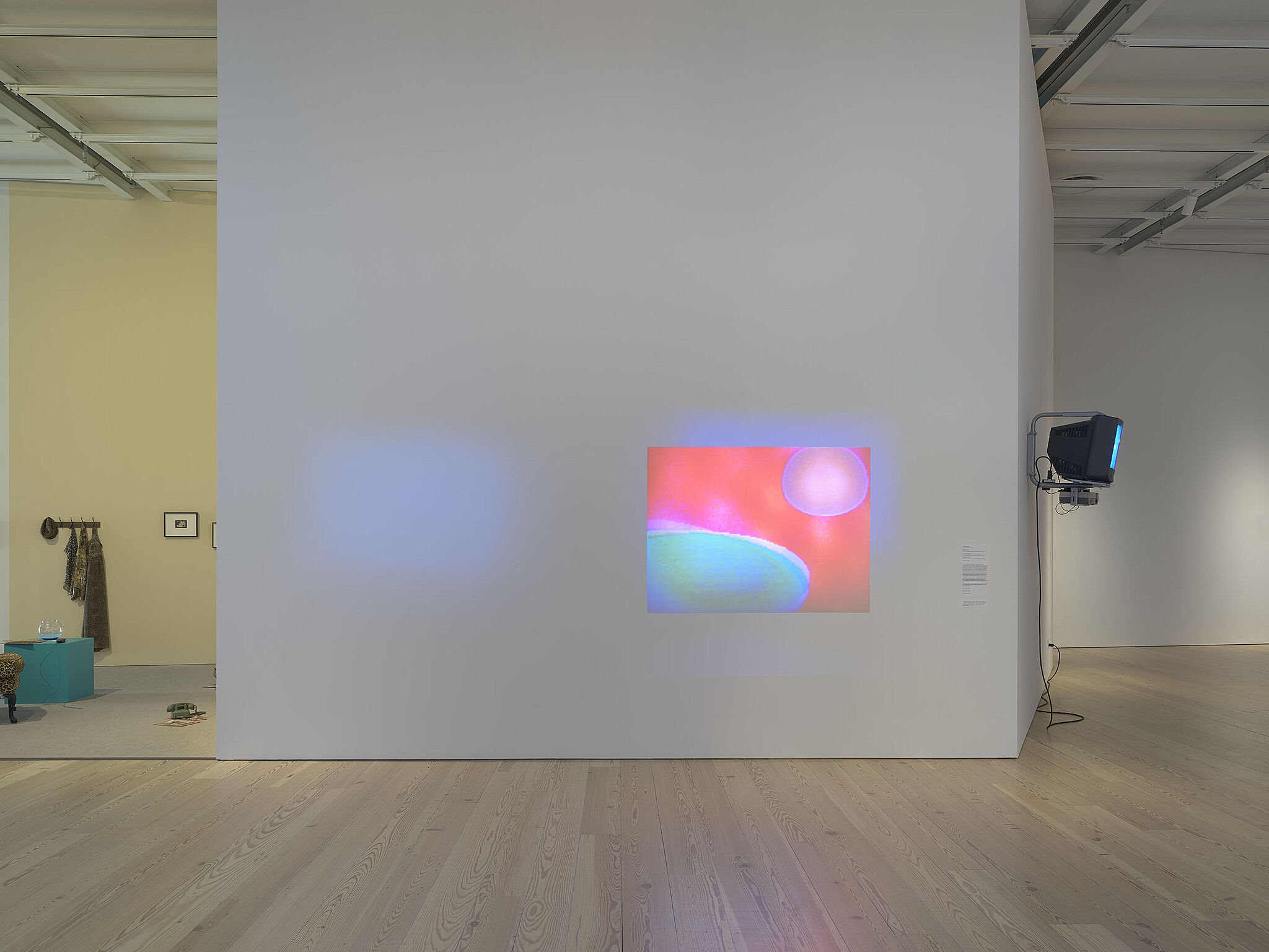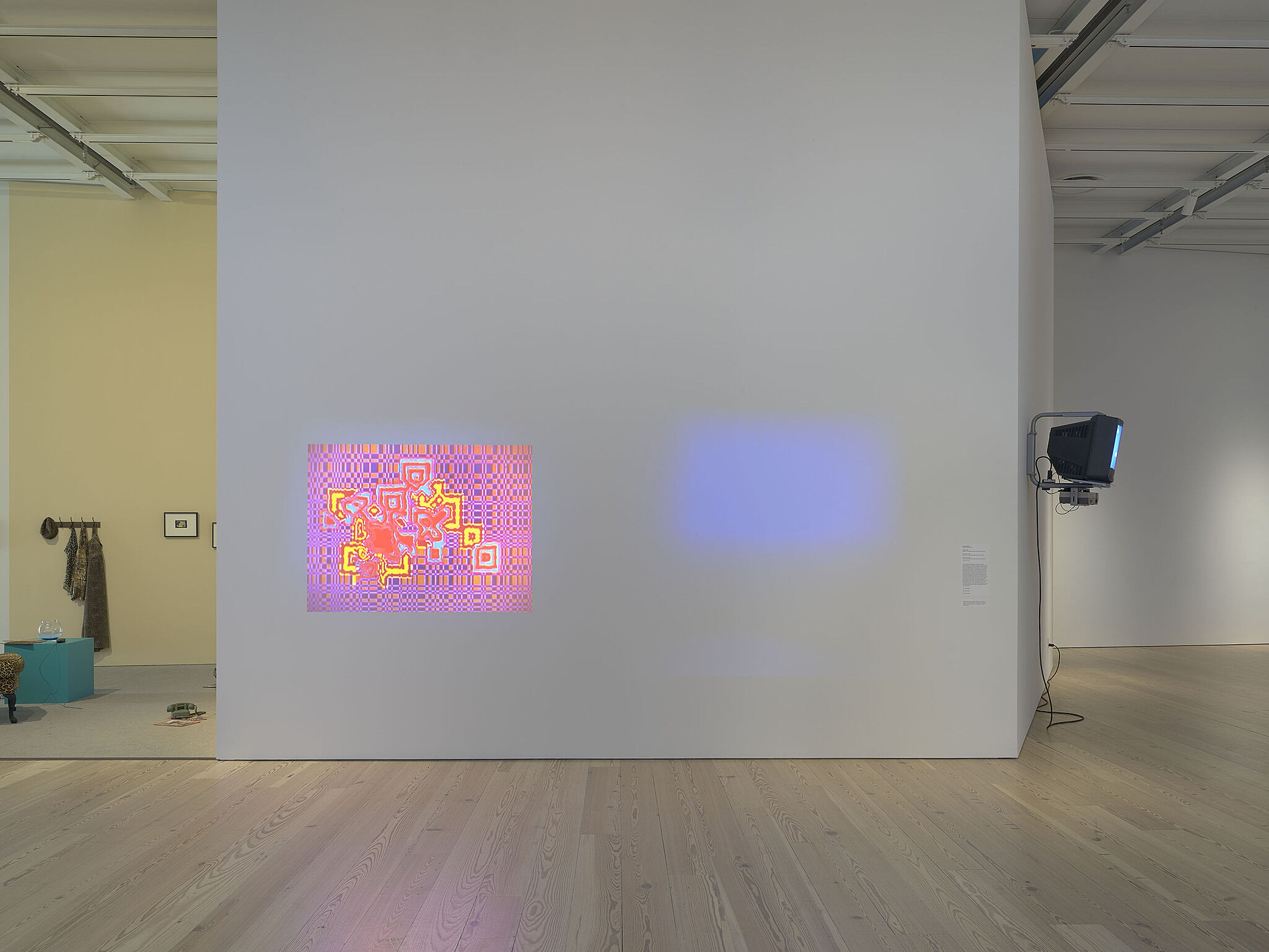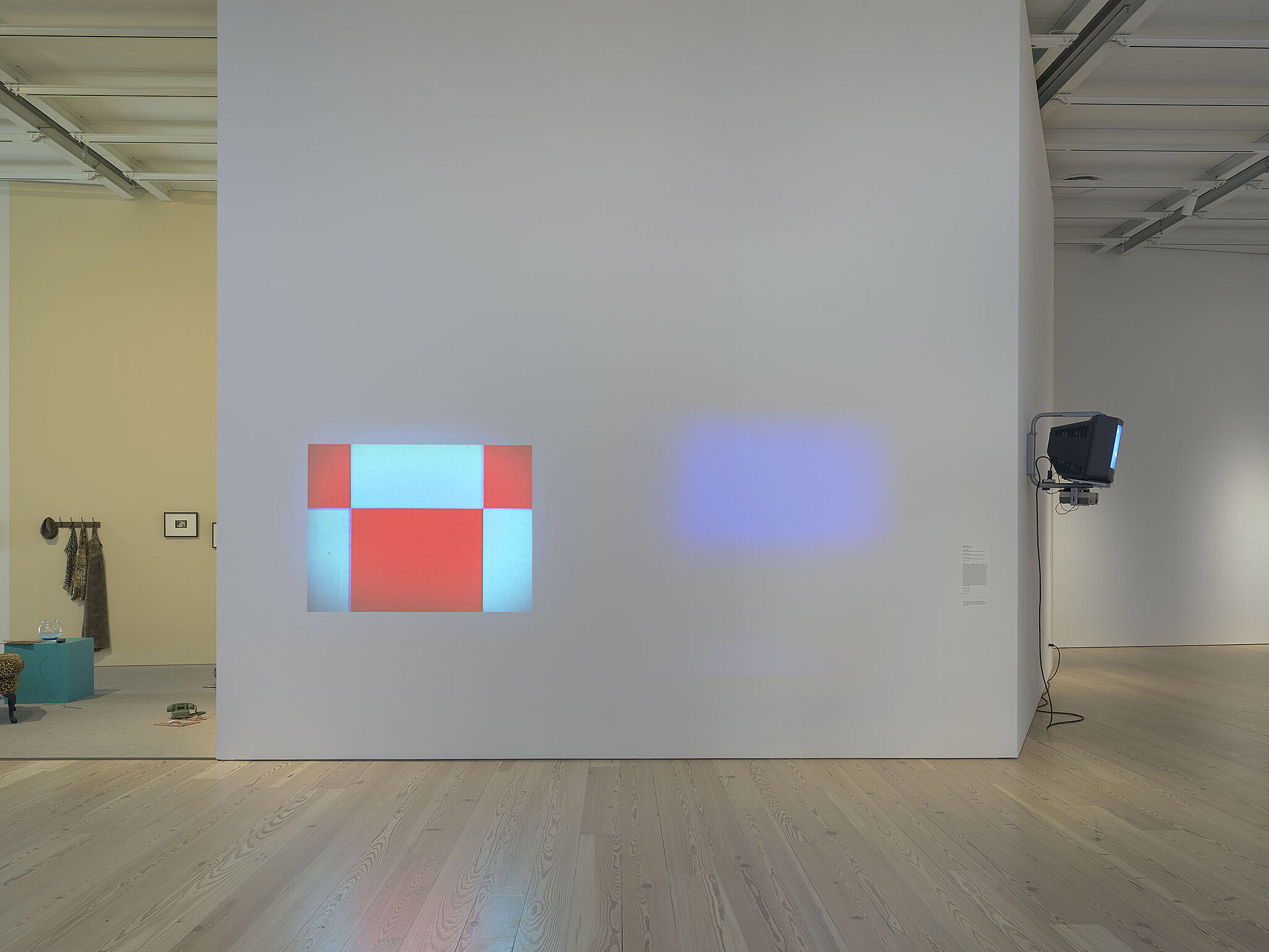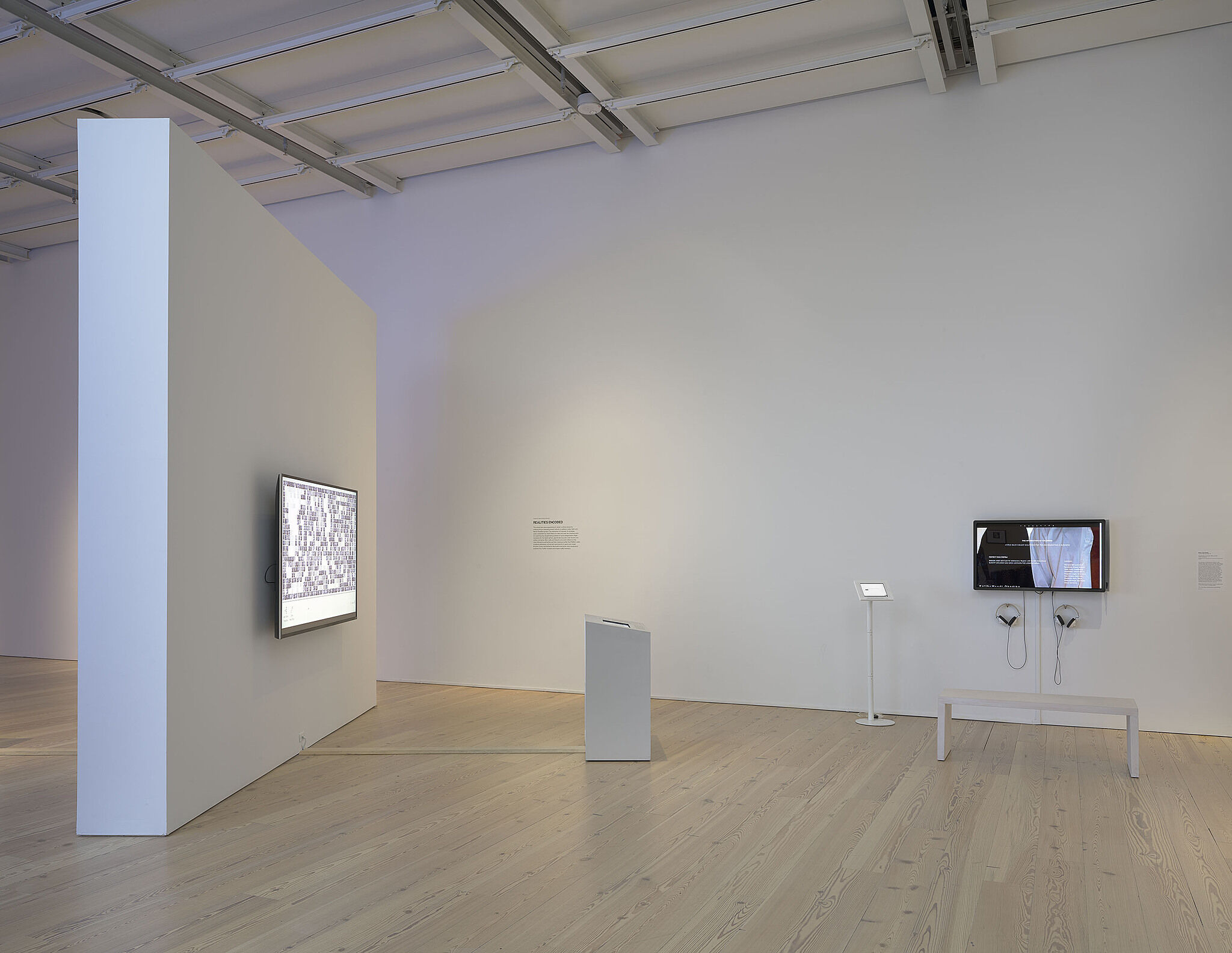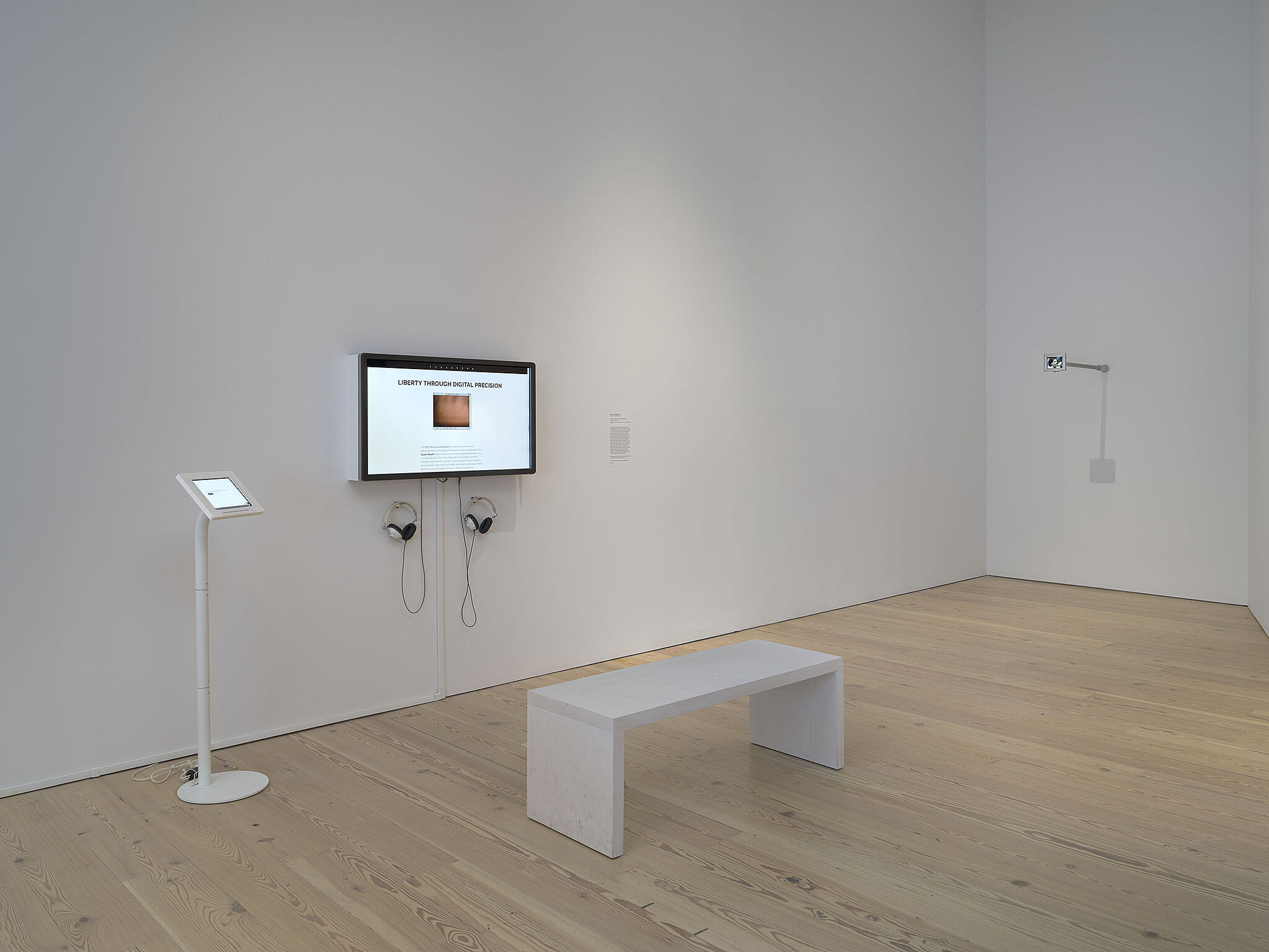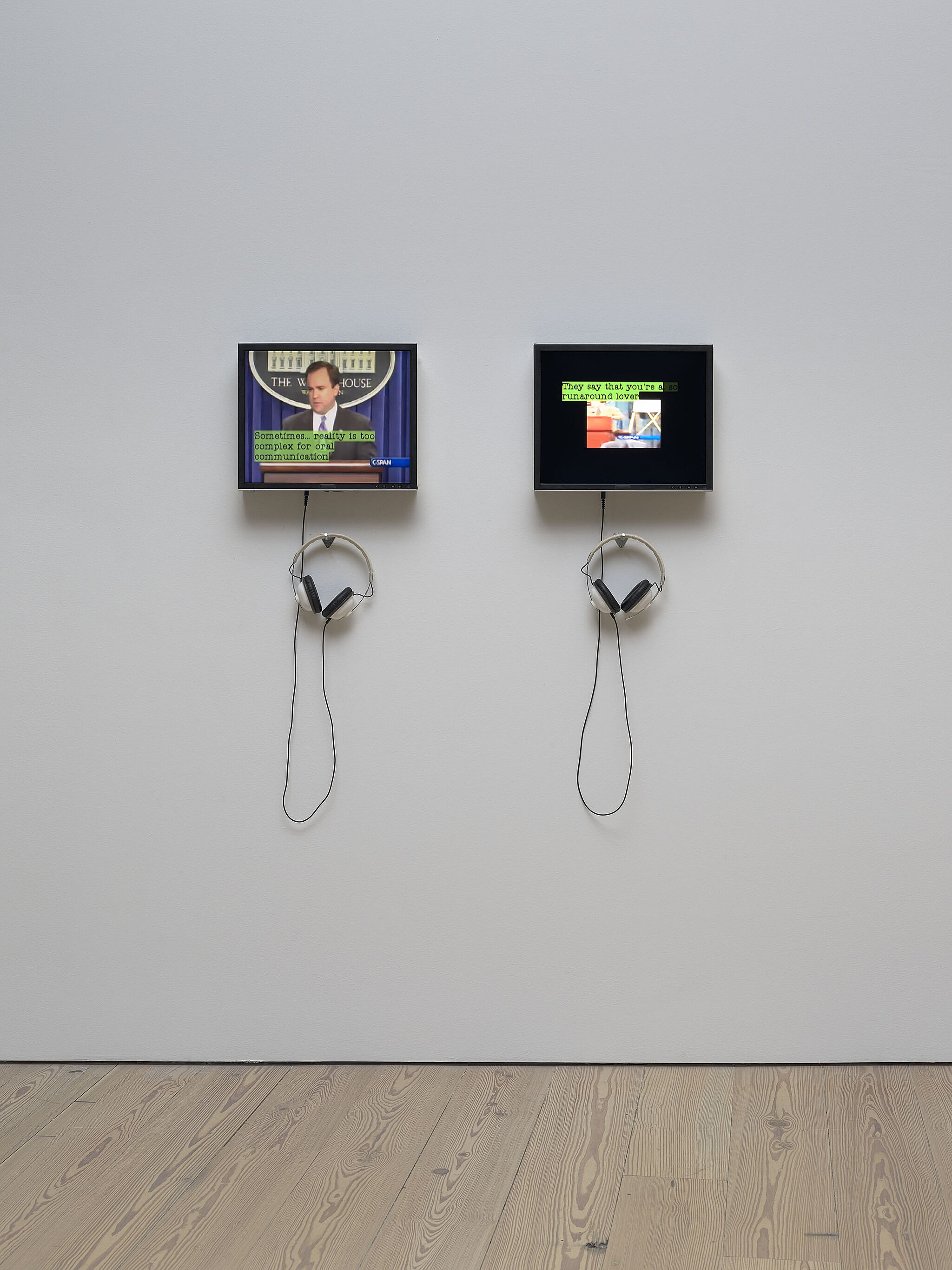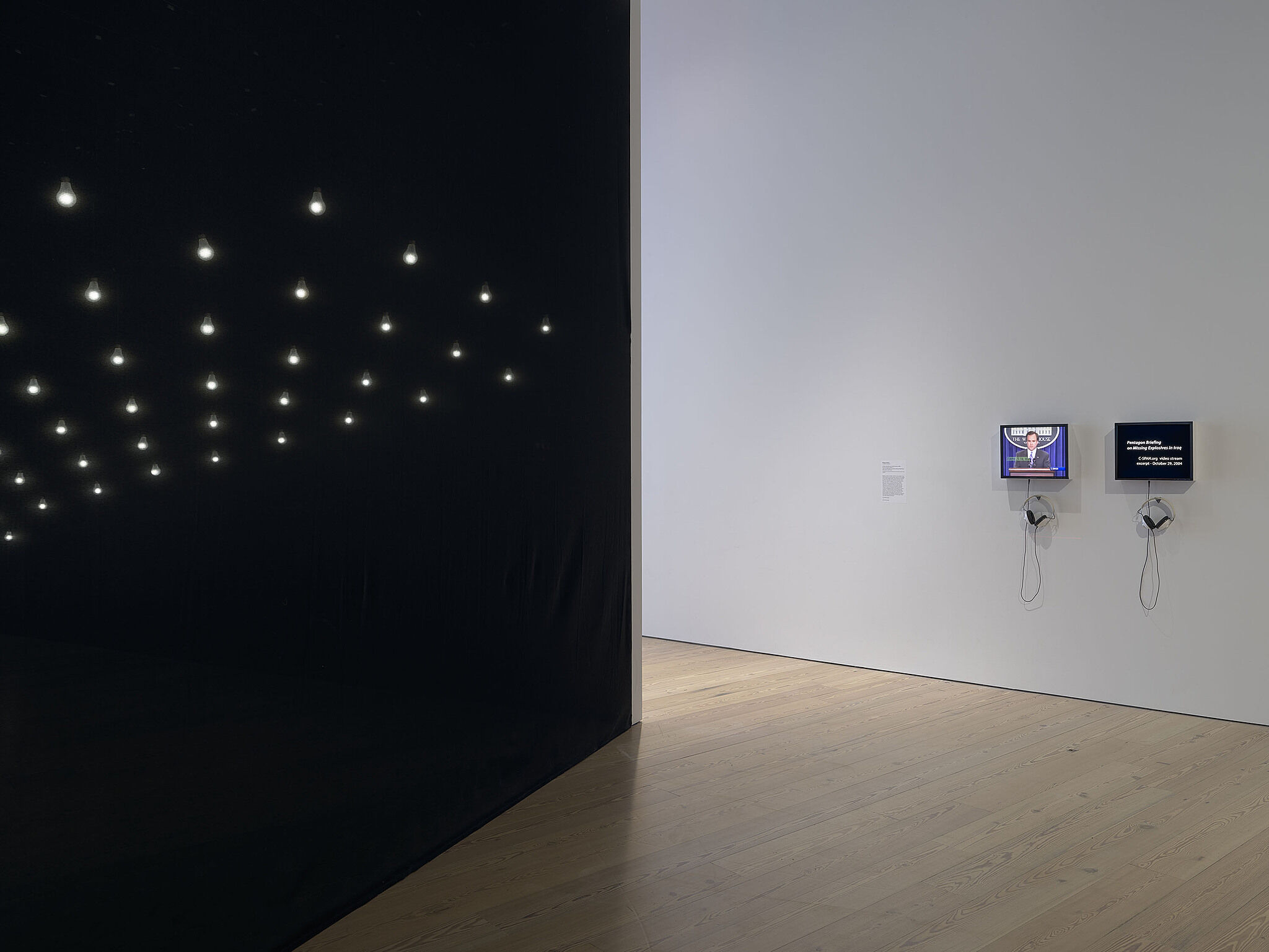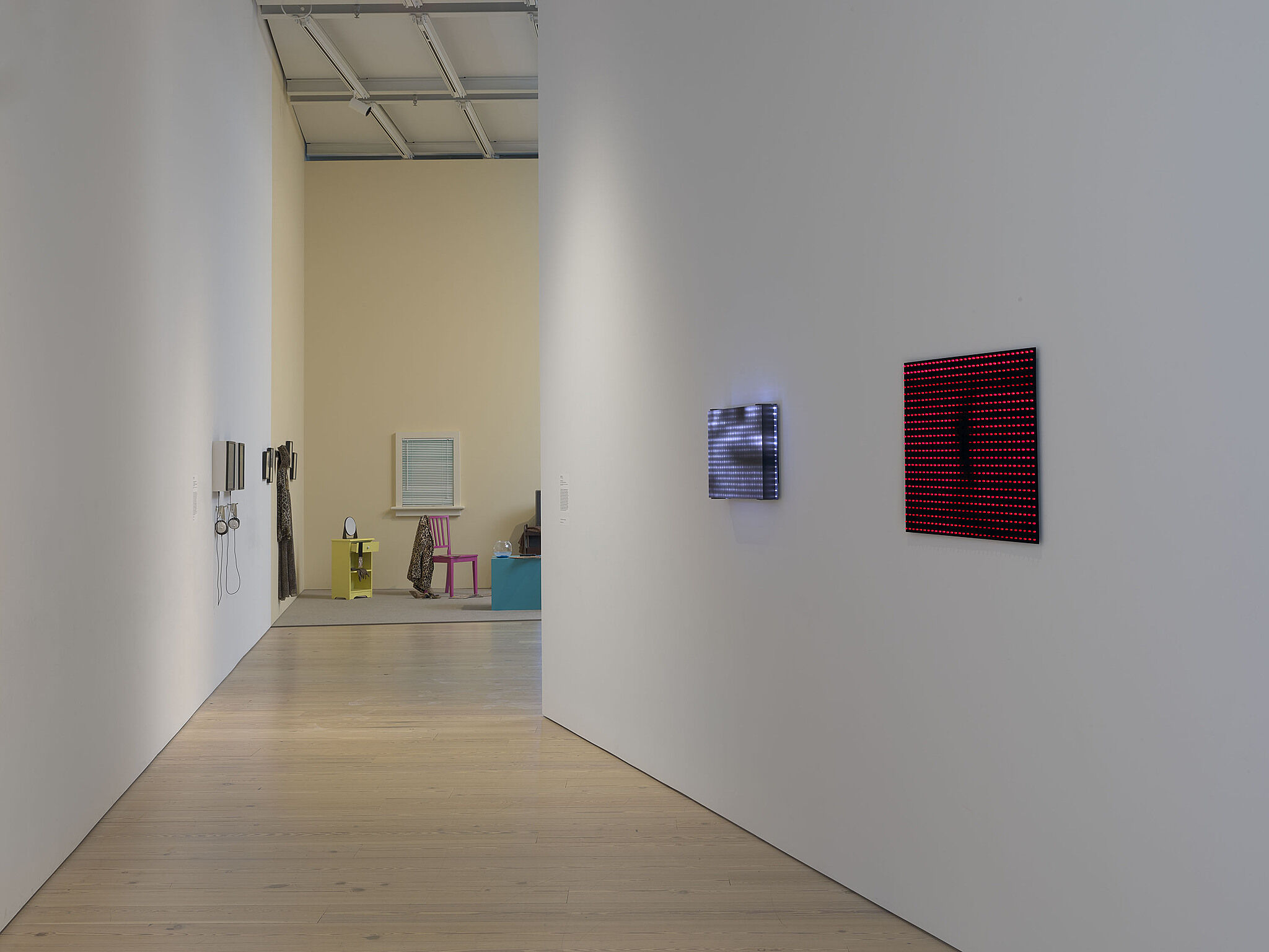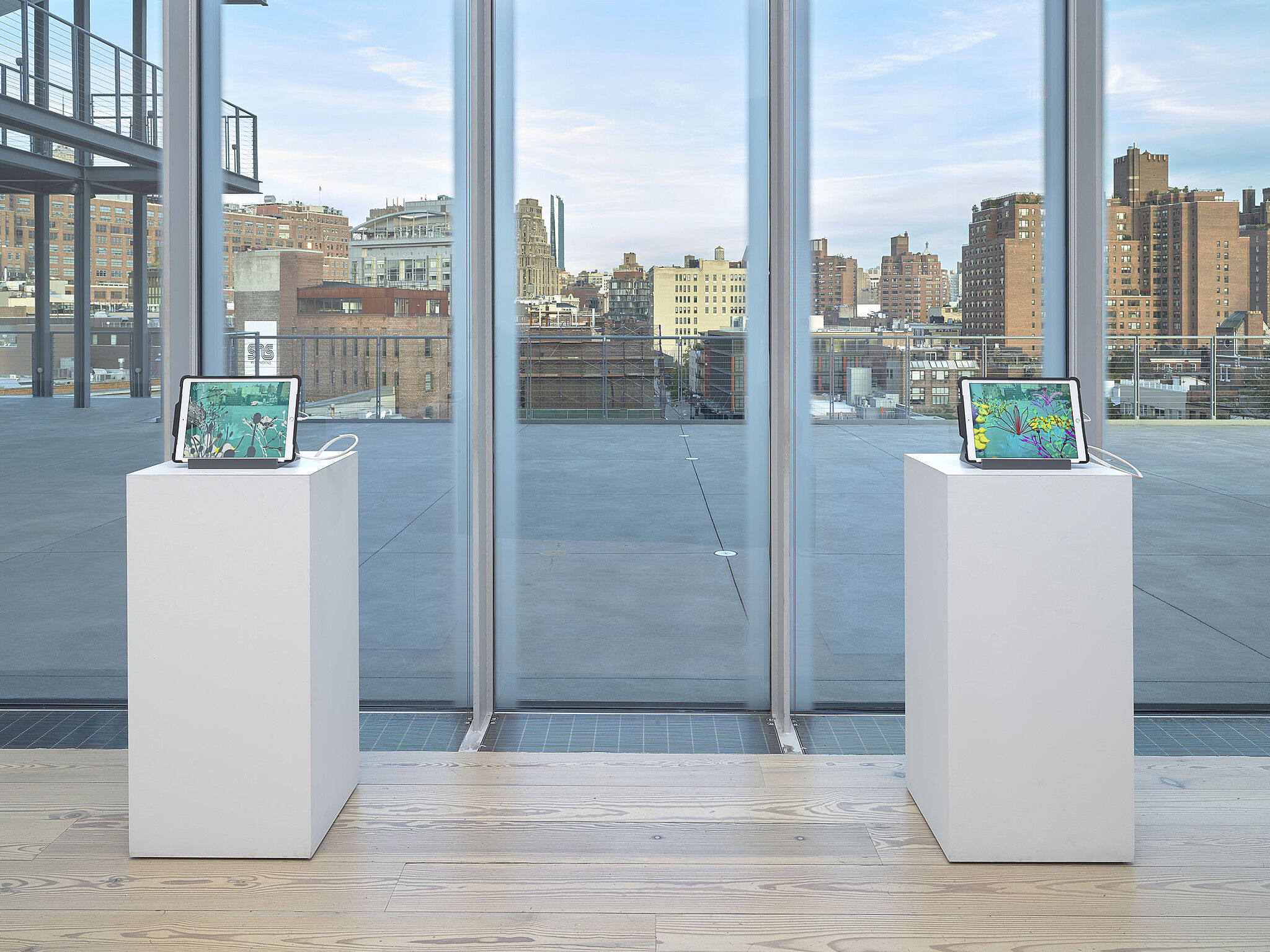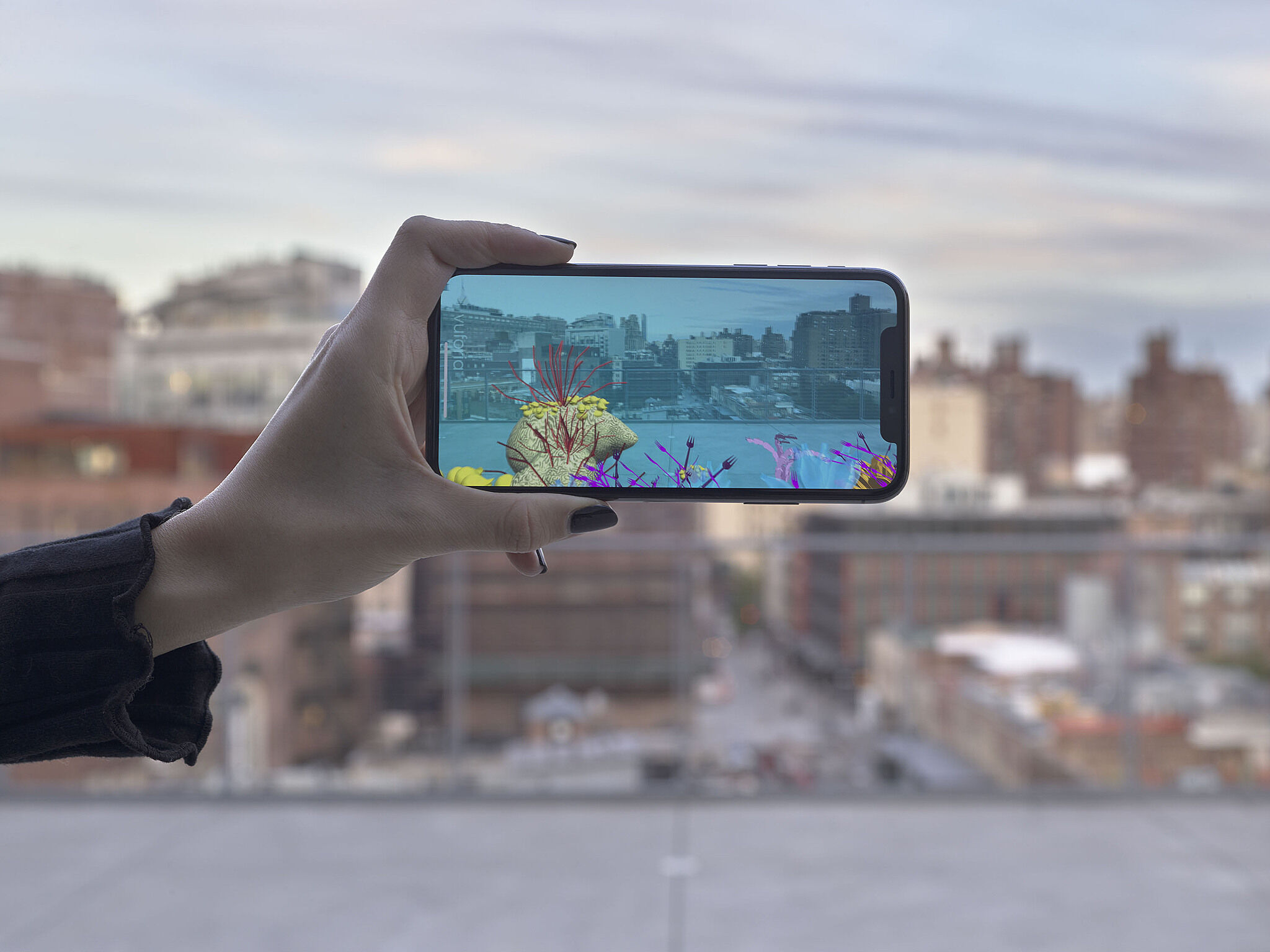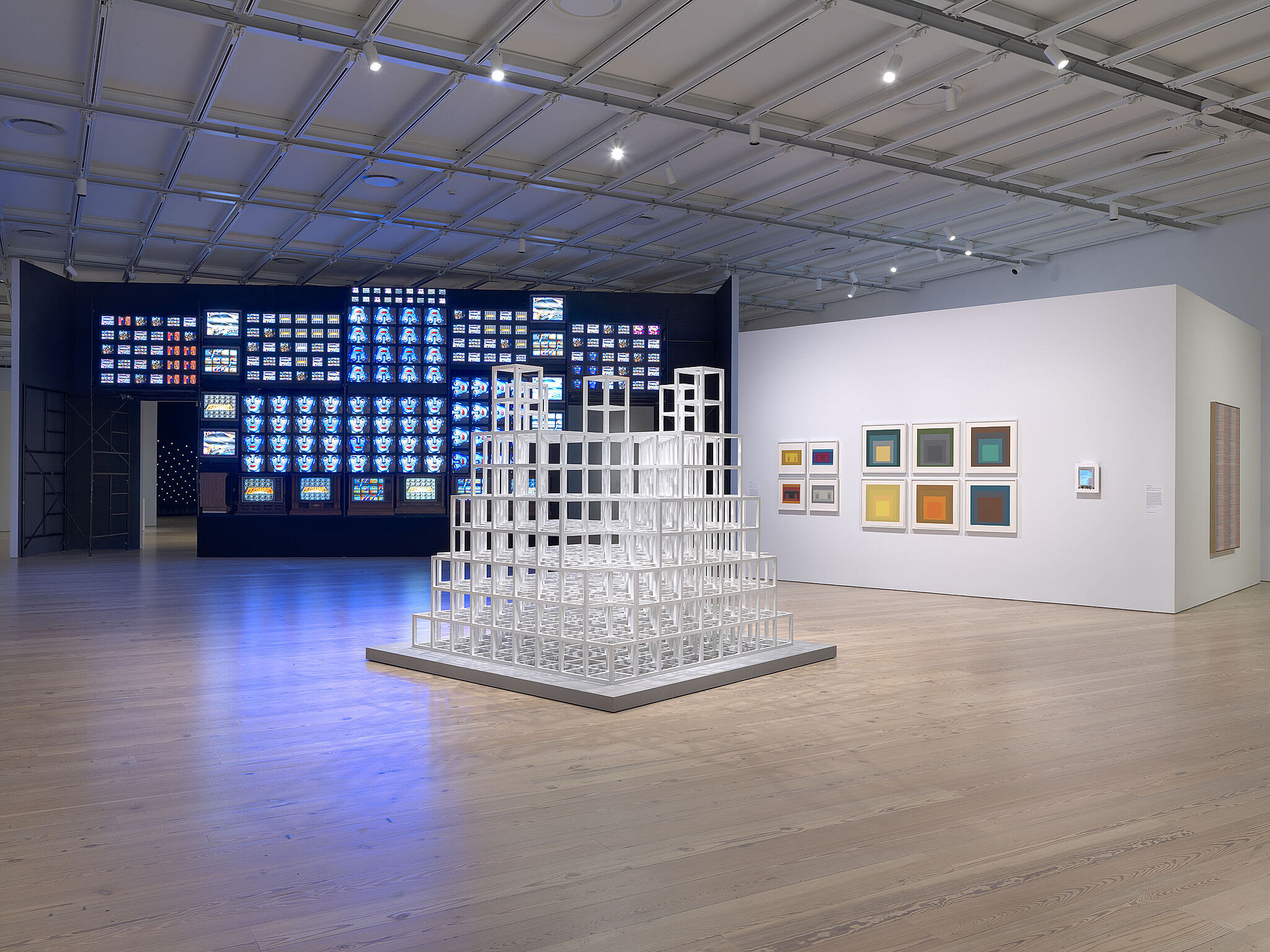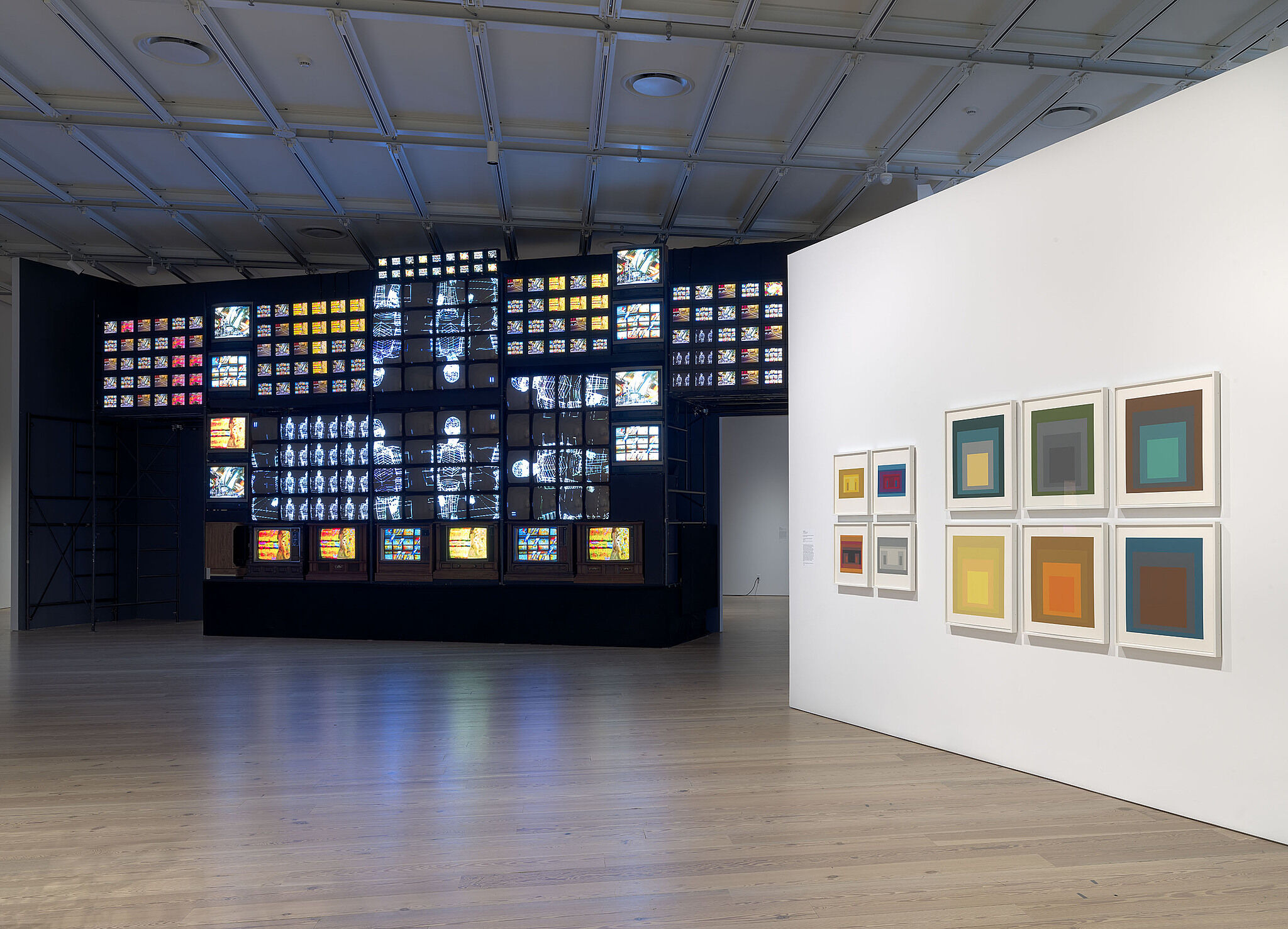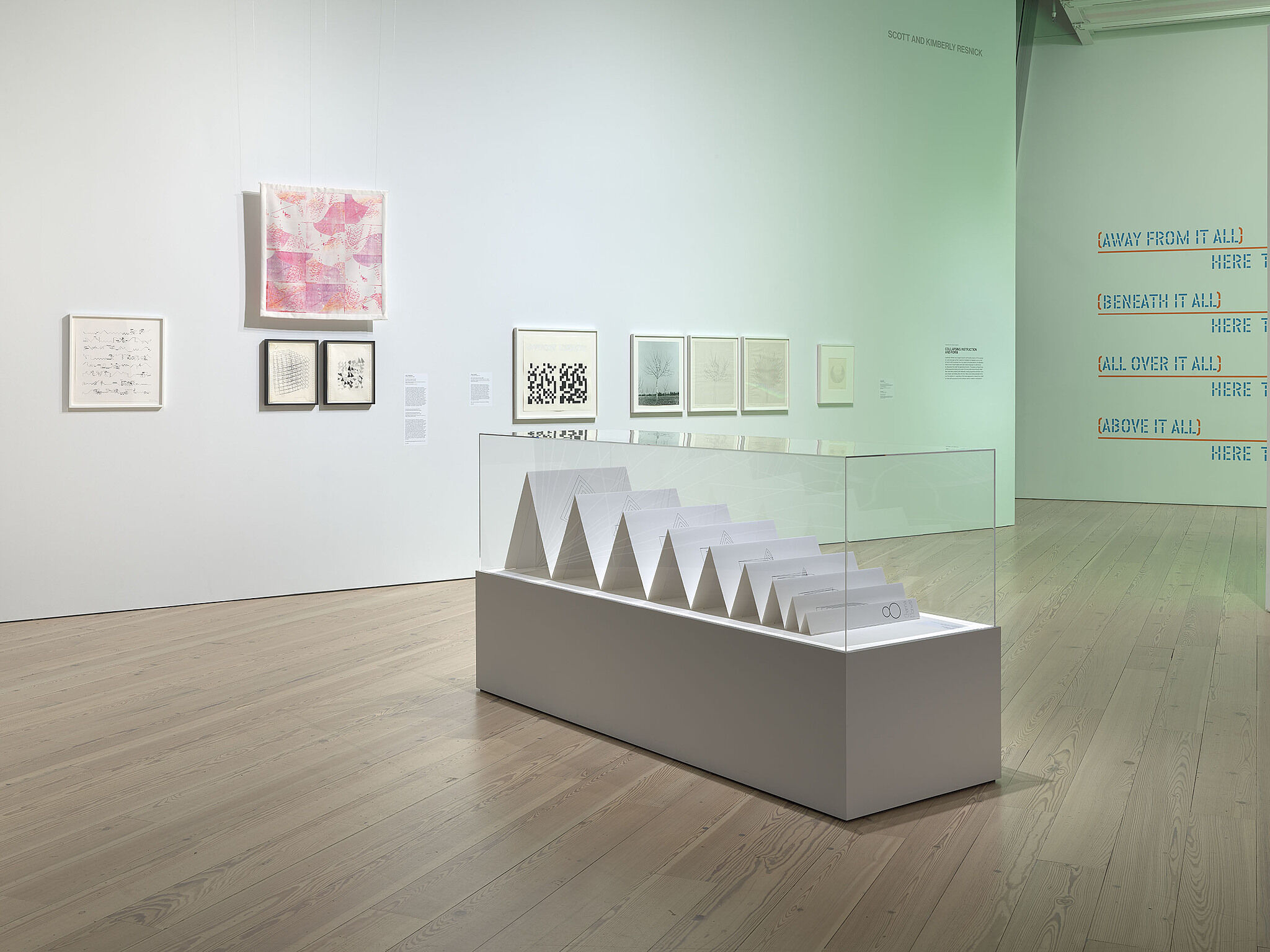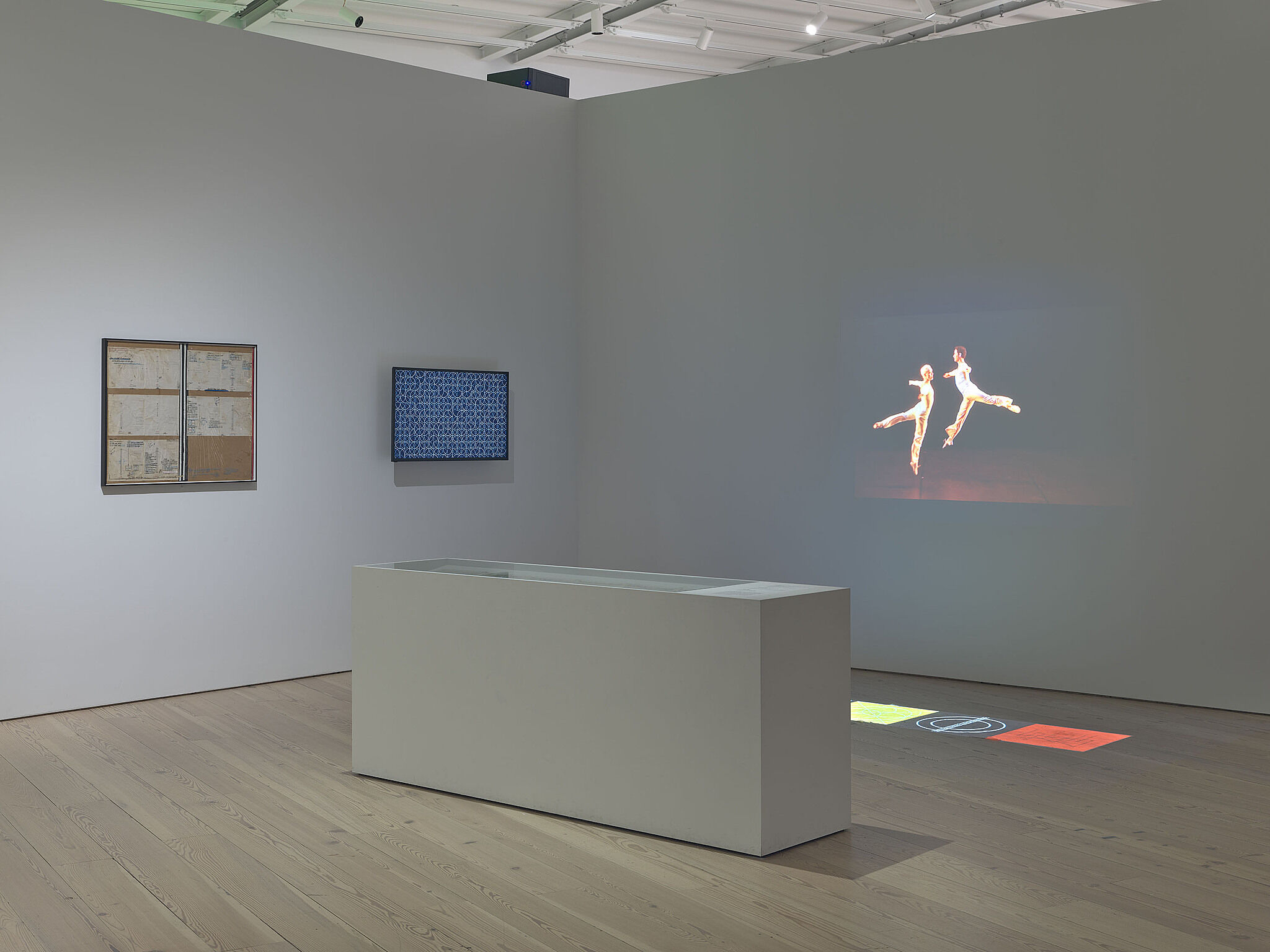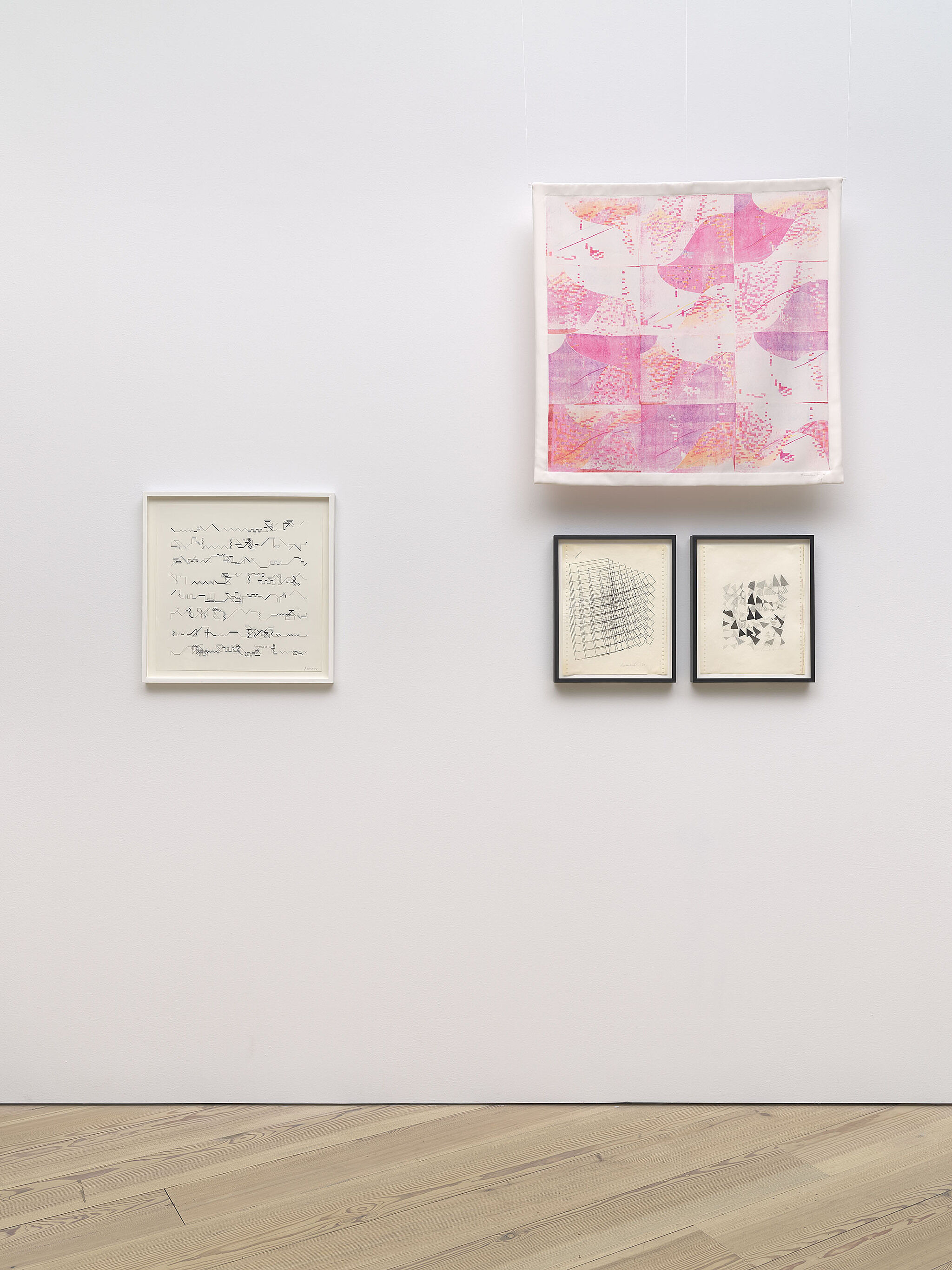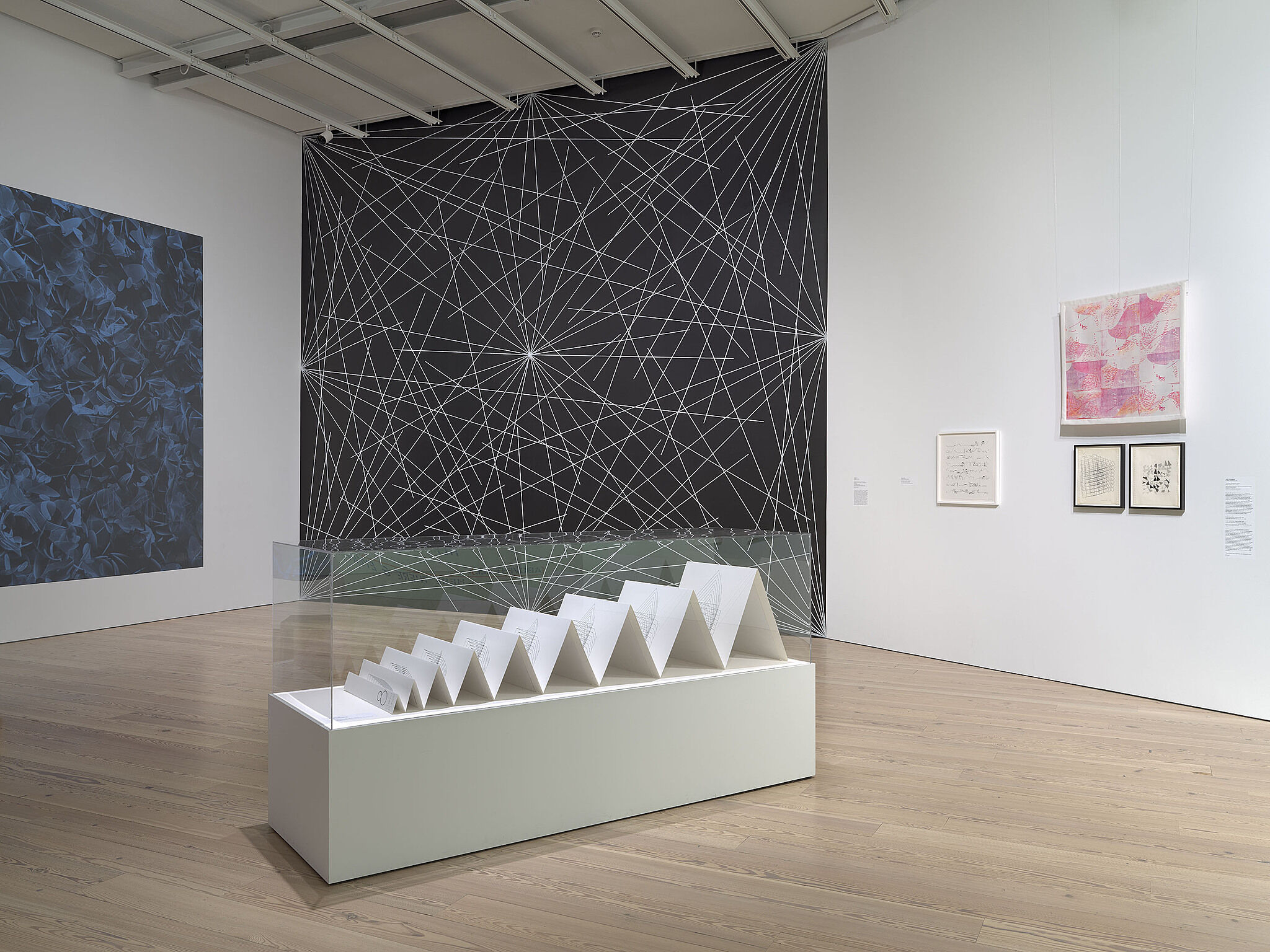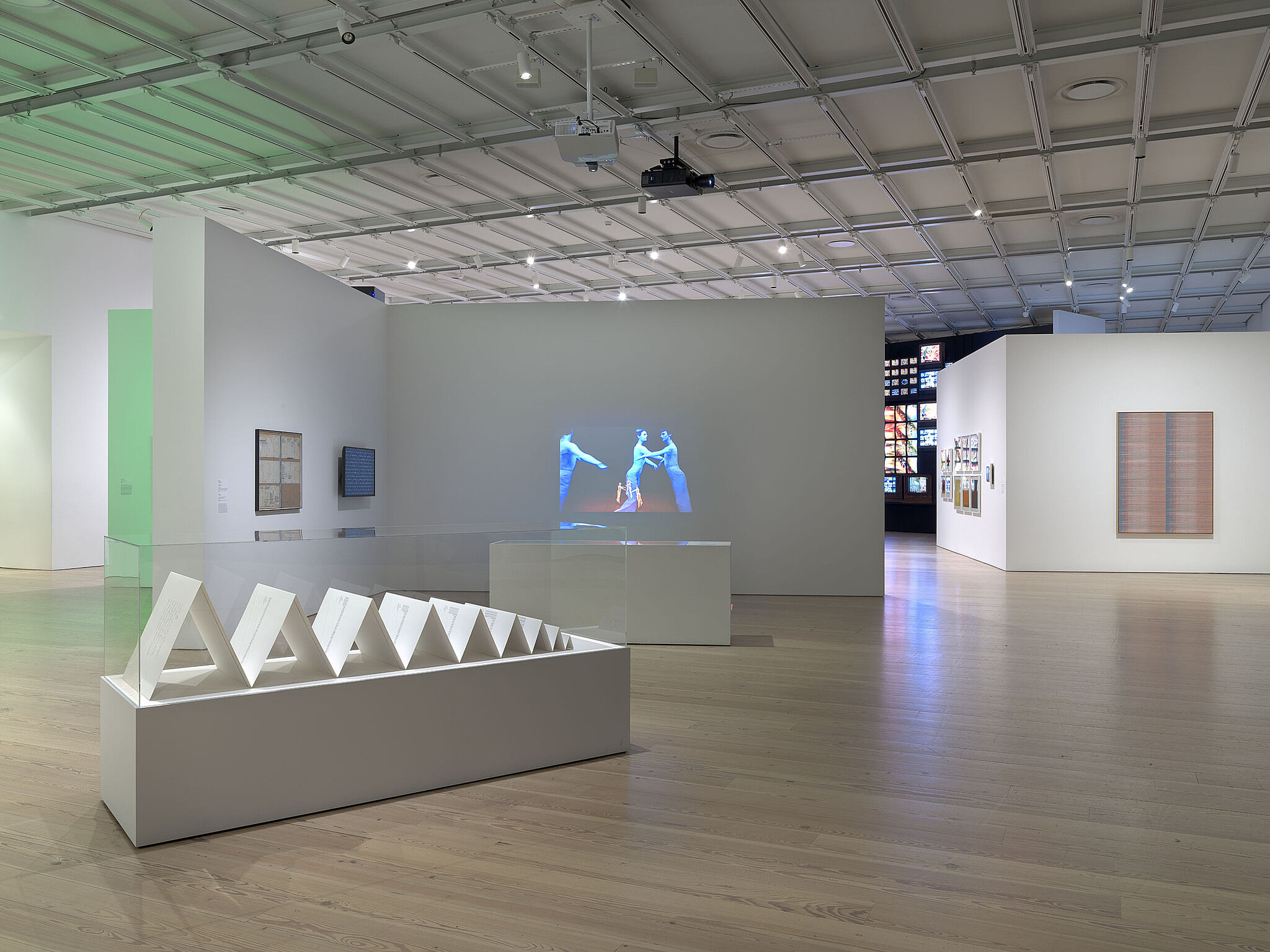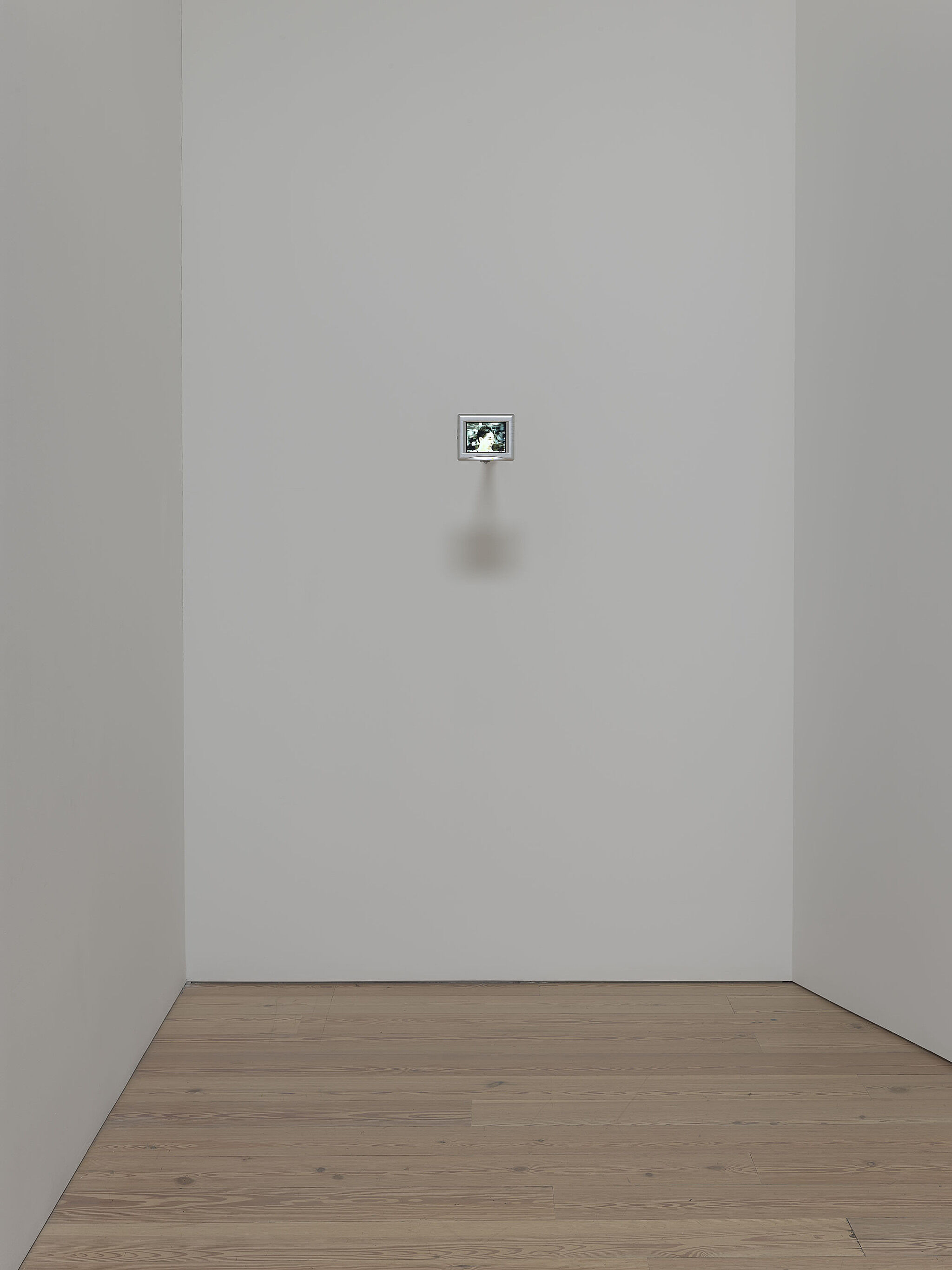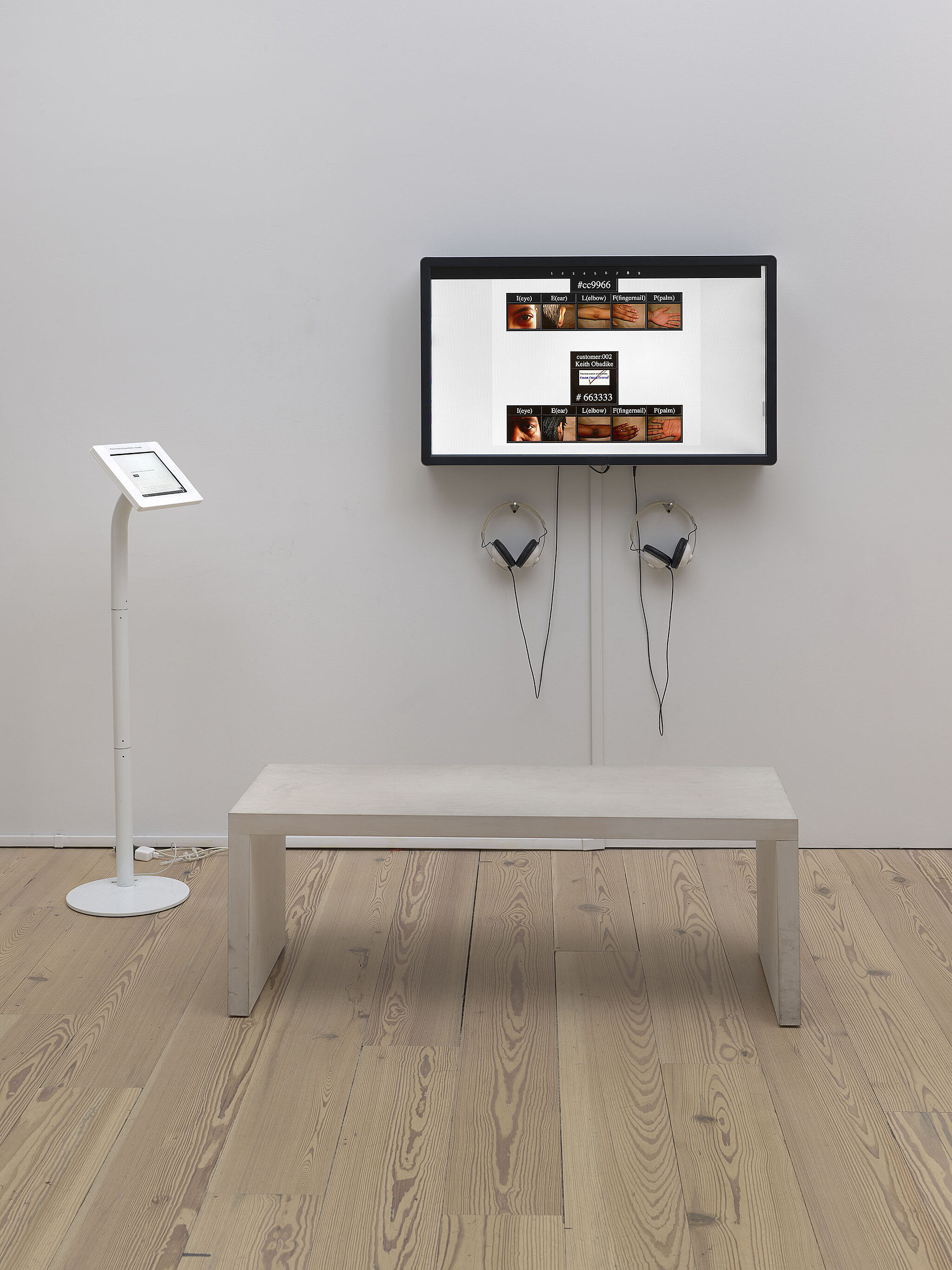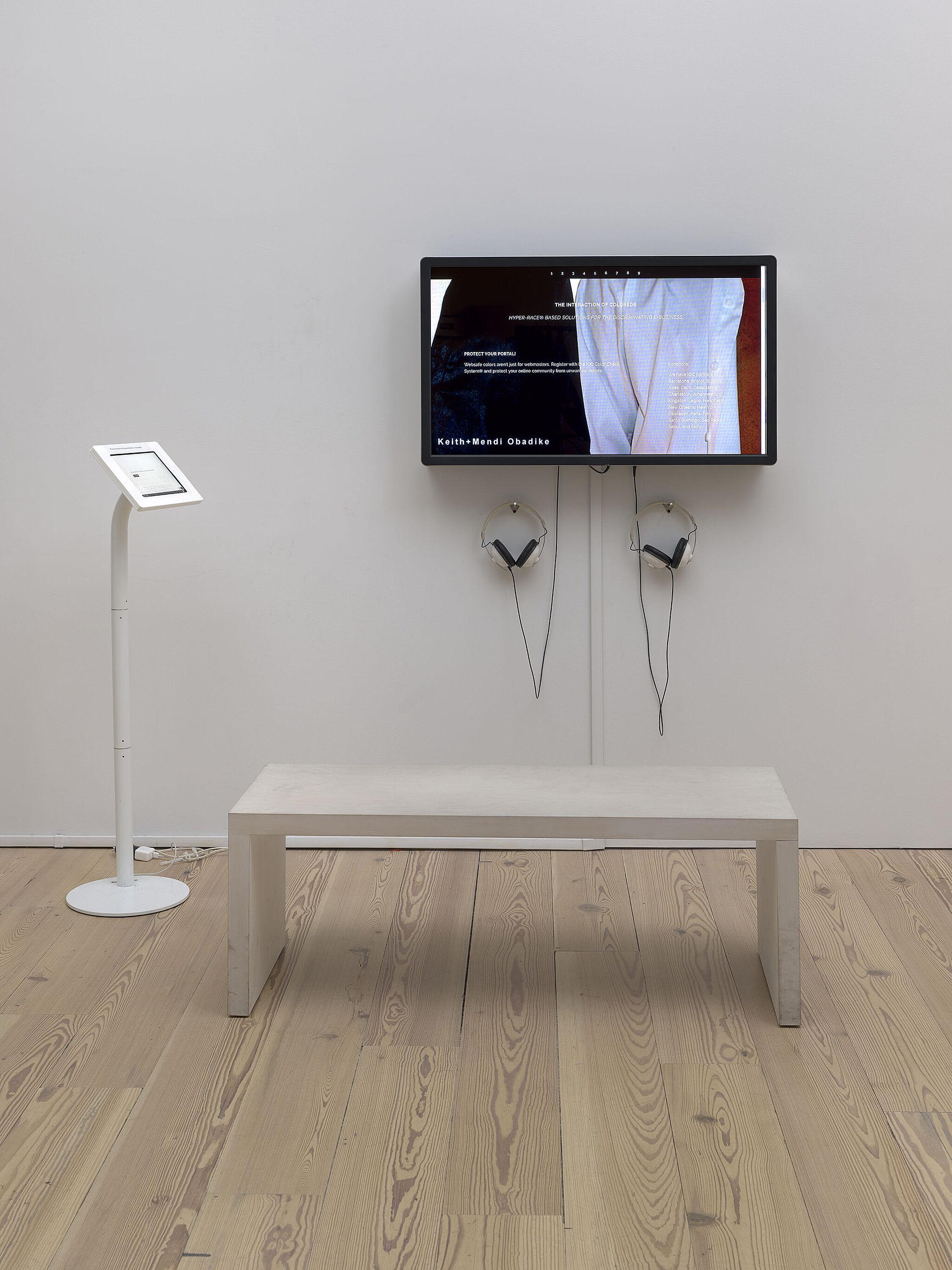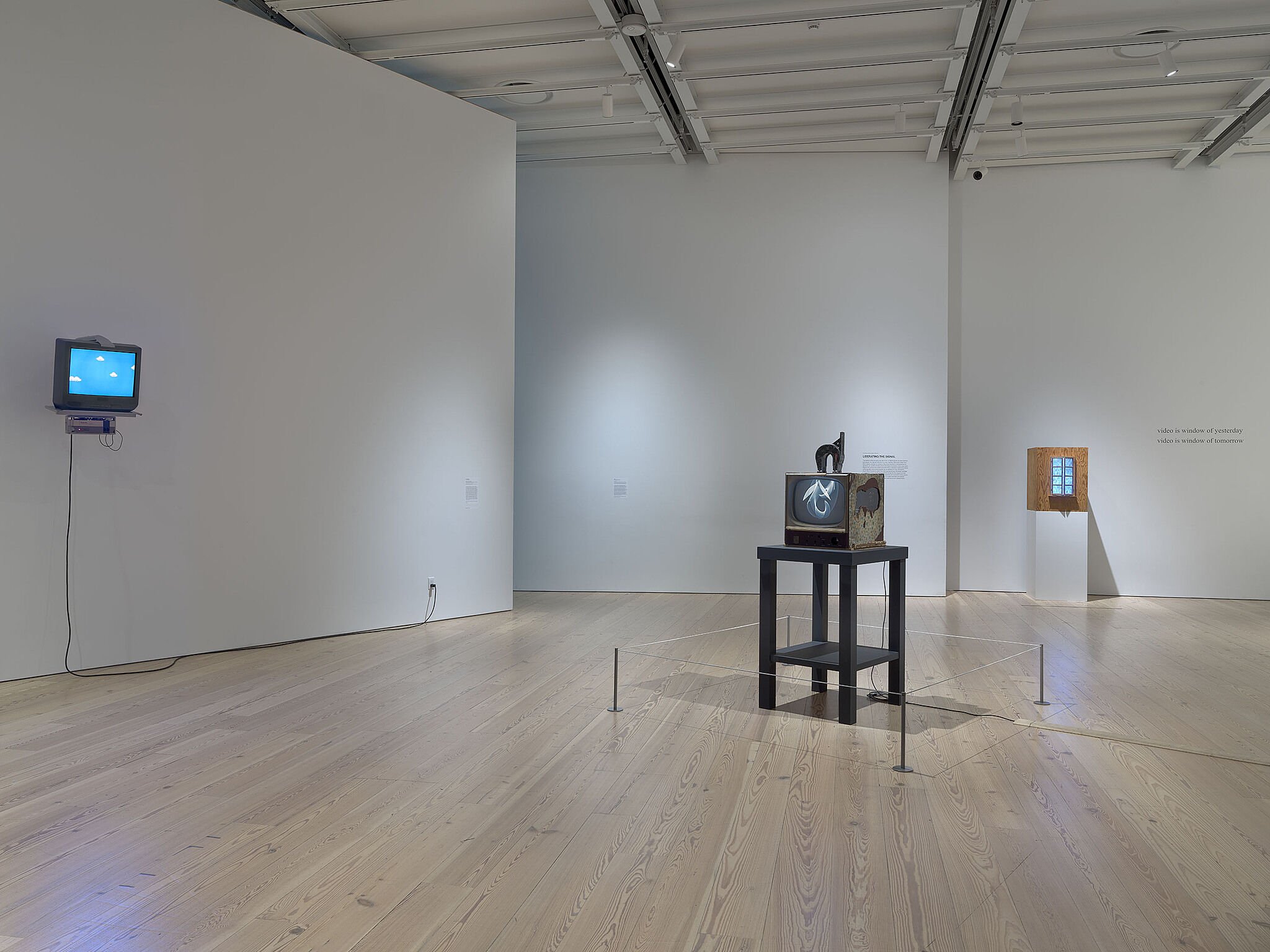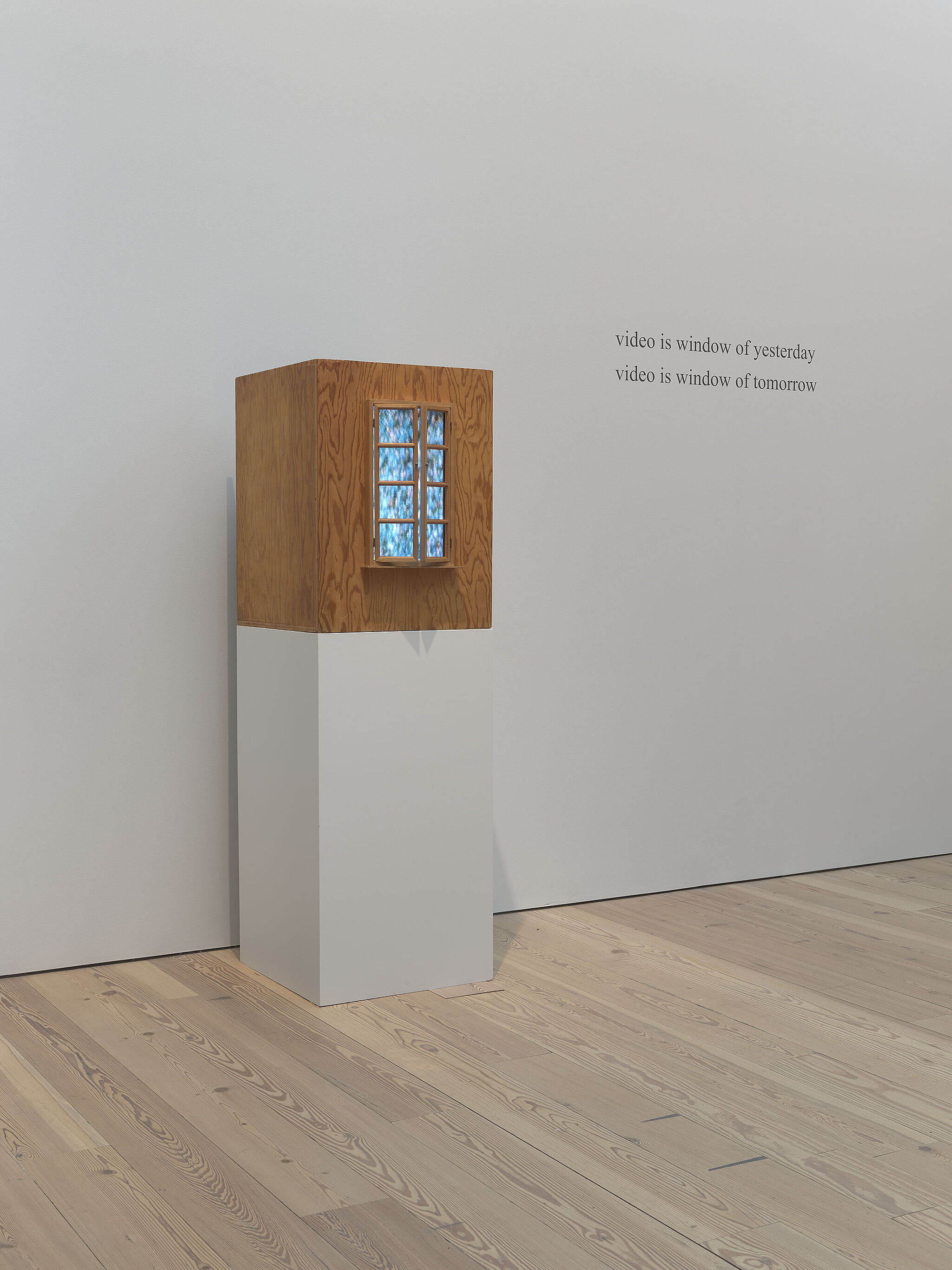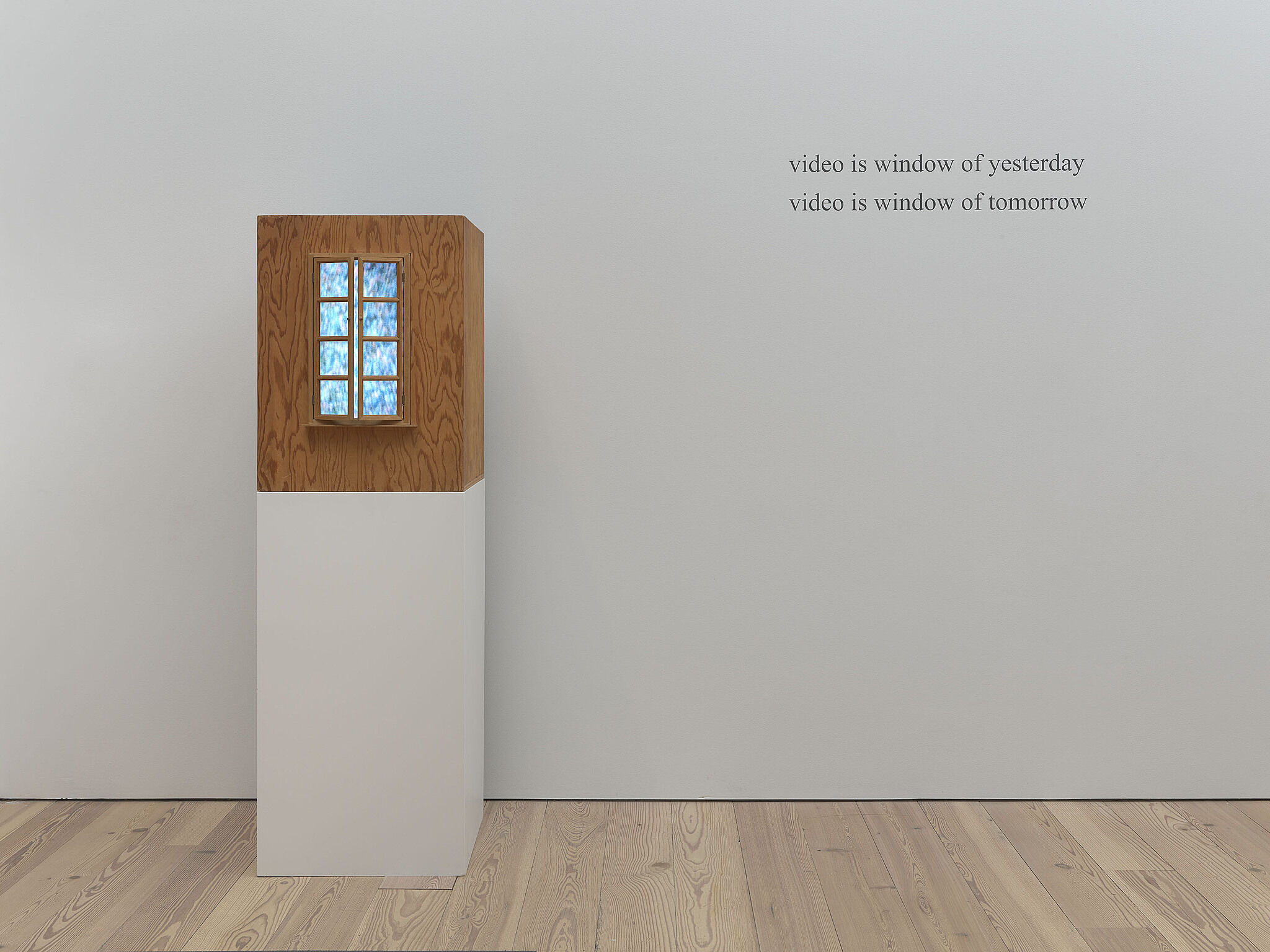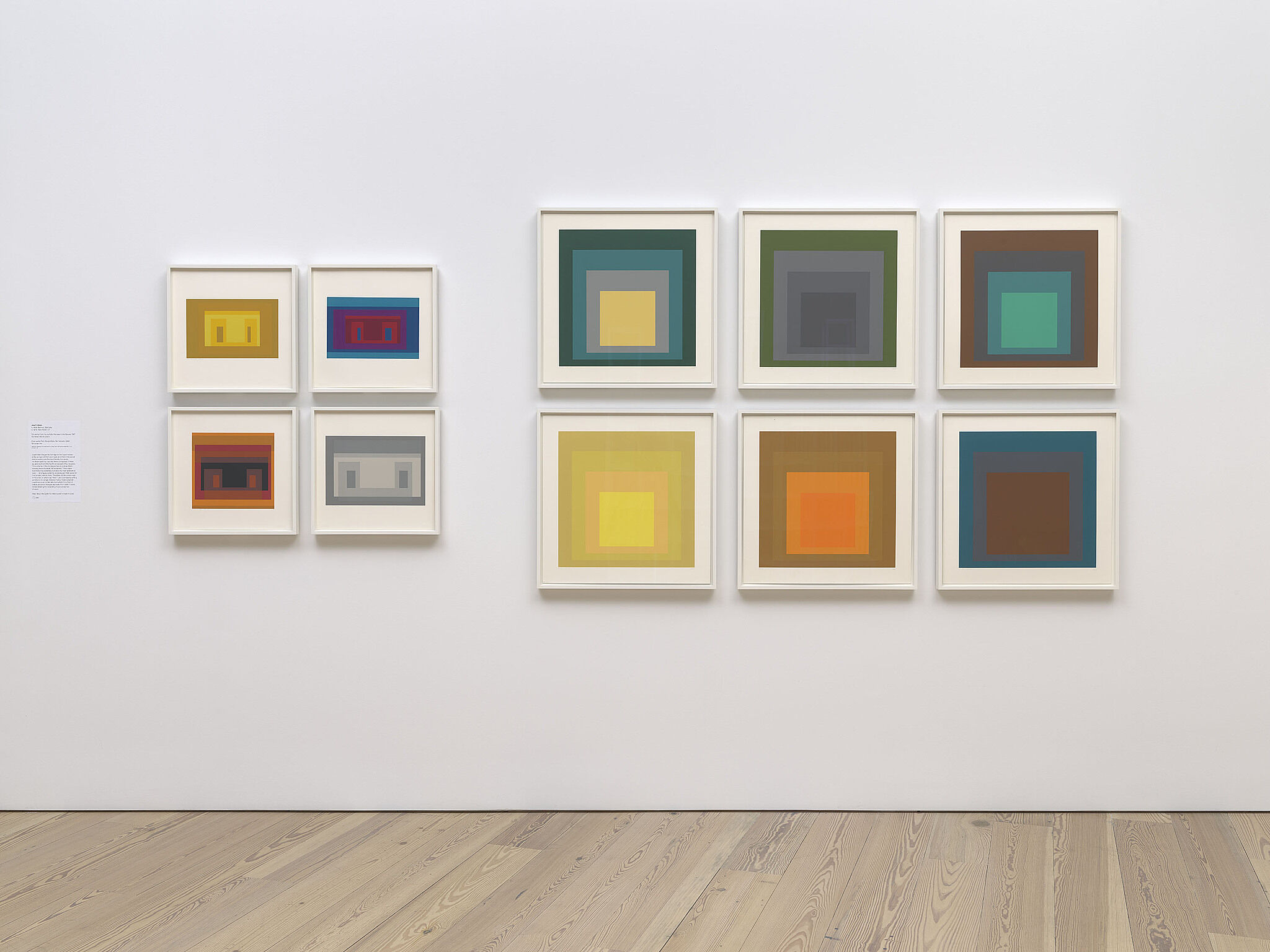Programmed: Rules, Codes, and Choreographies in Art, 1965–2018
Sept 28, 2018–Apr 14, 2019
Programmed: Rules, Codes, and Choreographies in Art, 1965–2018 establishes connections between works of art based on instructions, spanning over fifty years of conceptual, video, and computational art. The pieces in the exhibition are all “programmed” using instructions, sets of rules, and code, but they also address the use of programming in their creation. The exhibition links two strands of artistic exploration: the first examines the program as instructions, rules, and algorithms with a focus on conceptual art practices and their emphasis on ideas as the driving force behind the art; the second strand engages with the use of instructions and algorithms to manipulate the TV program, its apparatus, and signals or image sequences. Featuring works drawn from the Whitney’s collection, Programmed looks back at predecessors of computational art and shows how the ideas addressed in those earlier works have evolved in contemporary artistic practices. At a time when our world is increasingly driven by automated systems, Programmed traces how rules and instructions in art have both responded to and been shaped by technologies, resulting in profound changes to our image culture.
The exhibition is organized by Christiane Paul, Adjunct Curator of Digital Art, and Carol Mancusi-Ungaro, Melva Bucksbaum Associate Director for Conservation and Research, with Clémence White, curatorial assistant.
Please be warned this exhibition includes video and projection with a flashing light effect.
Programmed: Rules, Codes, and Choreographies in Art, 1965–2018 is sponsored by Audi
Major support is provided by the Alfred P. Sloan Foundation.
Generous support is provided by the Carl & Marilynn Thoma Art Foundation, the Korea Foundation and the Jon and Mary Shirley Foundation.
Additional support is provided by Hearst.
In-kind support is provided by the Hakuta Family.

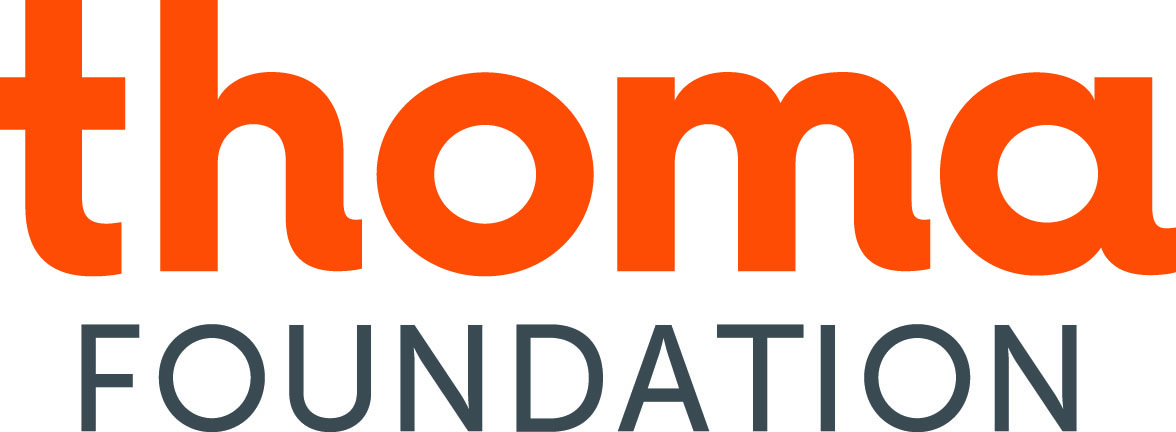
Signal, Sequence, Resolution:
Realities Encoded
6
These artists use programming to adopt a critical stance by underscoring or exposing social, cultural, or political codes. Keith and Mendi Obadike’s project The Interaction of Coloreds, for example, uses a statement by Josef Albers on rules and color as a starting point for exploring how longstanding systems of racial categorization might translate into the digital sphere, specifically how skin color factors into online commerce. Marc Lafia and Fang-Yu Lin’s work reflects on the rules followed by authorities and their resistance while Paul Pfeiffer’s video sculpture addresses cultural and racial identity in sports and Jonah Brucker-Cohen and Katherine Moriwaki’s interactive data visualization explores how Twitter receives and shapes reality television.
Jonah Brucker-Cohen and Katherine Moriwaki, America's Got No Talent, 2012
America’s Got No Talent is a data visualization that chronicles Twitter feeds related to reality-television shows such as American Idol, America’s Got Talent, and America’s Best Dance Crew over the course of a few years. Jonah Brucker-Cohen and Katherine Moriwaki’s project highlights how the shows gain notoriety through social media: it displays when tweets were sent and how much bias was gathered for each program based on retweets from the fans and followers of the shows. Using a horizontal bar graph in the shape of an American flag as an interface for navigation, the project creates a meter for measuring how the success of television shows is linked to their social media exposure. America’s Got No Talent reveals how networked communication affects both TV programming and popular opinion. The artists connect the internet and the culture of TV.
Learn more about America’s Got No Talent, and download a version here.
Artists
- Josef Albers
- Cory Arcangel
- Tauba Auerbach
- Jonah Brucker-Cohen
- Jim Campbell
- Ian Cheng
- Lucinda Childs
- Charles Csuri
- Agnes Denes
- Alex Dodge
- Charles Gaines
- Philip Glass
- Frederick Hammersley
- Channa Horwitz
- Donald Judd
- Joseph Kosuth
- Shigeko Kubota
- Marc Lafia
- Barbara Lattanzi
- Lynn Hershman Leeson
- Sol LeWitt
- Fang-yu Lin
- Manfred Mohr
- Katherine Moriwaki
- Mendi + Keith Obadike
- Nam June Paik
- William Bradford Paley
- Paul Pfeiffer
- Casey Reas
- Earl Reiback
- Rafaël Rozendaal
- Lillian Schwartz
- James L. Seawright
- John F. Simon Jr.
- Steina
- Mika Tajima
- Tamiko Thiel
- Cheyney Thompson
- Joan Truckenbrod
- Siebren Versteeg
- Lawrence Weiner
Events
View all-
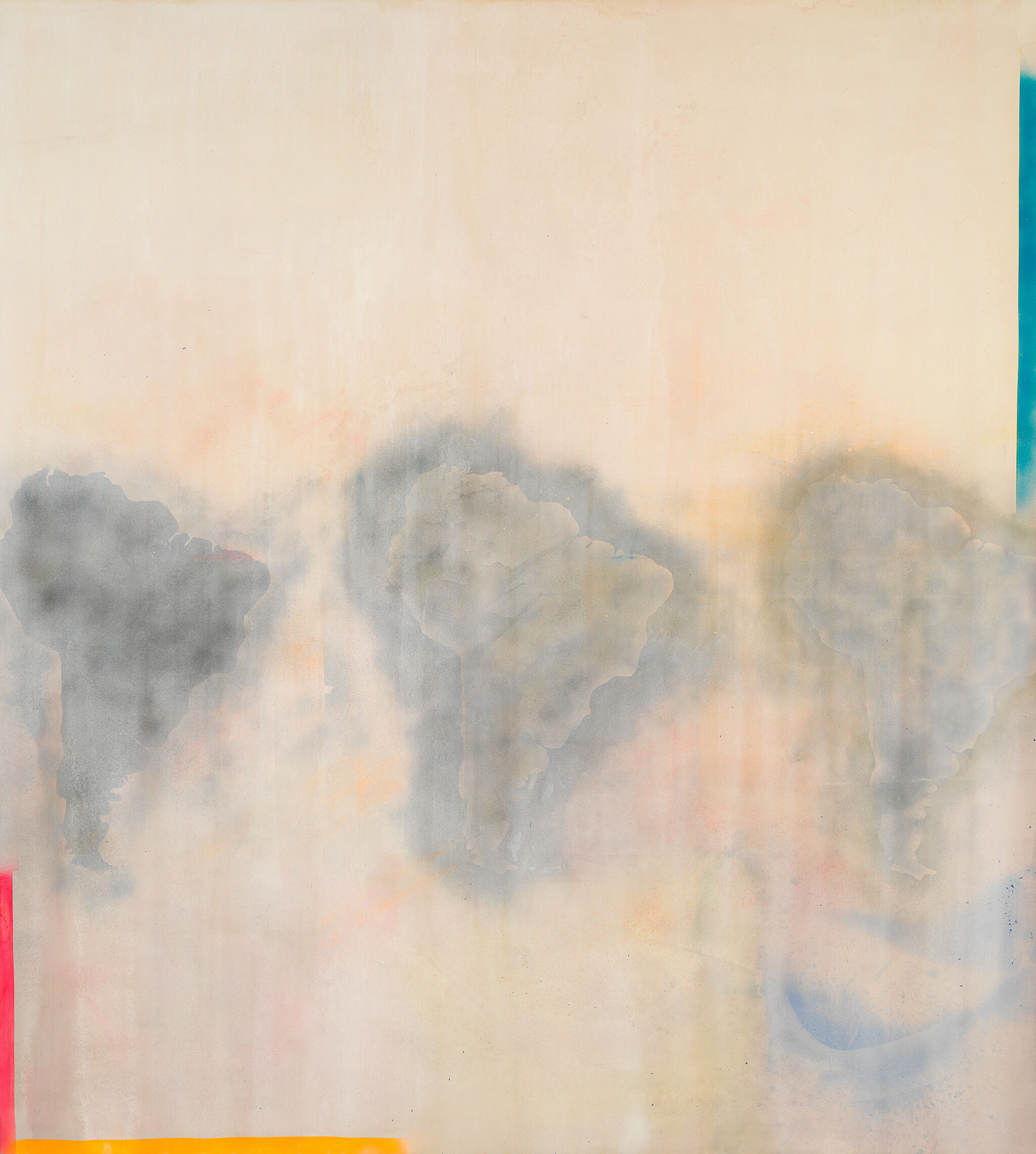
Ethics of Looking
Repeats
Saturday, April 27, 2019
4:30 pm -
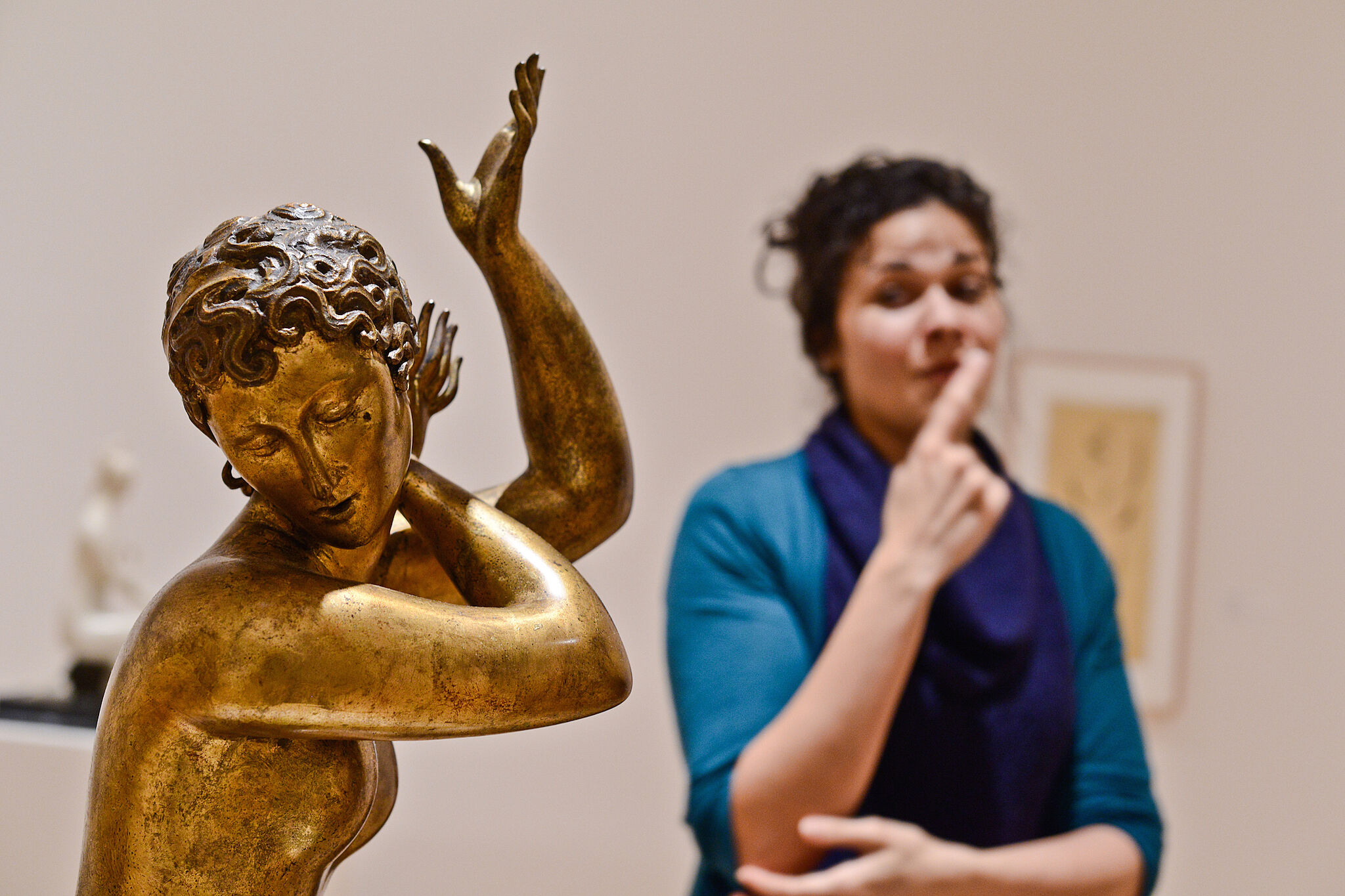
Whitney Signs: Programmed: Rules, Codes, and Choreographies in Art, 1965–2018
Saturday, April 6, 2019
4–6 pm -
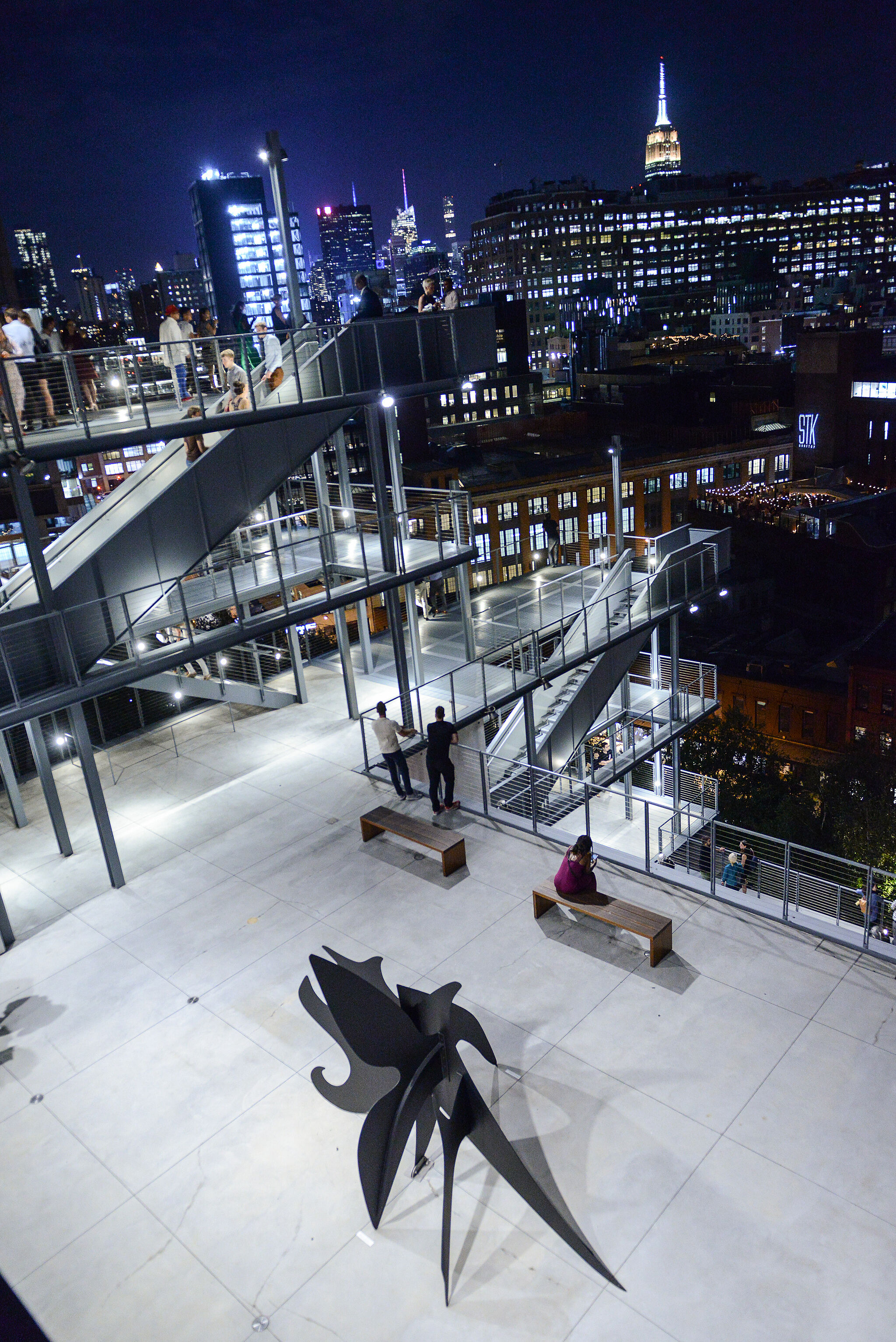
Member Night
Thursday, March 28, 2019
7:30–10 pm -
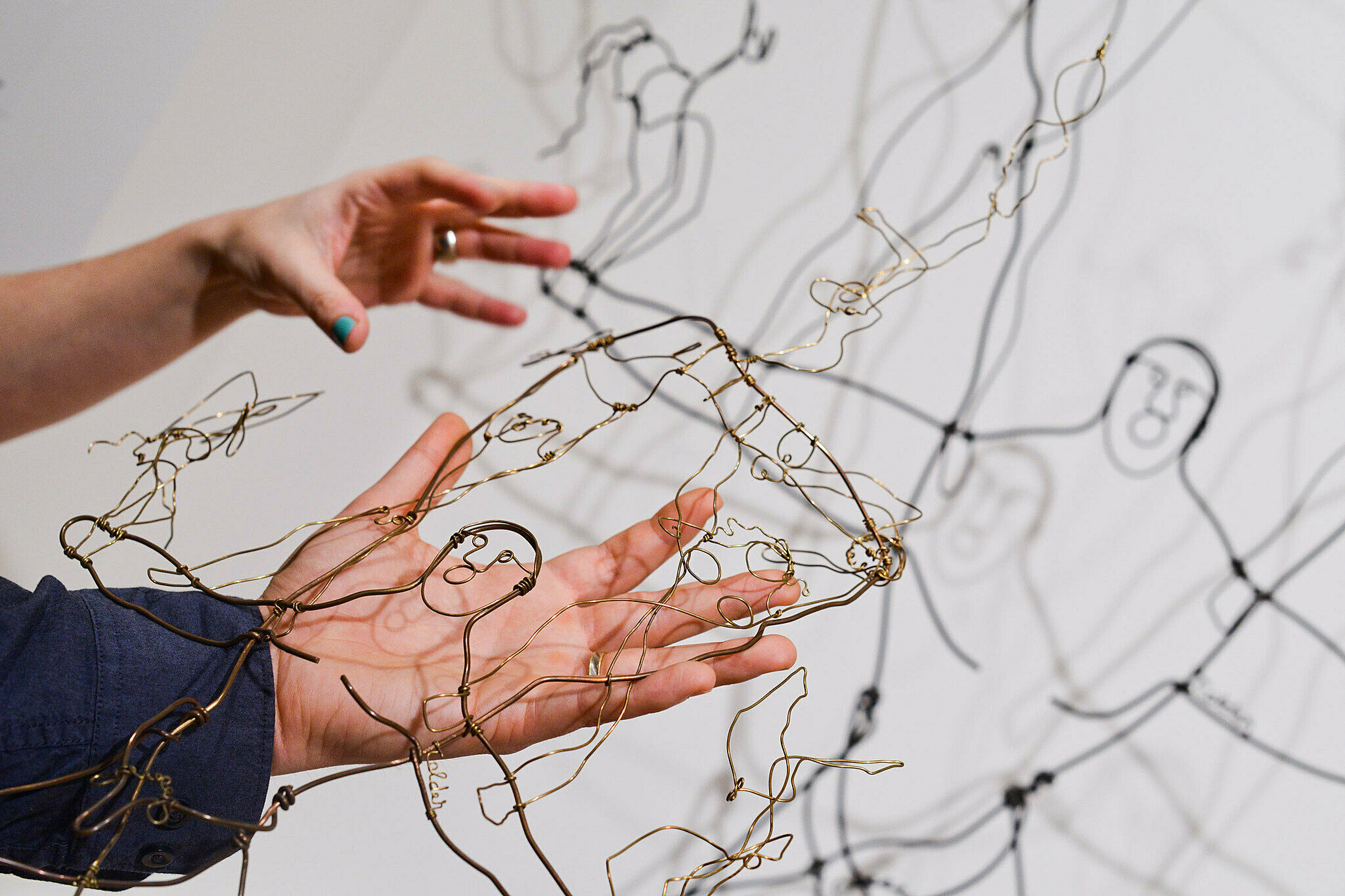
Verbal Description and Touch Tour: Programmed: Rules, Codes, and Choreographies in Art, 1965–2018
Friday, March 22, 2019
10–11:30 am
Mobile guides
“The hope was for me as an artist to lose control, and to have my control exist at the level of setting up the experiment.” —Ian Cheng
Hear directly from artists and curators on selected works from Programmed: Rules, Codes, and Choreographies in Art, 1965–2018.
Explore works from this exhibition
in the Whitney's collection
View 67 works
In the News
"How Artists Made Code Their Paintbrush"
—Science Friday
"Tamiko Thiel’s 'Unexpected Growth' is an augmented reality installation on the future of oceans and climate change."
—Hyperallergic
"The exhibit uses the Whitney’s own collection to explore how computational art has evolved and changed over the decades based on technology."
—Smithsonian
"Is a particularly urgent, relevant exhibition and a perfect setting in which to consider some of the most pressing questions of our time.”
—Sotheby’s Museum Network
"Programmed explores the limits of code-based art, looking at past generations of computational art and illustrating how the ideas of earlier works have developed to form new contemporary styles.”
—SVA NYC
“From early mathematical works, to Generative art, to digital art in a variety of media, the works in Programmed take many forms.”
—Art and Object
"Artists play and experiment with algorithms and technology, working within limits but achieving effects greater than the sum of their codes or instructions. The duality at play in this exhibition is as separable as the wave and particle natures of light. To recognize only one explanation would be reductive; to see both is beautiful.”
—Scientific American
“Paik captured both the allure and the futility of following events that happen so quickly they don't register before they're outdated.”
—Forbes


